This article was last updated on: October 2018
This North Korea article is kind of long and thus is divided into seven (7) parts. You are about to start reading part one (1). Choose here any other part you may want to go to: | Two (2) | Three (3) | Four (4) | Five (5) | Six (6) | Seven (7) |
I have always been curious about the entire world, including the places and things that are not “correct”, “good”, or “desirable” in the culture and place where I live.
Here for instance people are always all over Miami and Airbus, which is pretty good -your god knows how much I like both things in certain contexts-.
But it occurs to very few people to have a look at other “weird” Aeroplanes. Or at places such as North Korea, the Middle East, Iran, or the countries of the ex-iron curtain (especially those in Central Asia). Many do not even know they exist.
I suppose that things are this way in part due to political influence as it’s no secret how tied Colombia is to the United States in politics and culture. And in part, because whatever little the local mass media speak about those places is always something bad, more or less the same thing foreign mass media does with Colombia.
So there you will understand, my fellow Colombians, how wrong that is, even if the few things they broadcast are not necessarily outright lies.
Indeed, all the shit in the world happens in Colombia, but it’s not the only thing going on. The same thing happens with the rest of the countries.
I guess another part of this could be linked to a lack of curiosity, something present in a lot of people here. They don’t make any effort to see beyond what is said to them or what their eyes can see.
The situation of Colombia being close culturally with the United States does not seem like a bad thing to me. I don’t have anything against the United States or the West in general.
But I have been curious about the rest of the world. To know it, to have a first-hand account of how things are, and form my own opinions of things within the limits of my own ignorance and the resources I have at hand.
Within that context, something I had always wanted to do was going to North Korea before there is a nuclear war and the country stops existing altogether, and all of us with it. And be able to see one of the few countries remaining of a past world, a world that did not even exist for me because when communism in general disappeared I was but a toddler with no awareness of those things.
The only things that I have from that world, that causes so much curiosity in me (not so much affinity) are videos and books. And of course, the few remaining territories that have that kind of ideology or way of life.
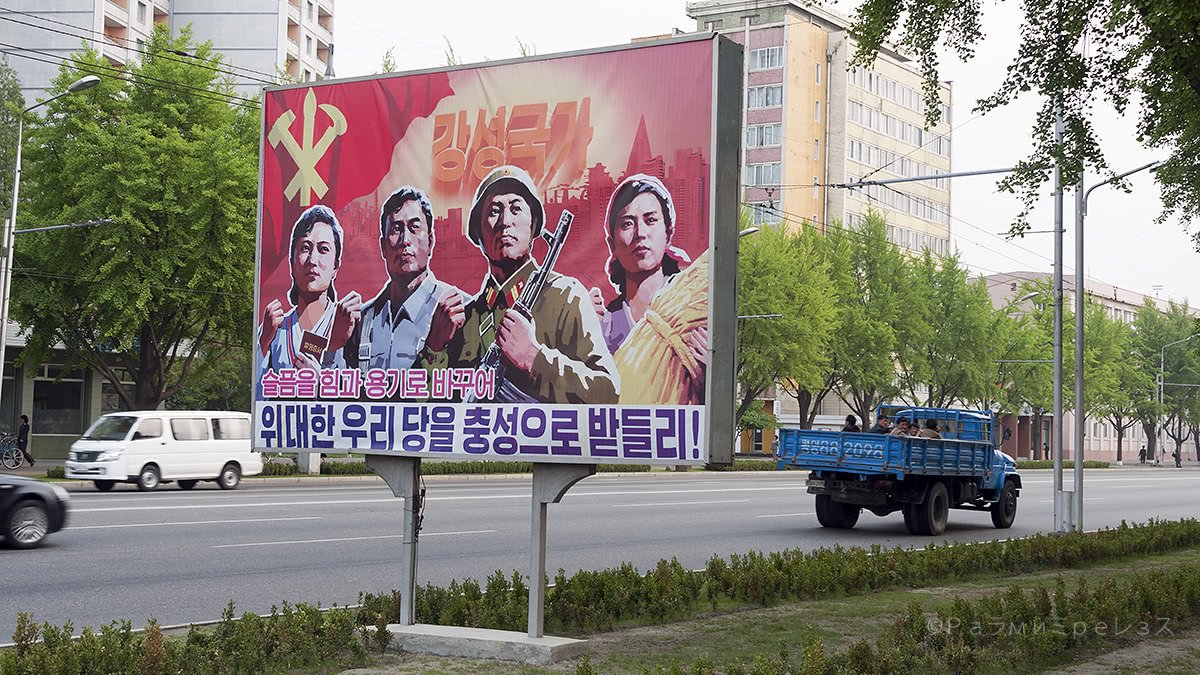
On top of that, I have always admired Soviet/Russian/Ukrainian Aviation.
At this moment, the majority are also Aeroplanes from times gone by, since most development stalled with the disappearance of the Soviet Union.
Western Aeroplanes from the United States, Canada, Europe, among others, currently are ahead in their technology, operating economy and reliability. But not in their safety if maintenance is done as it should.
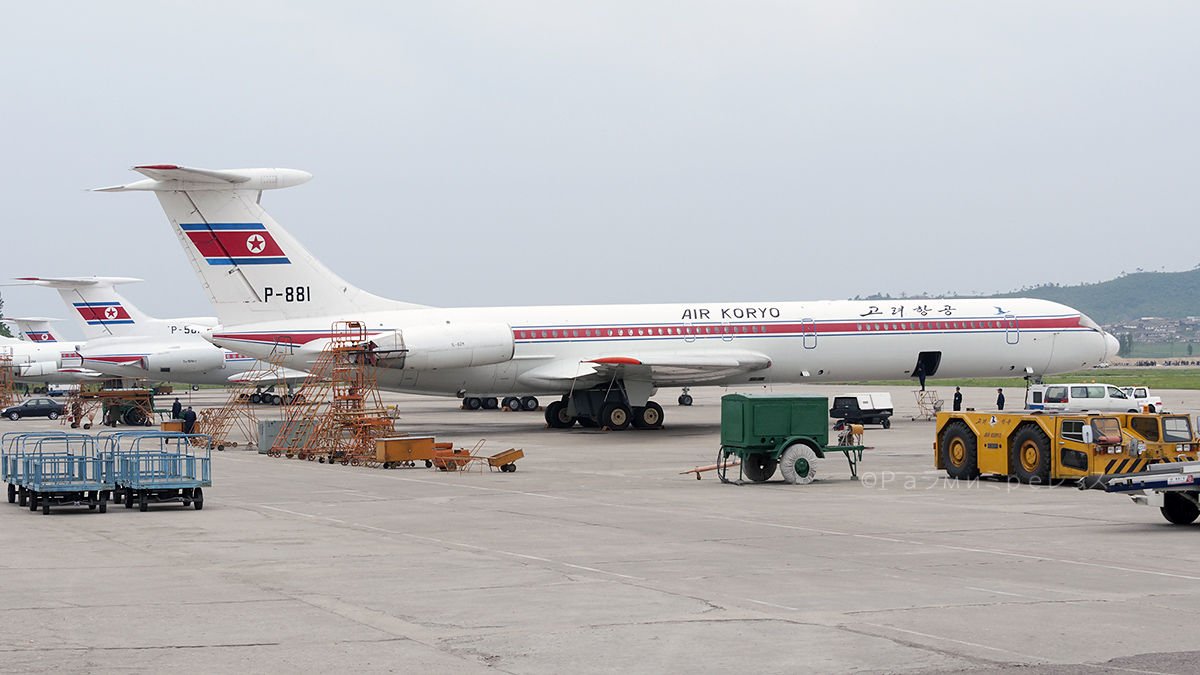
These kinds of Aeroplanes are not very popular in the Aviation community where I live. In part because of that distrust they have for anything that comes from “over there”, many times without any kind of technical argument.
In this time and age, I will not argue that from a commercial point of view an Airbus A350-900 is way much more viable, efficient and reliable than say an Ilyushin Il-86.
But here we’re talking about enthusiasm and admiration for things in their most pure Aviation core, and putting them in their own time and age and what they represented in that context. Not from the perspective of a modern airline’s accountant.
There are also some people who think they’re ugly Aeroplanes, but I won’t even go there, in part because for me ALL Aeroplanes are beautiful (small detail). Some more so than others, yes, but still all of them beautiful.
Some people still live in a cold war after so many years have passed, but in this, I declare myself Sweden.
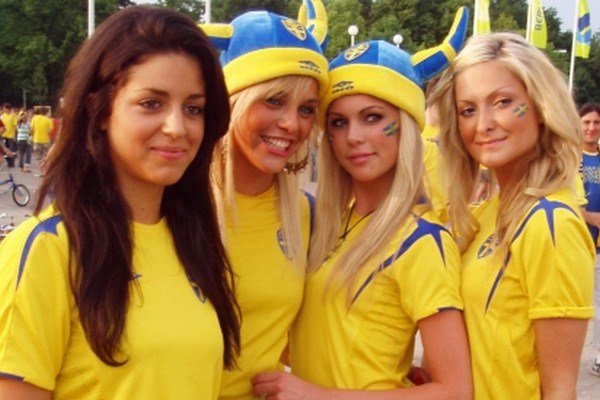
Karim H.
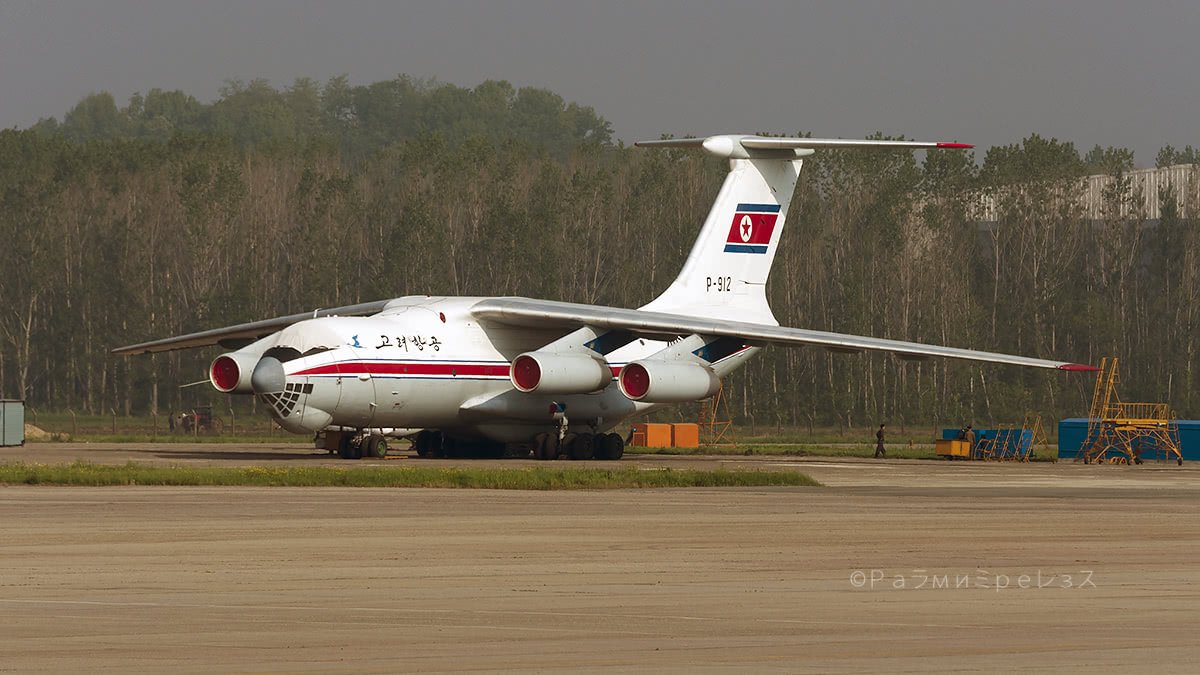
North Korea is one of the most isolated countries worldwide nowadays. And as a consequence of this, the country has very peculiar conditions in almost all the fields of daily life.
Aviation of course is no stranger to this. It affords the interested person with opportunities that almost no other place in the world provides. Mostly about the types of Aeroplanes that can be flown there and the way operations take place.
Nowadays they operate somehow modern Aeroplanes like the Antonov An-148 and the Tupolev Tu-204. But it’s still possible to fly, at the time of writing this, in Airplanes that have been operating for many many years, as they continue to do so in conjunction with the newer ones.
Airplanes that are being phased out from commercial services, even in Russia and Ukraine (their birth places back in the times of the Soviet Union).
Those old and forsaken Airplanes, precisely, are endearing to my eyes and heart.
First, let’s have some context of the country just in case all you do is watch Geordie Shore and don’t have the slightest idea (that’s not a sin, relax).
Let’s see, in the beginning, it was all chaos… just kidding, I won’t go all the way there. Korea was more or less a homogeneous kingdom until 1910. In that year, Japan annexed them in the imperialist context of the times.
Some treaties from 1905 and 1907 were already in place. Those treaties deprived Korea of sovereignty and the management of internal matters. But full annexation didn’t happen until 1910.
Well, it isn’t that simple. The Korea that existed in 1910 was the product of so many wars and so many kingdoms (Silla, Goryeo, Baekje…) that existed since history began to be written up until that time.
But by that year they were a more or less homogeneous territory. With established customs and language, and other details of that kind.
In 1910, the Japanese in their expansionist drive of the moment annexed Korea to their empire. And how wouldn’t they, after all, Korea was quite close and full of riches in resources and people.
So, Korea existed annexed to the empire Japan from 1910 until 1945, when Japan was defeated in the end of World War II.
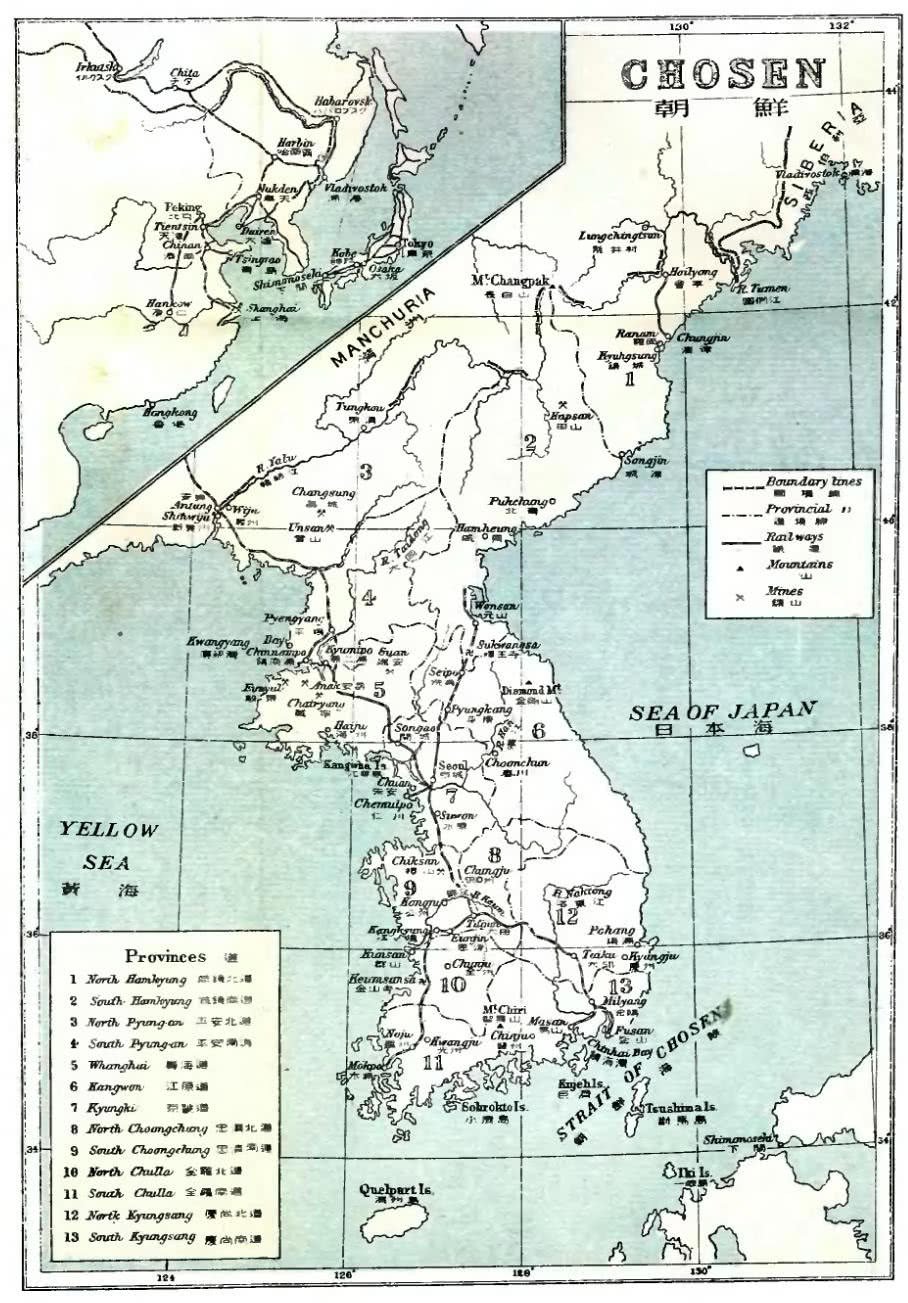
Chōsen Ginkō; Hoshino, Tokuji, comp.
All the discussions between the allies on the new world order possibilities after the war included the return of full sovereignty to Korea.
They had been able to keep their culture and language despite the situation they had endured.
All this was agreed upon in 1943 in the Cairo declaration. They were going to be a fully independent country, and they were going to rule themselves.

National Diet, Japan.
But in the immediate aftermath of the war things between the United States and the Soviet Union heated up pretty ugly.
Distrust was the order of the day, and it was clear that the camaraderie they had shared due to the circumstances of war was going to be no more.
They had VERY different ideologies. The two mega-powers had left the war a victor, and the head-on train crash didn’t take long to materialise and remained all the way to 1991 -or up to our days?-.
The initial plan was, again, for a single sovereign Korea. But since the victorious powers in charge of arranging the whole thing after the war ended were in disarray, that plan did not come to fruition.
The whole history of how things happened is pretty interesting and extensive. And while I don’t claim to know it all (I wish mate, I wish), things happened more or less like this:
A Korean faction that had seen some anti-Japanese action, and had an affinity for the Soviet Union and its ideology came to its senses and said:
-“Mate, stuff’s messy and uncertain! Let’s conquer the whole peninsula right away and let it be a sovereign and united Korea, and very veeeery red”.
That was in 1950.
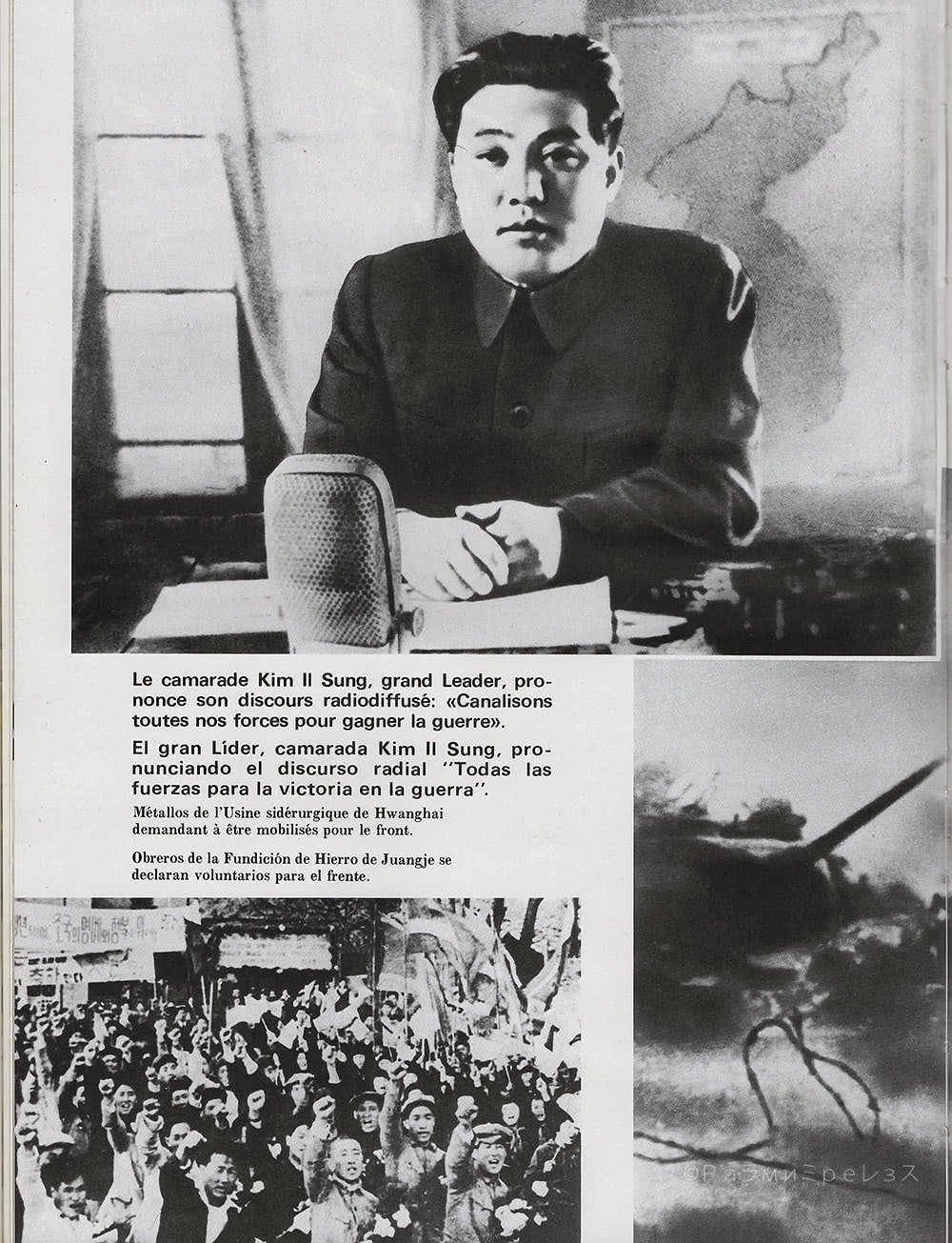
Ramírez.
After much discussion, the invasion started, and they were doing veeeery good in the beginning. So much so that they conquered almost all the territory stopping short of Busan to the south, which to our days is South Korea’s second city, and Jeju Island.
The commander of that faction was Kim Il-Sung, who later would become North Korea’s first leader. South Korea’s first leader name was Syngman Rhee.
The West worried when they saw this and when they noticed how the south’s forces were being beaten. They realised that it would mean a wholly communist Korean peninsula, so they decided to get in the fray under the United Nations guise (of course).
So they put together a battle contingent. Led by the United States and comprised of countries such as Colombia and the United Kingdom (among others) and they went all gung-ho to fight over there.
Yes, as you read it, Colombian soldiers of the time ended up there in Korea shooting their guns for that cause. A cause that was pretty far from defending Titiribi from the Bolivian invasion.
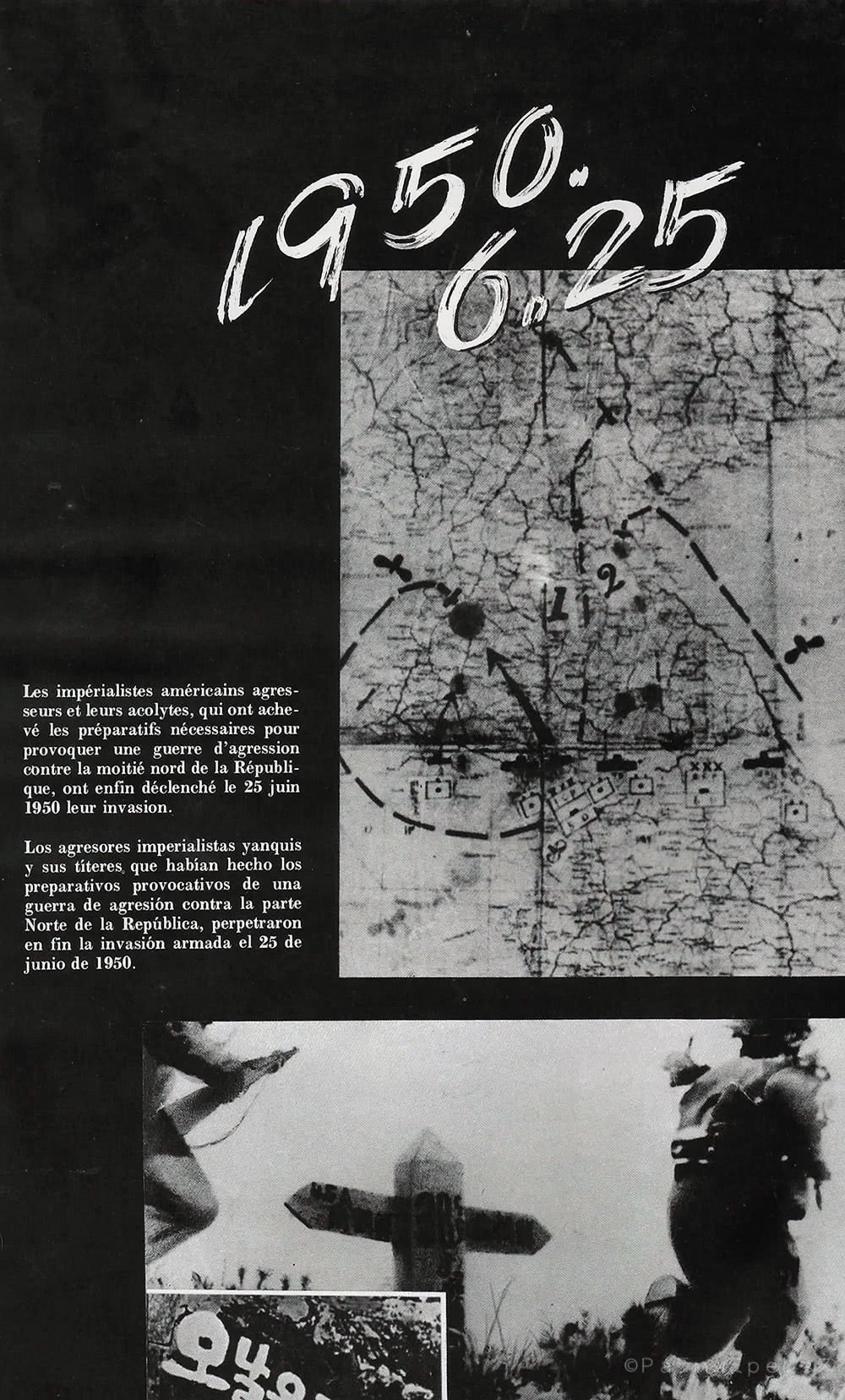
Ramírez.
They went to the war all in a G.I Joe-y fashion and made the north retreat quite a lot, so much so that things at some point were looking pretty positive for the southern forces. There were dreams of a unified Korea peninsula, but this time bluey-blue, zero communism.
At that point, China, which had been ruled by communists for a VERY little time before this war (the People’s Republic of China dates from 1949, when Mao Zedong and his forces defeated Chiang Kai Shek and the Kuomintang. Chiang Kai Shek then went to Taiwan creating another geopolitical problem that remains to our days), saw what was happening with the same worry that the west had seen the former events and said:
-“Well fuck it! We have been communist for very little, after winning the fucked up war we just had, and these oligarch pitiyankees are coming to screw us, they’re going to be our neighbours if we allow that to happen! Expropriate the UN forces’ advances!”.
Now, it was the Chinese going all gung-ho in support of the north. And then the Soviet Union joined as well but in a not too heavy way. Back then the sino-soviet split had not happened. Yes, sometime later China and the Soviet Union fought like a -communist- married couple.
They made the south retreat. But they couldn’t win because the UN forces were there.
And the south forces were not defeated, but couldn’t win either because the Chinese forces were there, and they were more or less uniform forces.

So, things weren’t moving either way. And in 1953 they signed an armistice more or less in the 38th parallel, which is the current border.
North Korea retained Kaesong, an imperial historical capital ruled by the south at that moment. After that, both countries were created, each one with its politics and ideology.
An armistice does not end a war. It’s a sort of time-out, like when you’re at school playing and someone’s going to get you and you shout “time-ouuuut!” and there’s a pause.
Well, an armistice is the “time-oouuut!” of a war, not the end. The official end comes with the signing of a peace treaty, and that hasn’t happened between these two.
So, in theory, South and North Korea are at war. And each of the countries wants the whole peninsula unified under its orders. Something the other country won’t accept for any reason.
So they’re the same people, they speak the same language, but they’re separated by thousands of millions of leagues under the sea.
That’s the root of all the mayhem we see nowadays with the missile tests the North makes, and the joint military exercises the South makes with the United States.
At times, things have taken a turn for the worse with the acceleration of the missile tests by Kim Jong-Un and his general defiance of the international community. This gets even worse with the reactions and attitudes of Donald Trump, the current United States president.
Basically, the North and South are saying to each other given the war situation that still stands:
-“Don’t tread on me you fucking prick or else!”
Be it because of the nuclear capabilities one says to possess. Or because of being an economic power that is friends with the United States, like the other one.
That happens yearly, and in part for that reason the border is as fortified as it is and you can’t travel direct from one country to the other. They’re at war mate!
Donald Trump and Kim Jong-Un relations and treatment toward each other thawed somehow.
Surprising the world, they met in Singapore in June 2018, and as a result, the joint military exercises between the United States and South Korea are suspended, and North Korea apparently hasn’t launched a missile ever since.
Who knows if it’s going to last.
Even though the armistice has been standing since 1953, there have been very strong incidents.
In 1968 a commando from North Korea tried to reach the Blue House (the official residence of the president of South Korea) and kill the president. They couldn’t make it, but the whole thing created a film-worthy shitstorm.
South Korea also had a commando trained exclusively to assassinate the North Korean leader. Its name was Unit 684, and it existed for some years between the end of the 60s and the start of the 70s. Up until things went south (no pun intended) and the unit rebelled. There is a film about this, it’s called Silmido.
In 1987, a commando from the North blew a Korean Air Boeing 707 in the air (flight 858) that was flying between Baghdad and Seoul. One of the spies survived the pursuit that ensued and was captured by the South Korean forces. She initially was given a death sentence, but the South Korean president of the moment pardoned her.
He said something like this, paraphrasing:
-“We would have to sentence the North Korean regime for brainwashing this person, she is just another victim of this whole thing”.
The surviving spy name is Kim Hyon-Hui, and she lives somewhere in South Korea. She lives hidden and protected by the state, and has manifested her remorse about what happened.
Especially, after having seen South Korea’s prosperity compared to the tales she believed before. They say she ended up married to a South Korean intelligence agent, go figure.
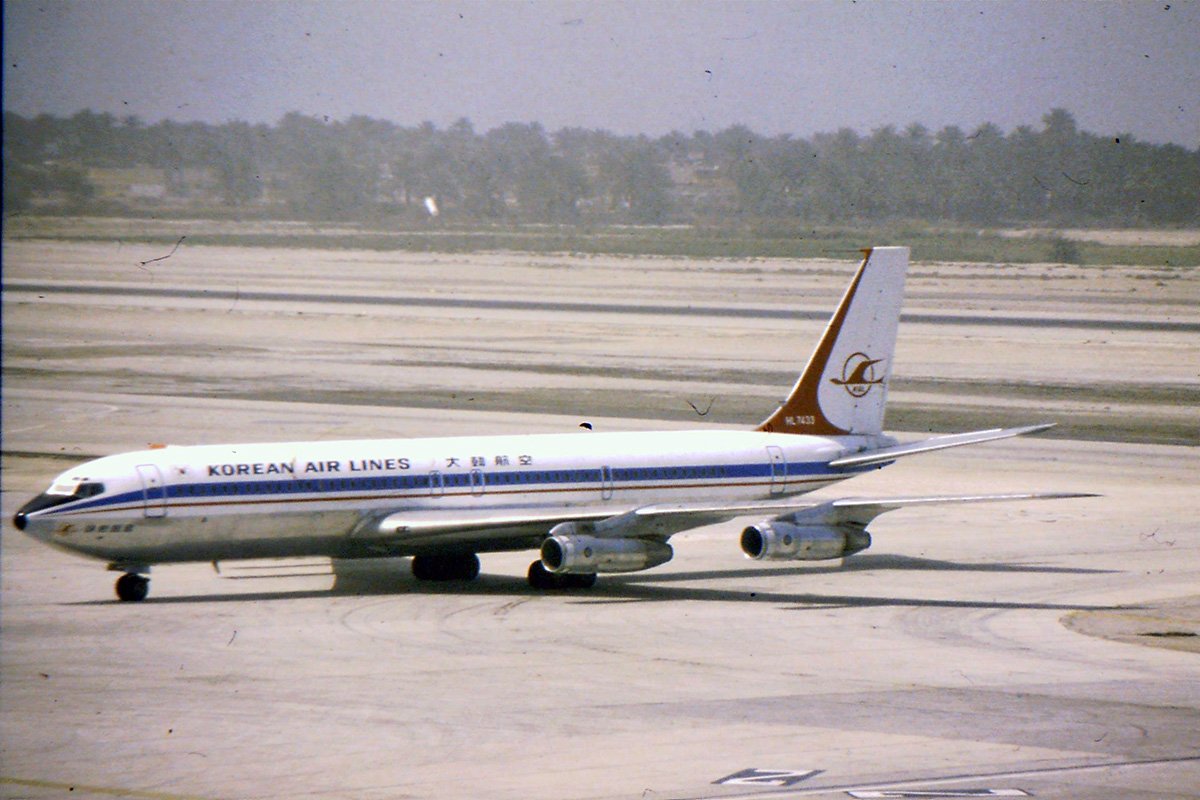
G B_NZ.
In, 2010 North Korea sank the Cheonan corvette from the South Korean navy with a torpedo. Or at least that’s what all the proof points to, but the North denies it all.
And these are only some instances. This has been their whole story since they became independent countries and adversaries.
Anyway, after the armistice, North Korea followed a totalitarian Stalinist government. With a personality cult to Kim Il-Sung (and later Kim Jong-Il and Kim Jong-Un), with affinity to the Soviet Union.
Later on, they followed their own ideology called “Juche”. They became friends with China, and fished in troubled waters in the fight between Mao and Stalin that I mentioned before.
The personality cult they have formed is a whole book. It’s something VERY interesting from an academic standpoint (not something that I support).
Meanwhile, South Korea followed a free market government with affinity to the United States. It became a democratic government after many years.
In the beginning it was quite repressive, and there were dictatorships, but they were not communist.
North Korea, immersed in the iron curtain, had important growth. At some point, it was a somehow more industrialised country than South Korea, with a competing gross domestic product.
But South Korea, a poor country with little resources in the beginning, grew step by step. This continued until they became the modern and industrialised country they’re nowadays.
This phenomenon has been called “the miracle on the river Han”.
At a given juncture around the 70s, South Korea’s gross domestic product matched that of the North and then surpassed it.
But this was only a matter of pride. The real problem came for North Korea when the Soviet Union disappeared, and the subsidies with it.
This was compounded by economic and agrarian mismanagement, little terrain apt for food production and floods.
With all these things going on the country collapsed, there were famines and lots of people died. South Korea kept on growing (and still does).
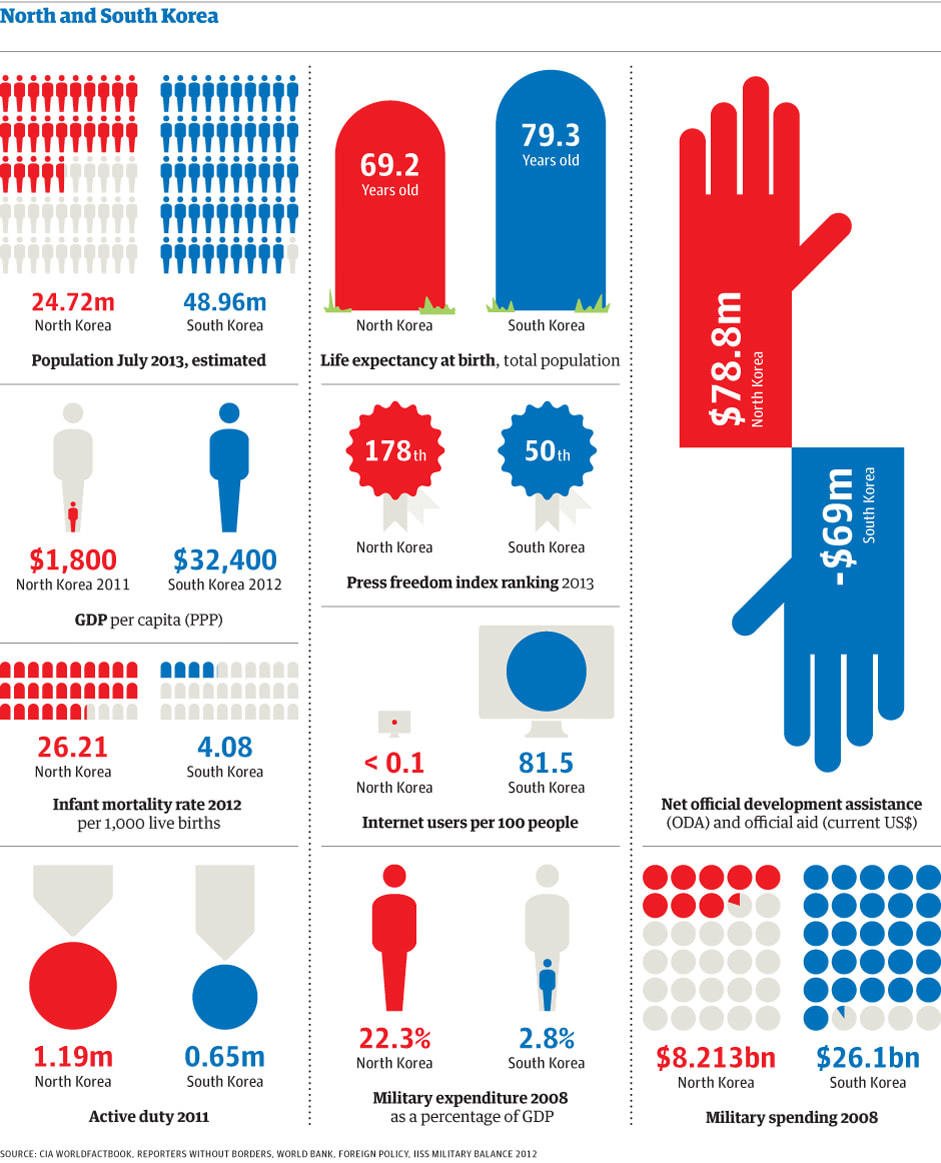
The Guardian.
Nonetheless, the country still existed with its government all the more isolated and repressive. But with a nuclear programme advanced enough to worry the west.
Former partners of the iron curtain such as East Germany and the Soviet Union were no more. Others like Poland or Hungary had switched sides, and the new Russia wanted nothing to do with them.
Only China continued to lend them a hand. Even though they did it more in hopes of preventing a regime collapse, and thus avoid a massive refugee flow to their own country.
They continue doing it also to keep a “security buffer” between them and South Korea. The South is still an important ally of their adversary -ideological and economical at least-, even though they’re not at war. The economic difference between both countries nowadays is huge.
In that context, North Korea being one of the last totalitarian communist countries remaining and having such special customs, society, and Aviation because of its history and circumstances, I was dying to go there and experience first-hand what I could.
And fortunately, I was able to do it before the nuclear war. But right after Kim Jong-Il died.
For a moment I thought the whole thing was going to be cancelled, but nah, didn’t happen.
When I went to North Korea it was only possible to fly to Pyongyang. There are other Airports in the country though, or at least paved runways with houses.
You could only catch a flight to Pyongyang from Shenyang and Beijing in China, or from Vladivostok in Russia.
It’s also possible to arrive there via train. That’s something I’d like to do in the future, but I’ve no details about that yet.
There were flights from Kuala Lumpur those days, but they were some craaazy charters. Formerly, you could also reach the country from Bangkok and Moscow, but those flights didn’t operate any more, and haven’t returned as far as I know.
From Vladivostok, Shenyang and Beijing you could fly Air Koryo. Air China also flew from Beijing in Boeing 737. But as sexy as that Aeroplane is, it doesn’t stop being what you fly in Medellin.
And hell no, I was going for my old soviet Airplane and the “weird” stuff that picked my curiosity in such a way. So I arrived in Pyongyang from Beijing on-board an Air Koryo Ilyushin Il-62. And so far, it’s been one of the most remarkable flights I’ve had.
August 2018 update: Air China announced on June 2018 they would restart flying to Pyongyang, who knows until when.
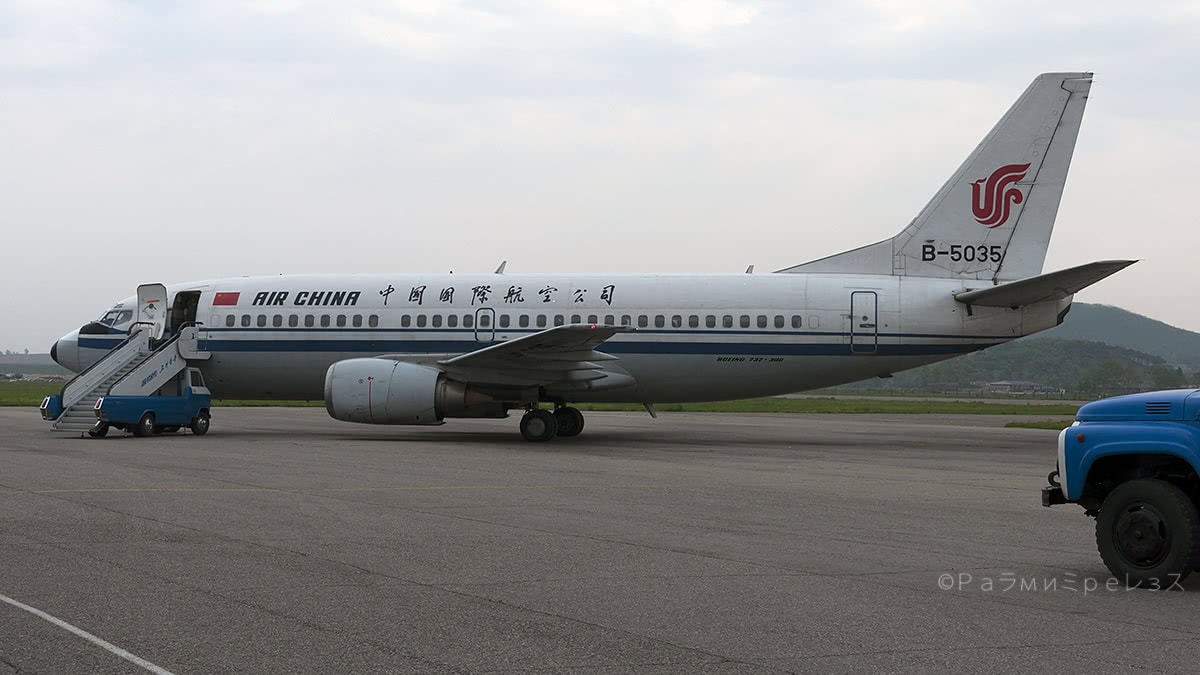
Ramírez.
Beijing was my starting point, the city where all the arrangements were made.
To reach Beijing I took the Medellin-Miami-Los Angeles-Tokyo-Nagoya-Osaka-Kyoto-Nagoya-Tokyo-Ibaraki-Shanghai-Beijing route in a myriad of Airplanes, airlines, car, bus, and even Shinkansen.
But Beijing is reachable from Medellin with only one stopover in less than two days if you’re in a hurry.
That was another trip I made on my way to North Korea, but that’s material for other articles. For the time being, let’s carry on here.
In order to go to North Korea everybody needs a visa. You can process it in your country if they happen to have an embassy there. Otherwise, you need to start the process and pick it up in Beijing (like I did).
You just don’t go there like:
-“Hoowdy, I’ll take a trip to Pyongyang”.
Rather than that, you have to do the whole process through a North Korea’s authorised agent, and there are few. I did it through a British agent.
Obviously, there are some exceptions for people with a diplomatic passport from certain countries. Up to the death of Kim Jong-Nam in Kuala Lumpur’s Airport in February 2017, there was an agreement between North Korea and Malaysia that allowed each countries’ citizens to travel visa-free to the other. It all ended in that situation though, and I don’t even know since when it was in force.
The thing is, generally speaking, people with ordinary passports need a visa to travel there as a tourist. No matter which country they’re from.
On top of that, you can’t go it alone. You need to go on a tour with an established programme and can’t deviate from what’s been pre-approved.
That is, you just don’t land in Pyongyang’s Airport, get off the Airplane, do immigration, and then take a bus and wherever it takes you, no way Jose.
There is the possibility of paying for single person tours, with a pre-designed programme according to your interests. But you will always have to go with a government guide (“minder”), and will only be able to see what they allow you to see.
I hopped on a tour they were doing for the first time. An Aviation-oriented tour that the British agent I mentioned was arranging.
I know that I am a freak in Medellin with these interests of mine. But there are other people in the world like me, and this agent noticed, arranged the tour, and it was quite a success.
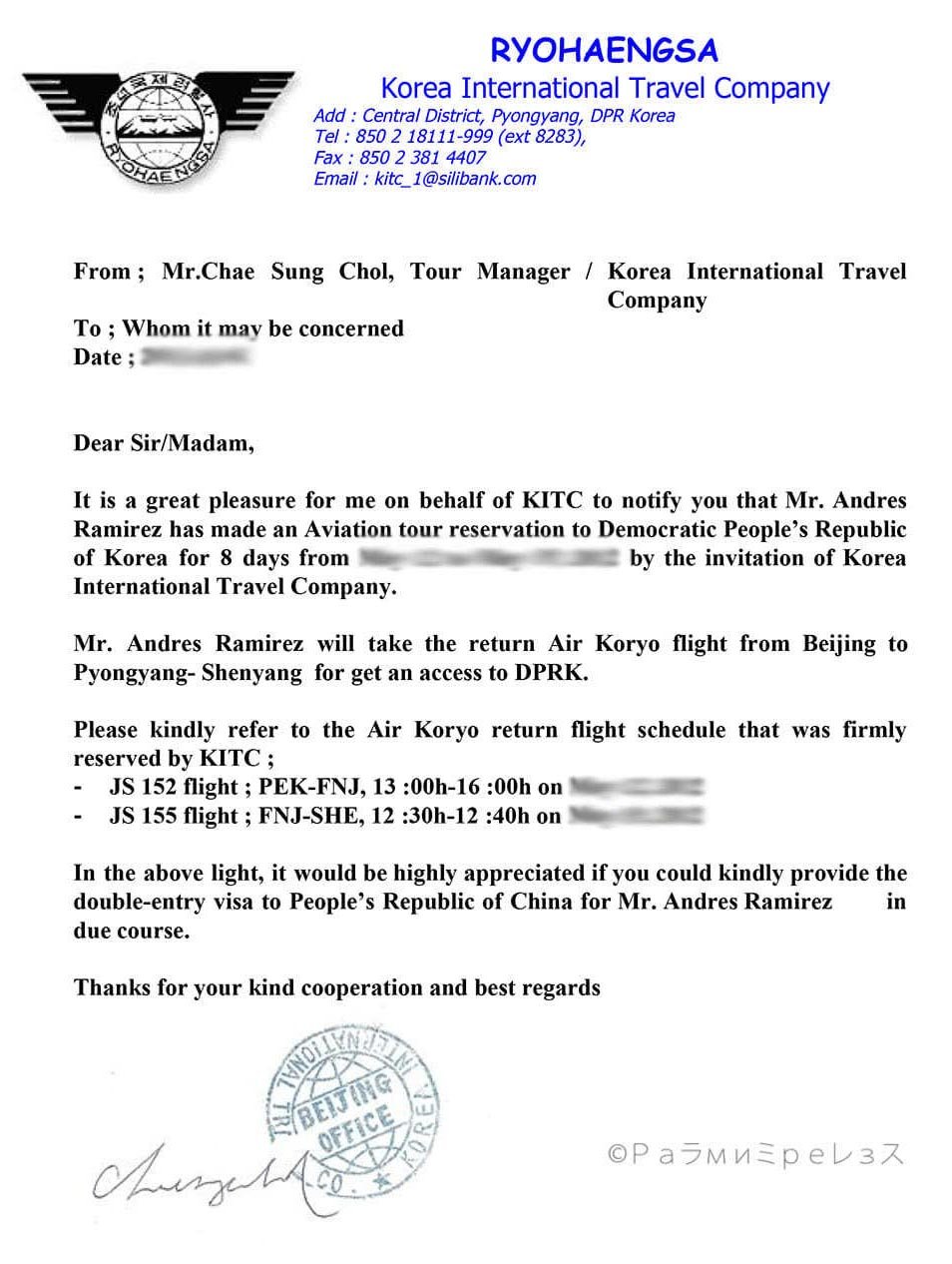
Ramírez.
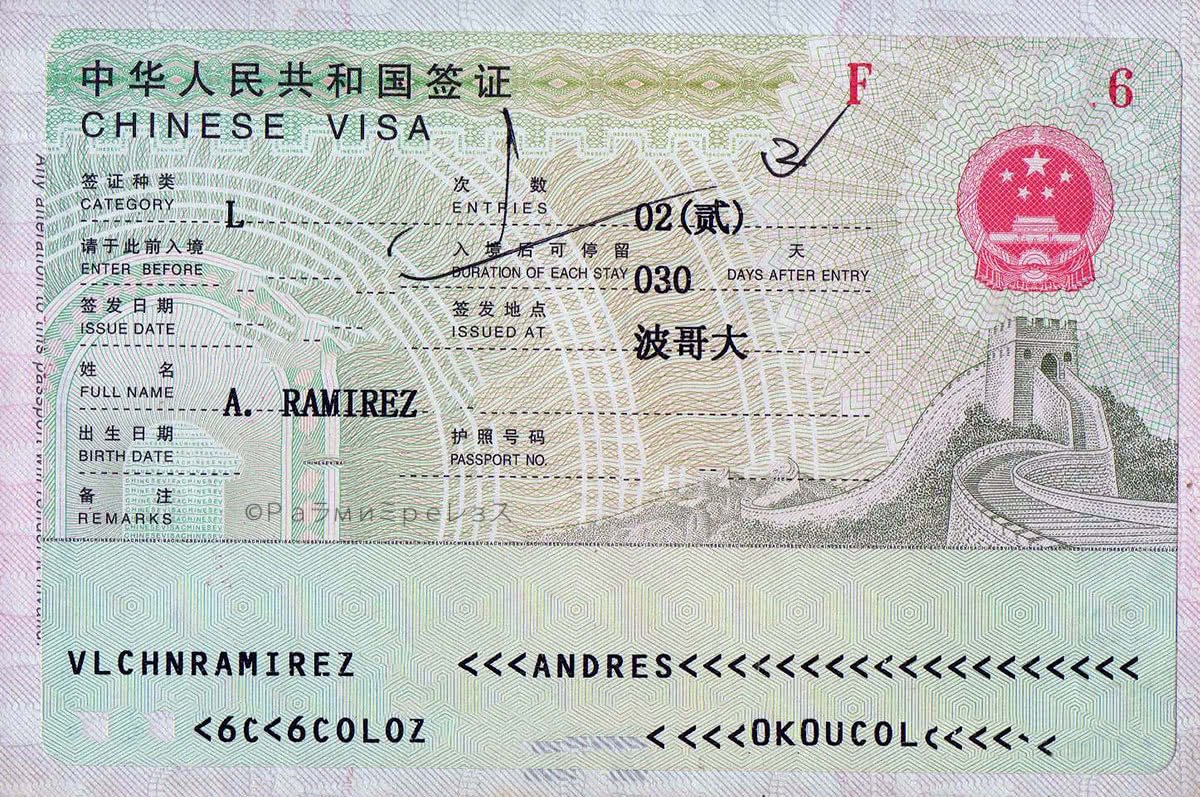
Ramírez.
I went on the very first tour they made. They still do them but now they’ve become more expensive as they have grown popular.
I was lucky, like if I had bought a flat before it was actually built and then its value increased so much to the point of not being able to afford it had I delayed the decision.
So, I did all the paperwork, the payment, and the general process. They ask for many documents and the whole thing takes its time while North Korea’s government decides if you’re undesirable to them.
And after some weeks they told me:
-“All ready mate, go to Beijing on this certain day. At this certain hour and place the person that will give you the entry permit will be waiting for you”.
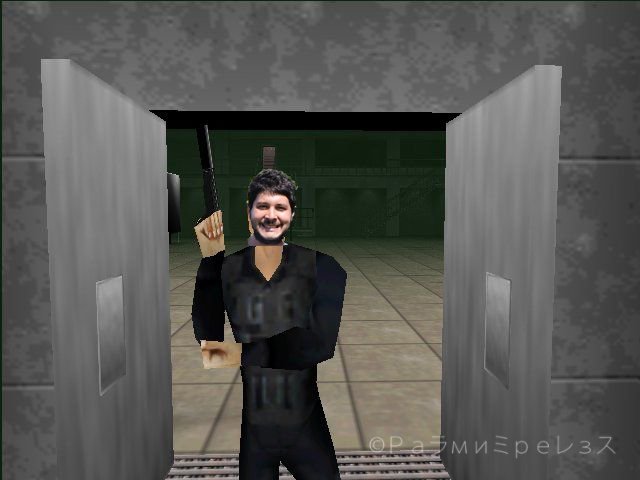
Ramírez.
It all felt quite James-Bondy, and yeah, it was all settled baby babies.
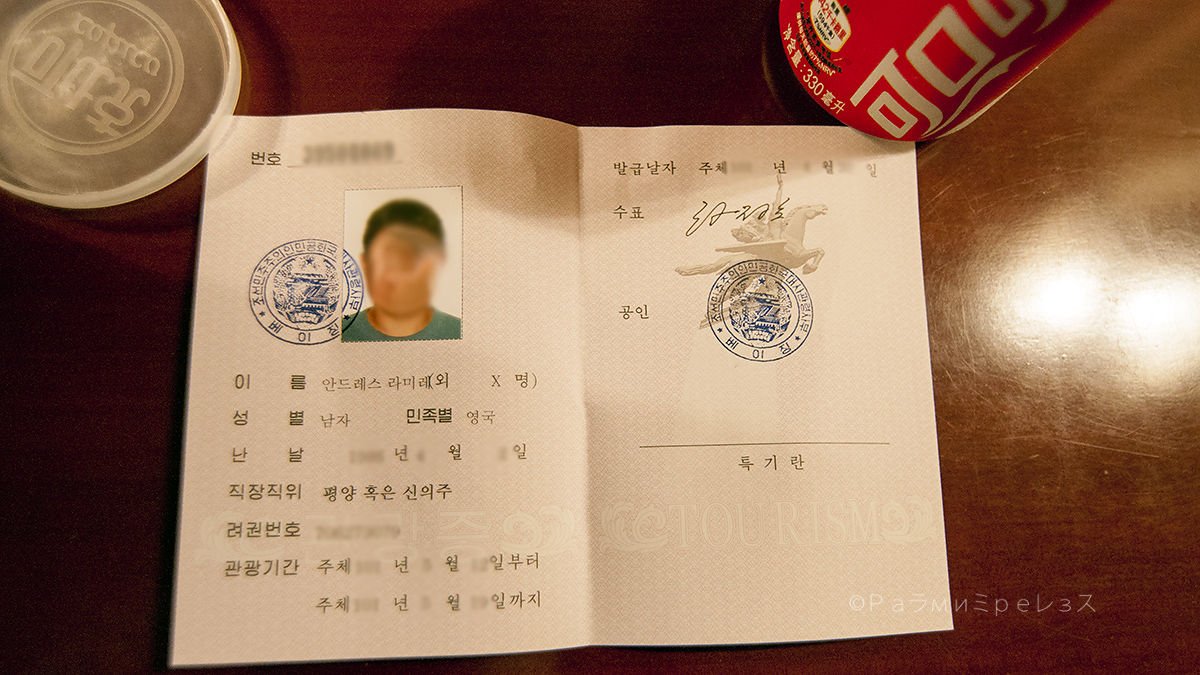
The flight in which this whole adventure started departed Beijing International Airport. Well, it actually began in Rionegro’s Airport, but that’s something for another article as I was telling you.
I had to go to Terminal 2, the former main terminal of the Airport. The current main terminal is the ultra-modern mega-cool-dragon-shaped Terminal 3. It was put to service before the 2008 Olympic Games.
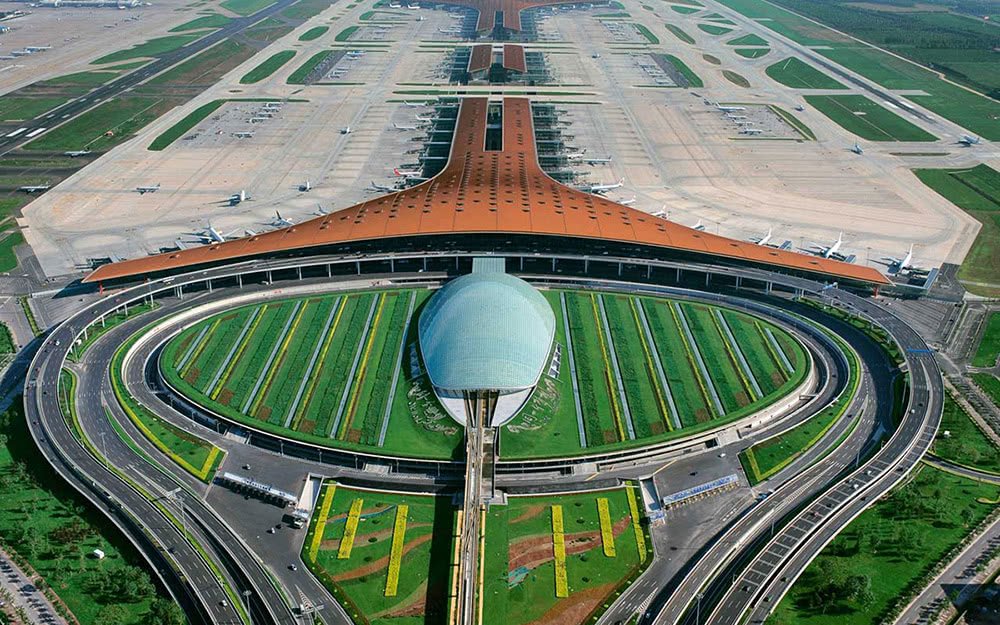
Foster + Partners.
Nonetheless, I couldn’t find a store that sold AA batteries there in Terminal 2. So, first, I went to Terminal 3, designed by the famous architect Norman Foster, and there I found batteries. I bought maaaaaany, so they would last many days of intensive use.
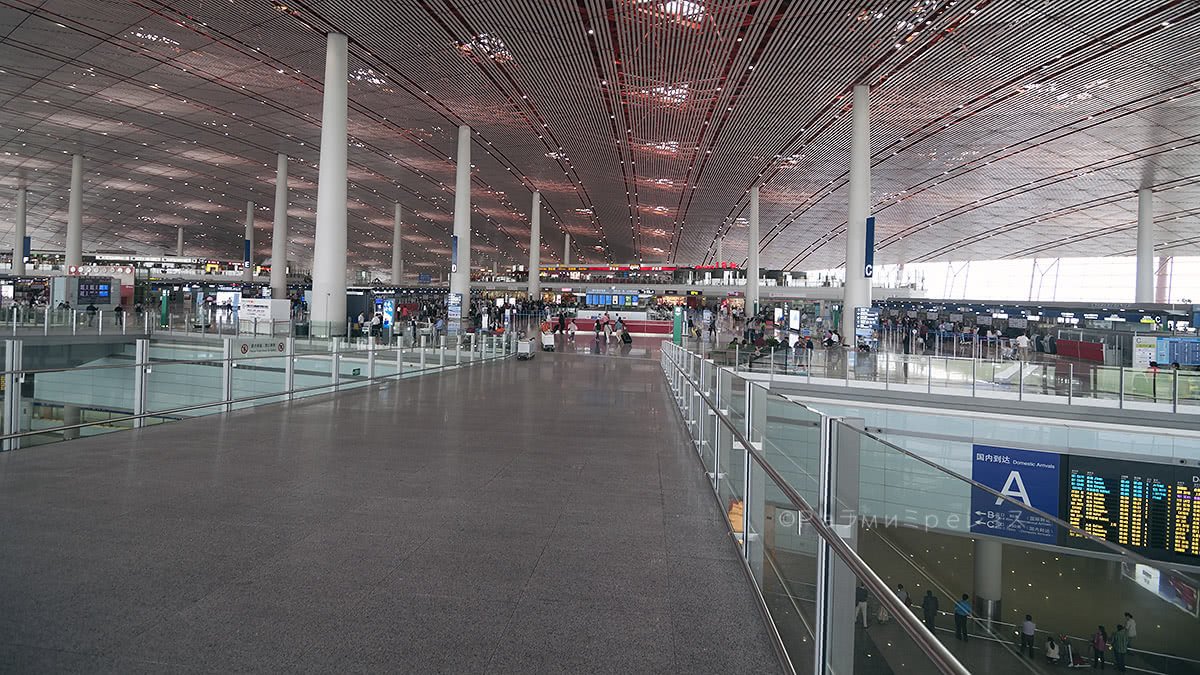
With that out of the way, I went to have something to drink at some Starbucks, and then I took the shuttle to change terminals once more. Terminal 2 wsd still pretty much in use and serving airlines such as KLM, Aeroflot and Air Koryo.
Flight JS152 was scheduled to depart at 1305 local time. I arrived at the Airport two hours before that, and I checked-in with no problems.
In Beijing, Air China handles Air Koryo’s processes. Something curious about that terminal is that you had to go through a customs check before even reaching the check-in counters when flying internationally.
The first and only place in which I’ve experienced something like that thus far, but it’s no biggie. You just do it and that’s that, no problem.
After that is sorted you reach the counter as you normally would. Then passport control and the gates, as usual.
After passport control I started walking toward gate 7, while I watched a KLM Boeing 747-400 ready to depart to Amsterdam, an Aeroflot Airbus A330-300 going to Moscow (I would take that same flight sometime later), and a Hainan Airbus A340-600 going to Toronto.
And suddenly, the crown jewel: The Air Koryo Ilyushin Il-62 getting ready to depart to Pyongyang. When I saw that Aeroplane my eyes were wide open like the very first time I saw London, Tokyo or New York personally.
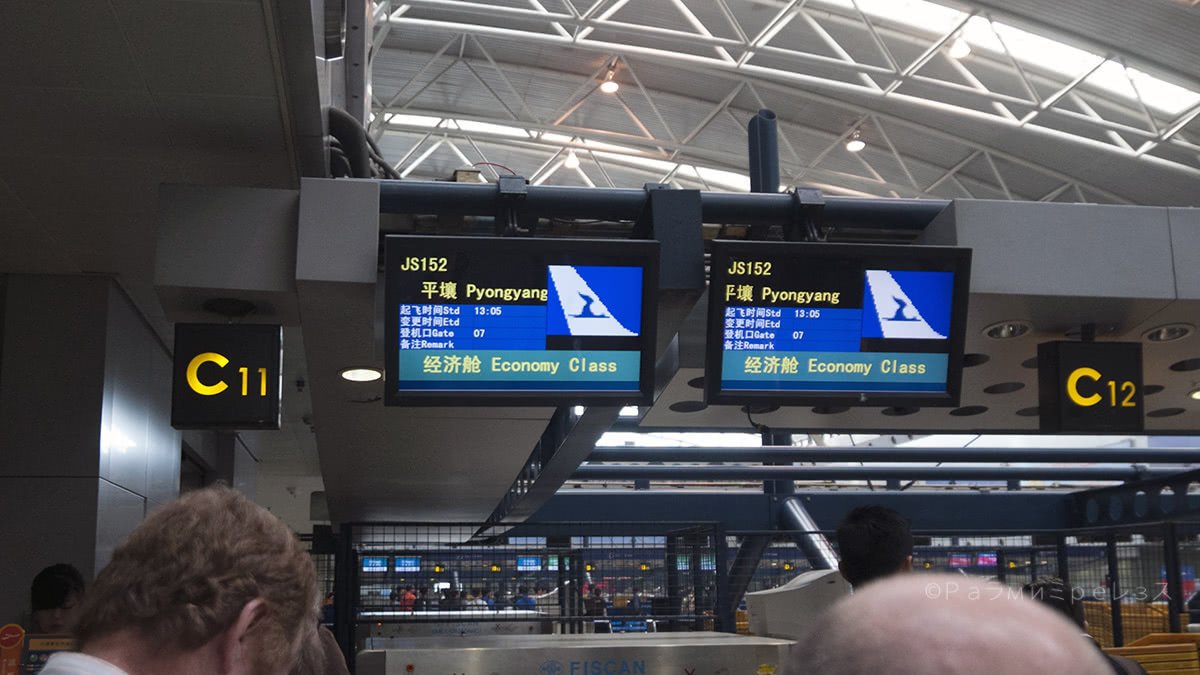
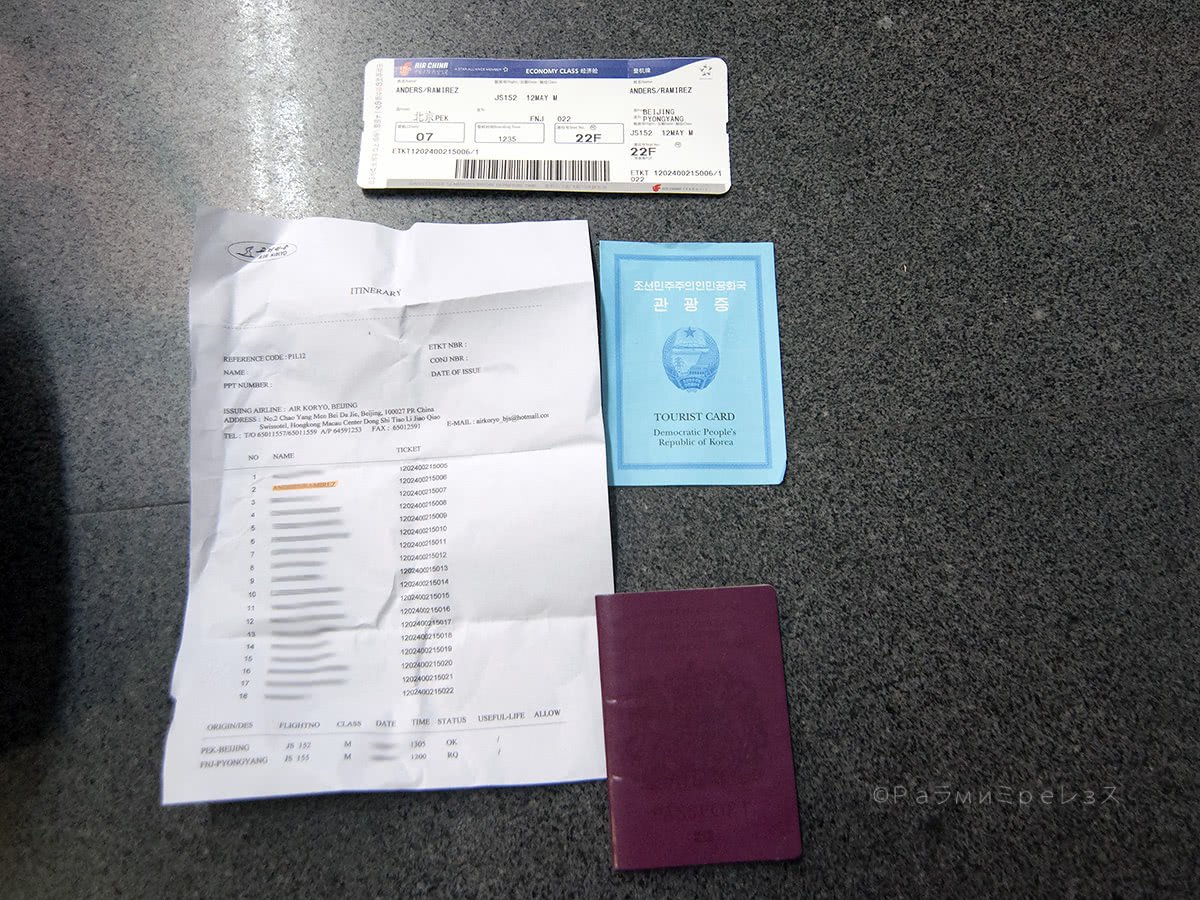
Ramírez.
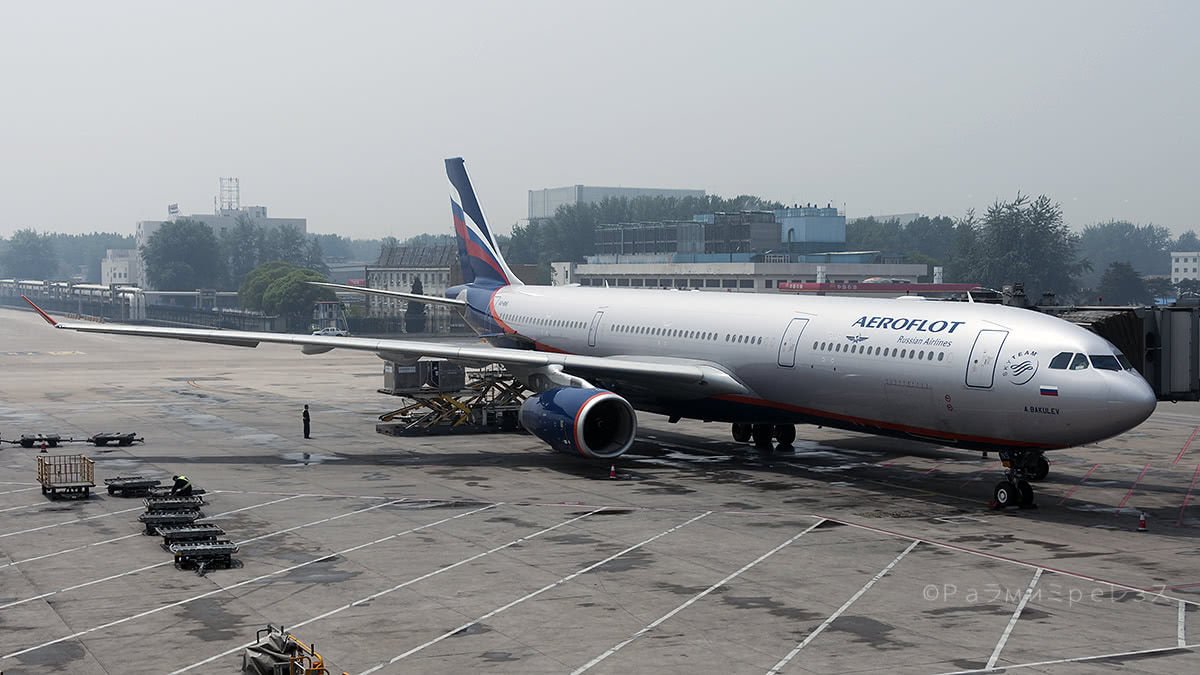
Ramírez
Our Airplane for this flight was P-885, a 1979 model Ilyushin Il-62M. The M version was the Airplane’s most popular and has important improvements compared to the earlier ones.
The Il-62 is an Aeroplane designed in the Soviet Union in the 60s. It was that country’s bet in the race that was being had in those times for long-haul travel on jets.
Other noteworthy Airplanes of that race are the Boeing 707 and the Douglas DC-8 from the United States; and the Vickers VC-10 from the United Kingdom.
The Vickers VC-10 shares with the Ilyushin Il-62 the peculiar engine configuration of 4 engines in the empennage. Industrial espionage accusations were many between the United Kingdom and the Soviet Union due to this fact.
It’s an Airplane that I love. After my eyes opened wideee when I saw it at the gate I shouted: “Come here baaaaby!”, and I tossed a bra like a groupie.
The one other Airplane that shares this configuration is the Lockheed Jetstar. But its size and mission are totally different.
Digressing a little, a story: the Il-62 was the main character of a little adventure in Germany.
Back when Germany was a divided country, West Germany’s main Airline was the Lufthansa we know nowadays. East Germany’s Airline was Interflug.
Interflug had Il-62 Airplanes in their fleet. And on October 23rd 1989, an Il-62 registered as DDR-SEG landed on a field in Stölln, close to the place where German pioneer Otto Lilienthal died. The Aeroplane was named “Lady Agnes” honouring his wife.
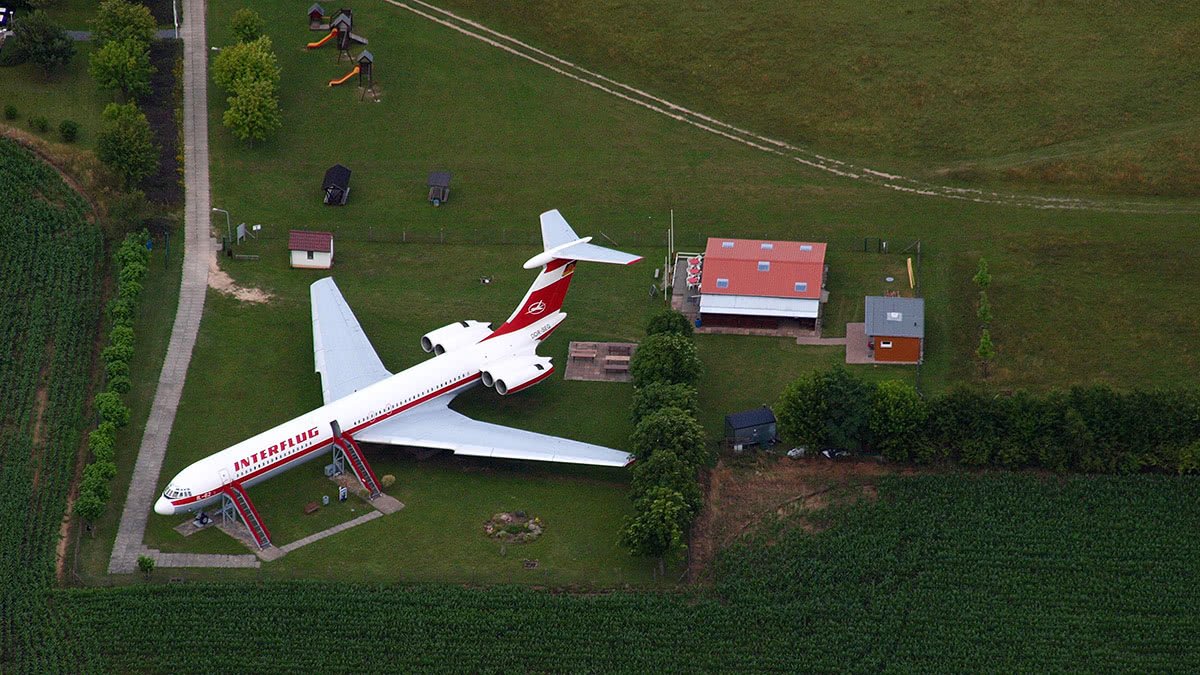
Skyscraper.
The Airplane was being donated to what nowadays is a museum and memorial. A jet designed to operate on prepared Airports landed on a 900 meters field flown by Heinz-Dieter Kallbach.
It was an important event, and even though the Airplane was not supposed to leave the place (and in fact, it hasn’t), it showed the Il-62’s mettle.
On top of being the museum and memorial, I’ve read the Aeroplane also doubles as some local notary office, and people go and get married there. Watch the video to see the whole ordeal, it can be seen starting at minute 2 and something. Before that, there is an amusing interview in German that sadly I cannot understand.
After what happened VERY little time afterwards with the Berlin Wall and all that process, and Germany’s unity, Interflug was liquidated. Anyway, after that little digressing of mine, we continue the story.
Some Colombians won’t find the Il-62 totally unfamiliar, since Cubana operated this type of Airplane for a long time between Bogota and Havana until they changed the type for a Tupolev Tu-204, then for an Antonov An-158, and these days, they’re sending an Airbus A320.
I love the Airbus but the other Aeroplanes gave Eldorado (Bogota’s Airport) some flavour. Cubana already took the Il-62 off the flight line.
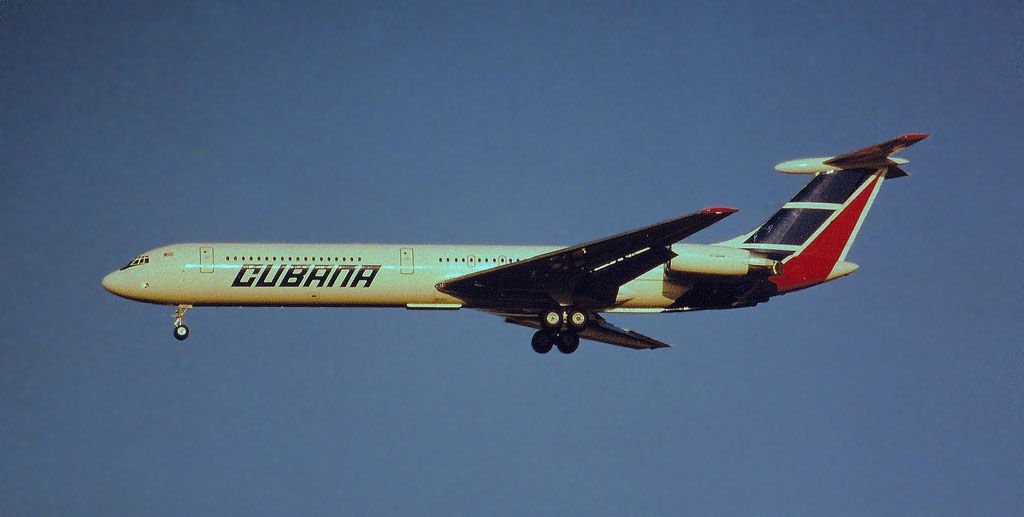
Bob Adams
So, while waiting, I tried to pass the time with a public Wi-Fi that asked me to scan my passport on some machine so it would give me a paper with a password.
The password never worked, and now the Chinese government must have my passport on some sort of database different from the immigration one. At least that passport is no longer valid.
The other choice was to have an active mobile phone line in China, but that wasn’t my case, so no joy was to be had.
So, I got a tea bottle from a machine (and remembered Japan and its machines). I dedicated my time then to observe the beauty of the Ilyushin Il-62, while time went by and boarding was called.
Boarding was pretty normal. I entered the Airplane and I felt that delicious old Airplane smell, and I sat in my assigned seat way aft the Airplane.
I had chosen it on purpose, so I could experience those Soloviev D-30KU engines of the M model I was going to fly (the earlier Il-62 models used Kuznetsov engines). And also, so that I could see what was below me.
I was going to be flying over North Korea, no less!
Play the take-off video so you can listen to the symphony.
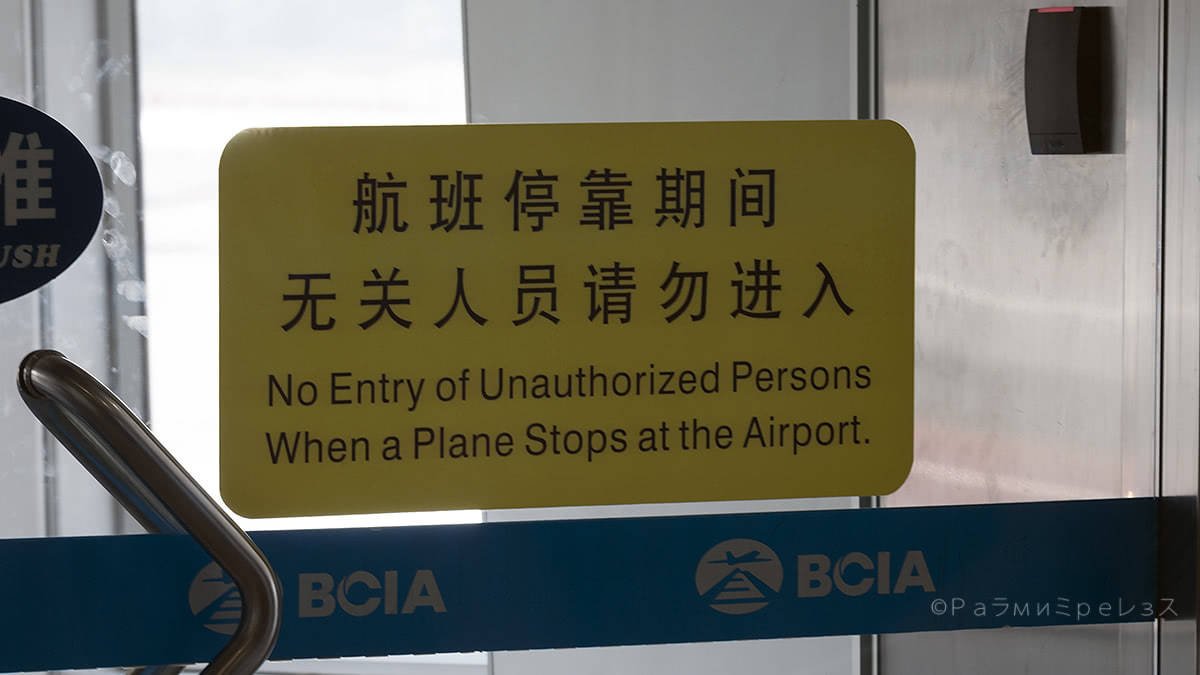
Space was not much. In fact, the tray table would touch my torso if I extended it (and I am only 1.80m, nothing extraordinary).
But this in no way hindered me from enjoying the flight like a toddler (all in all I still am one, and every day it gets worse, especially when it’s about Airplanes).
Other than that, it was an ordinary seat. The exception being that the back would go all the way down if I pushed it forward, I have never seen such a thing on a western Airplane.
Besides me was a person from North Korea (very few of them can go out, but they exist), and another one from the Netherlands.
Whenever one goes to places off the beaten track one finds people from the Netherlands and the United Kingdom. Perhaps that’s one of the reasons for my affinity with those two countries.
When the North Korean guy was filling his immigration form, I tried to take a peek at his passport like an old woman on a balcony of a small town to see whatever I could. I was VERY curious to see a passport from there. I saw something, but not much.
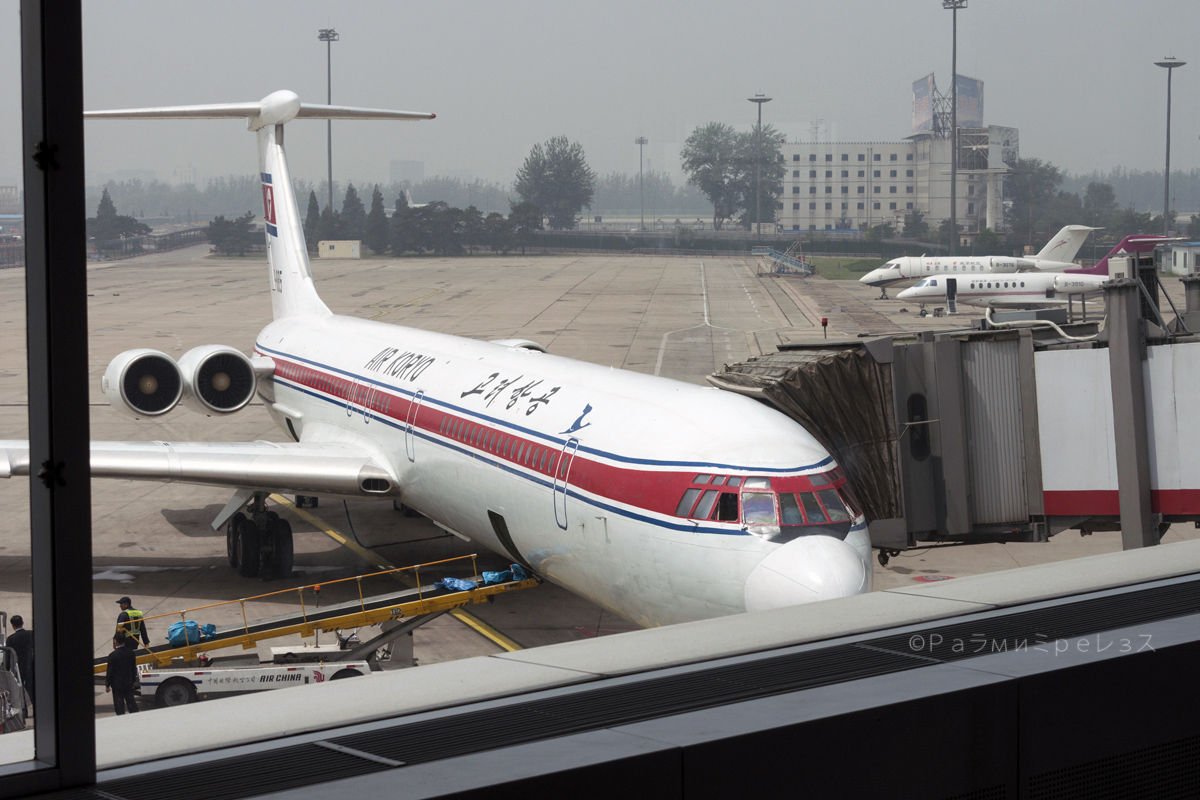

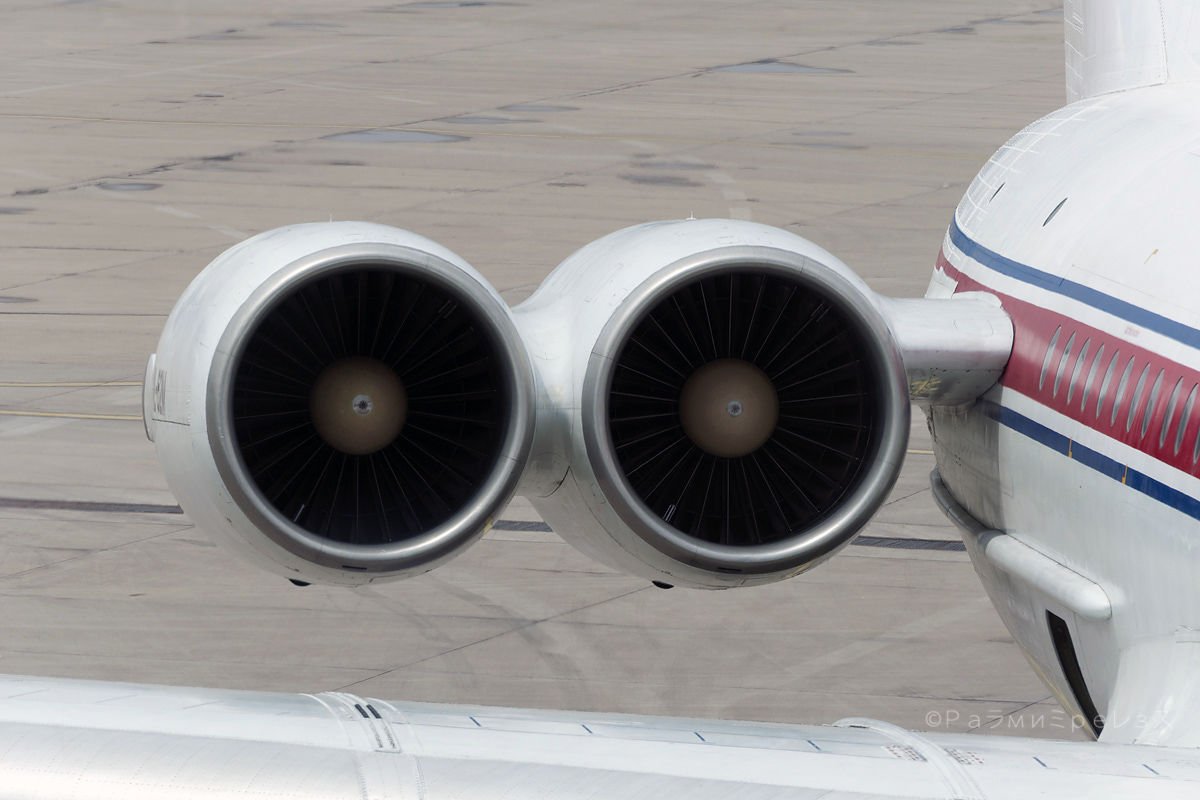
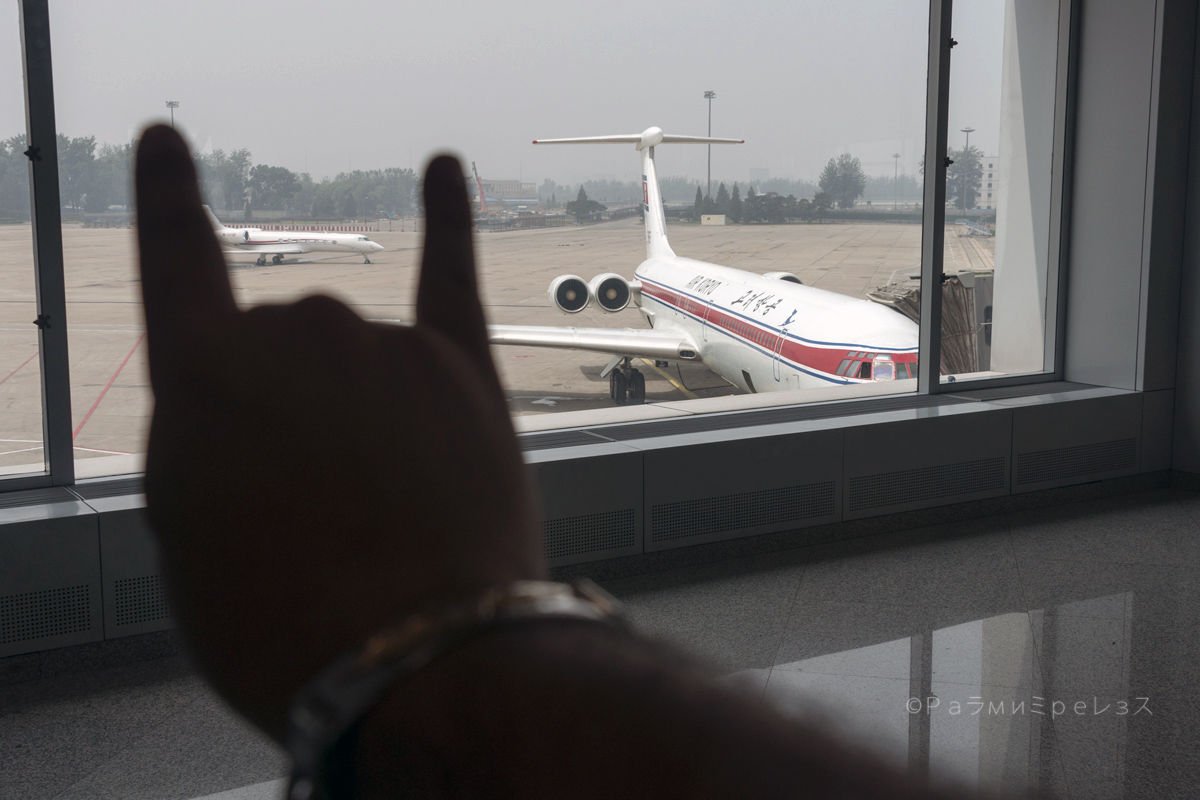

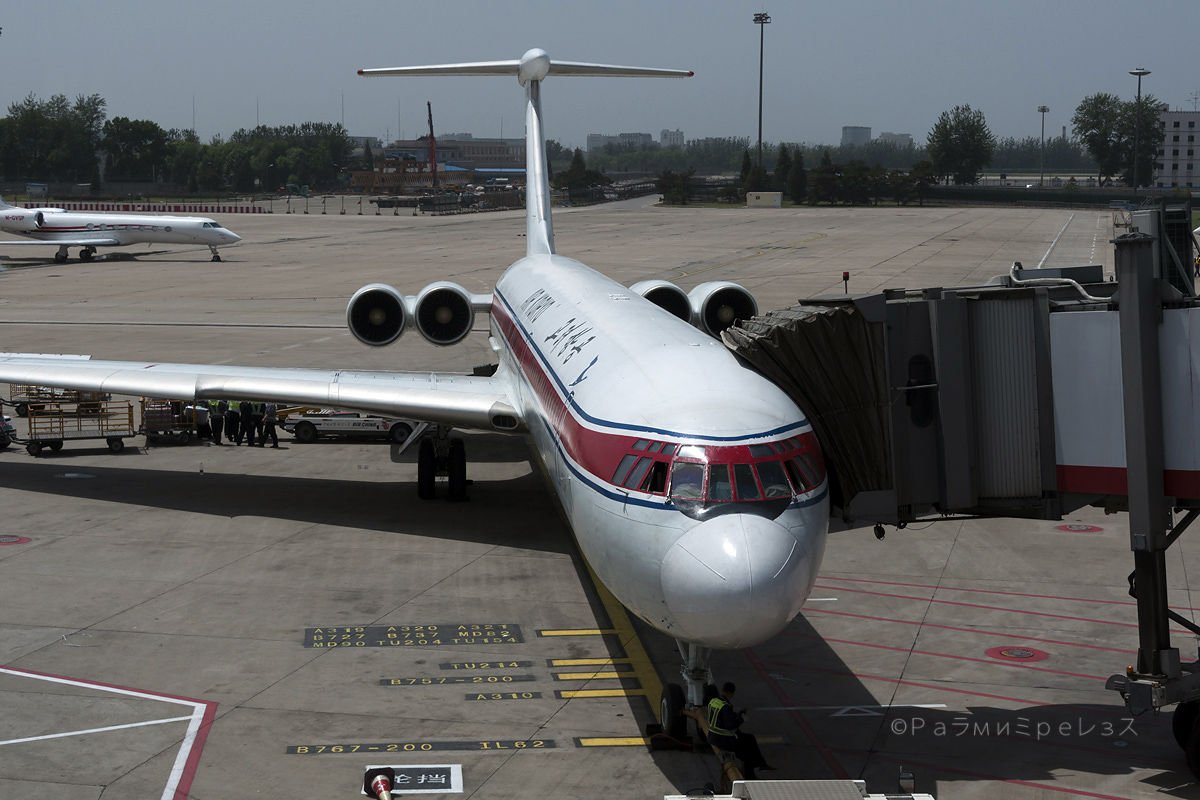
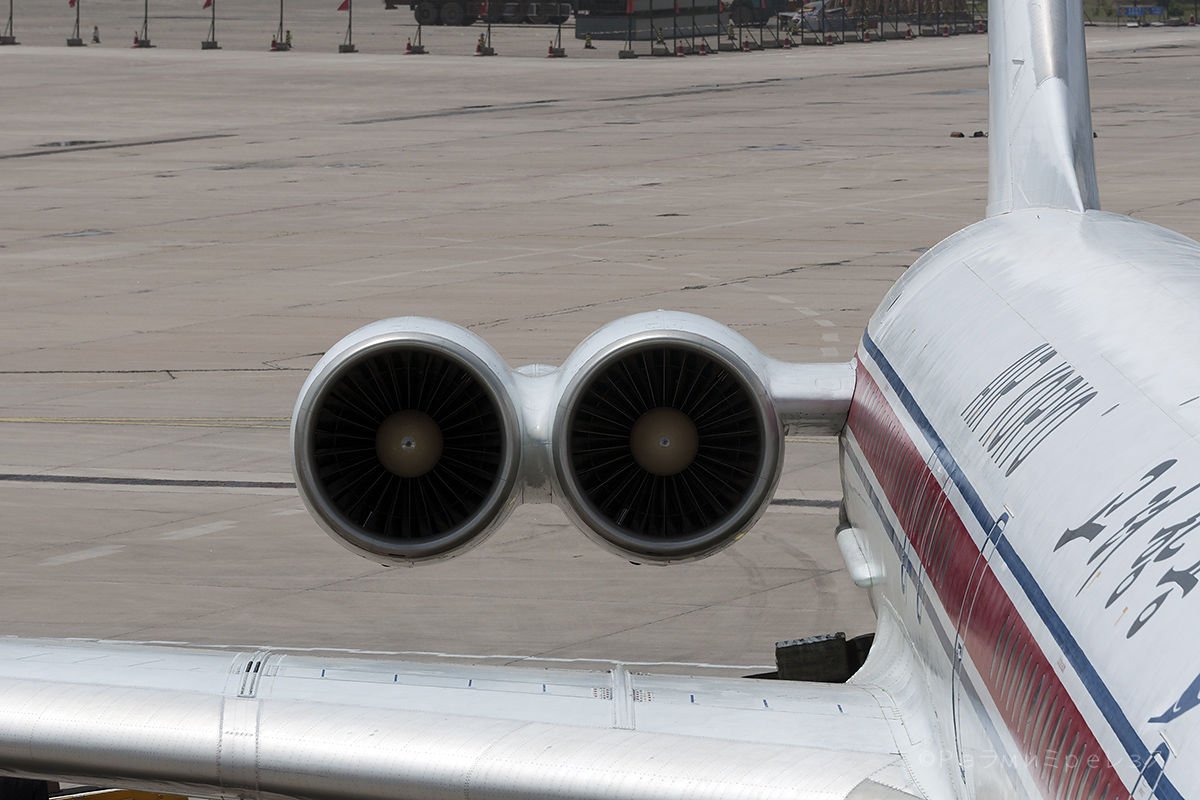
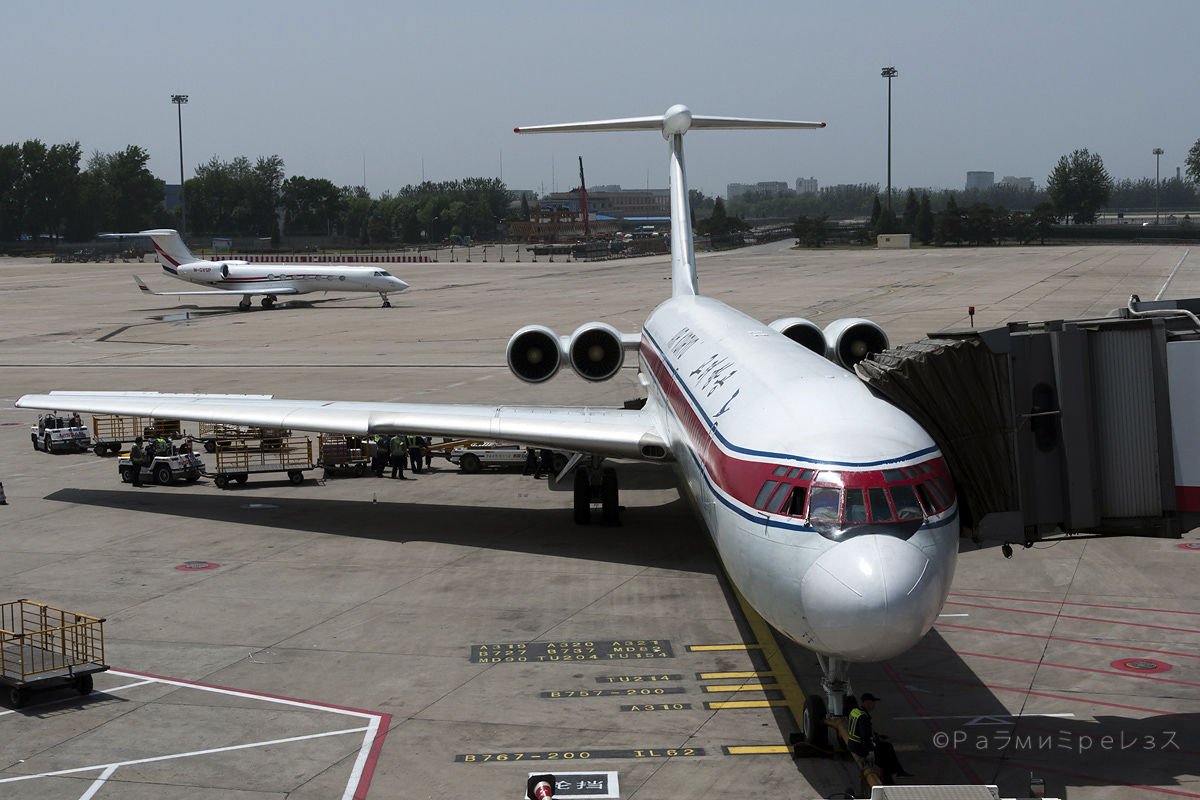
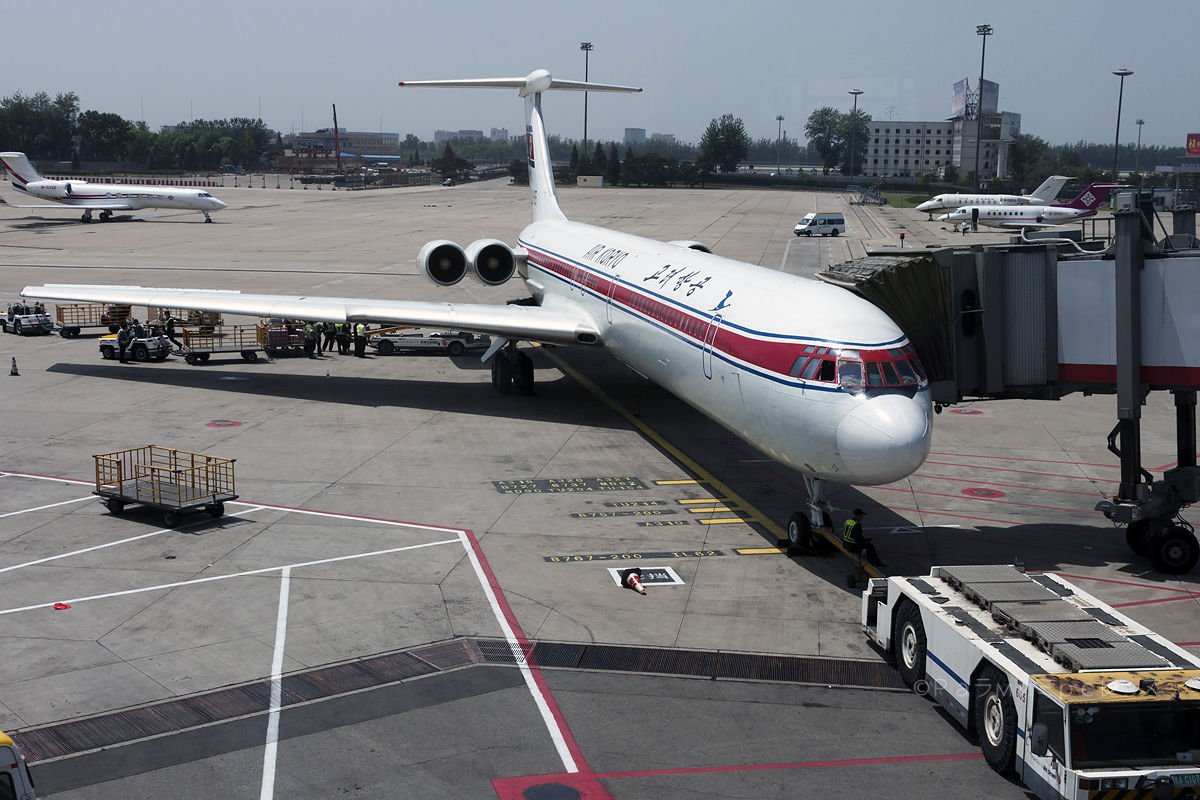

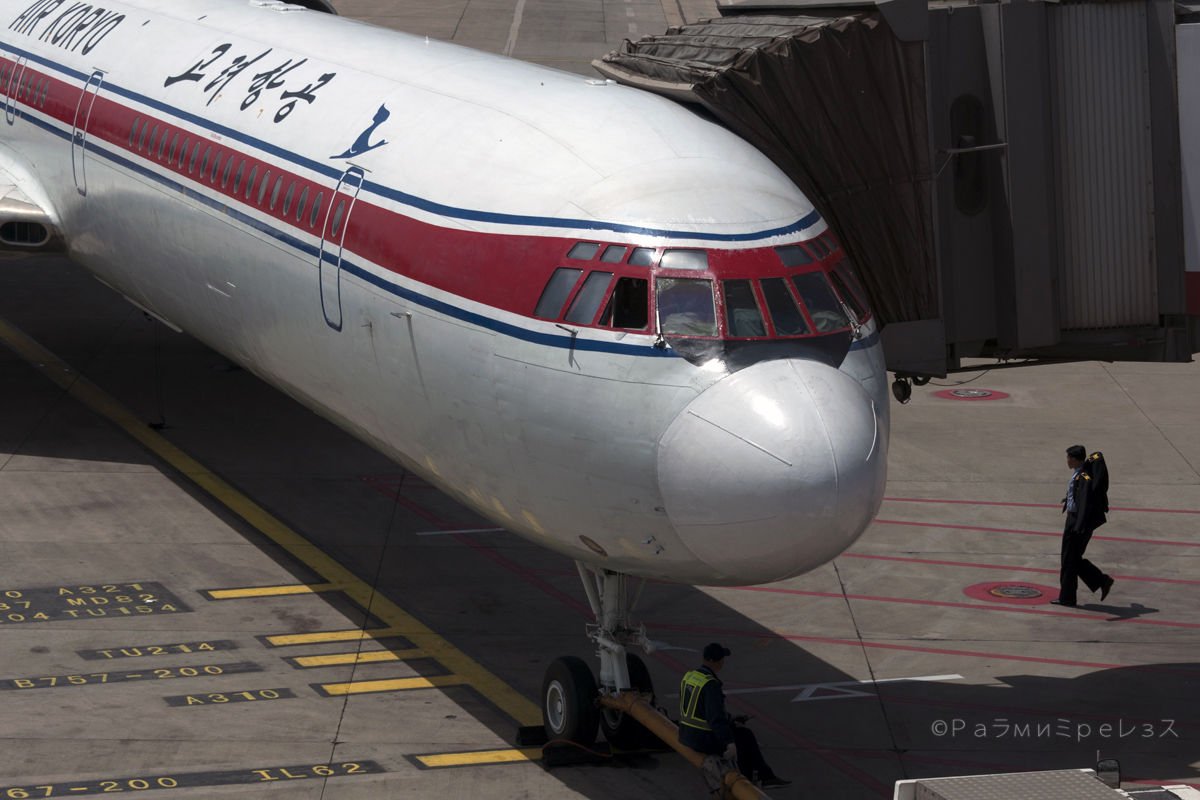
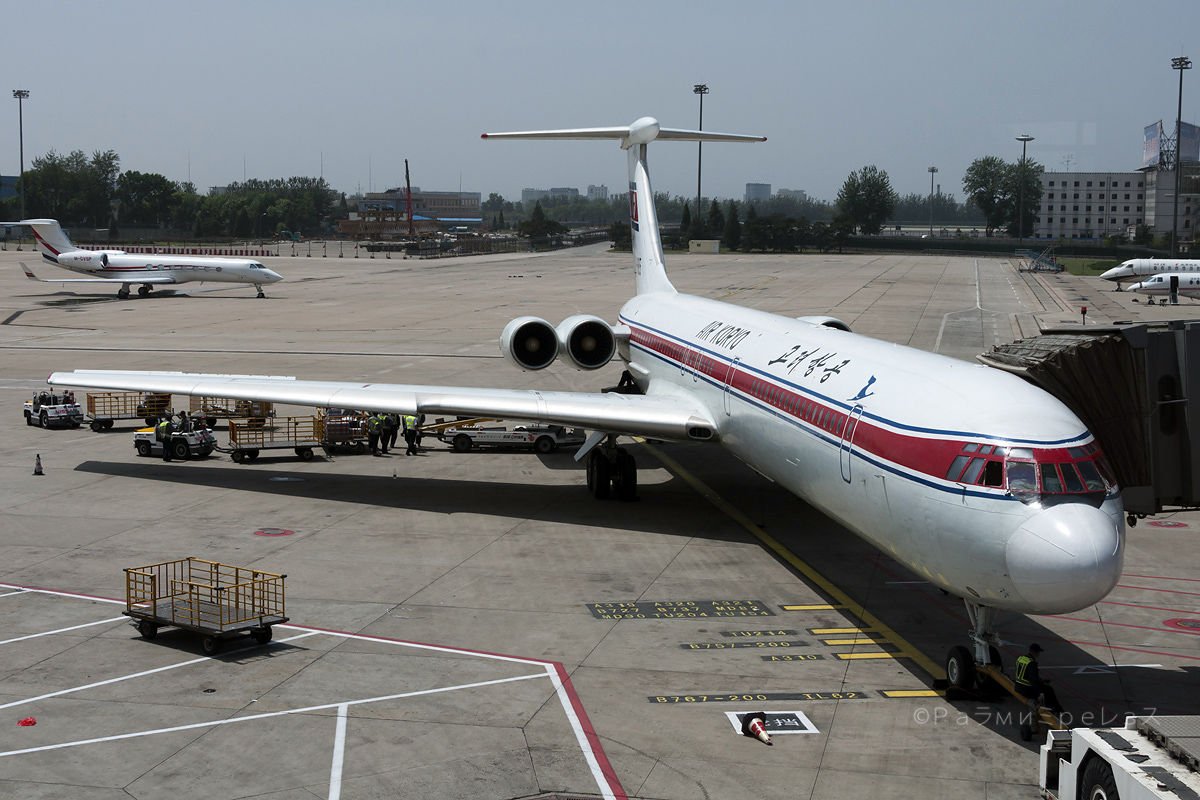
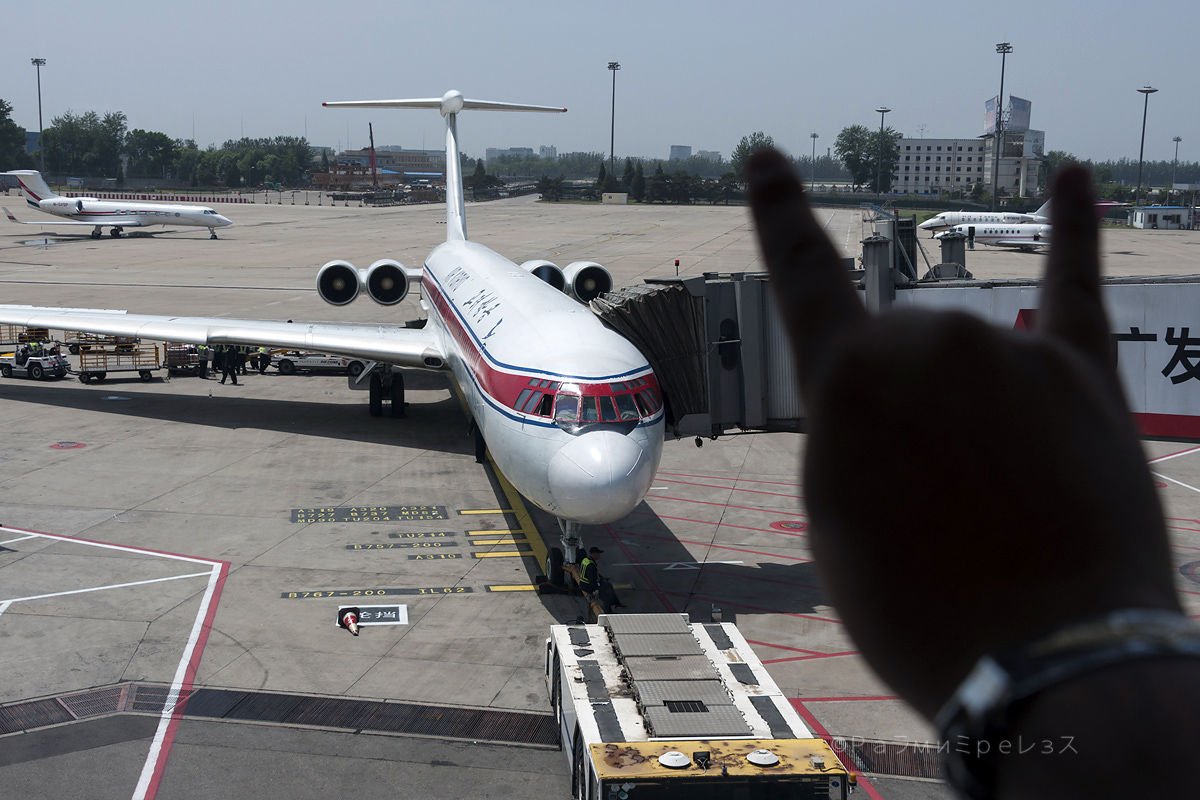
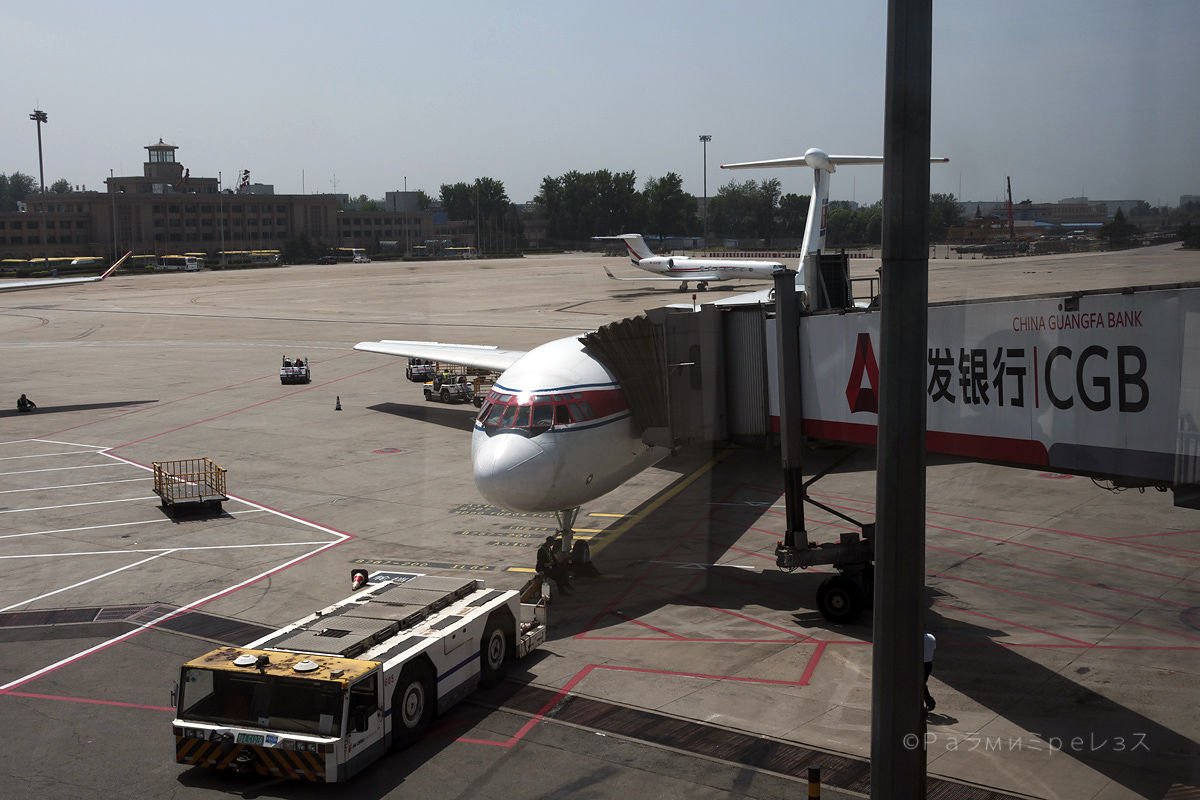
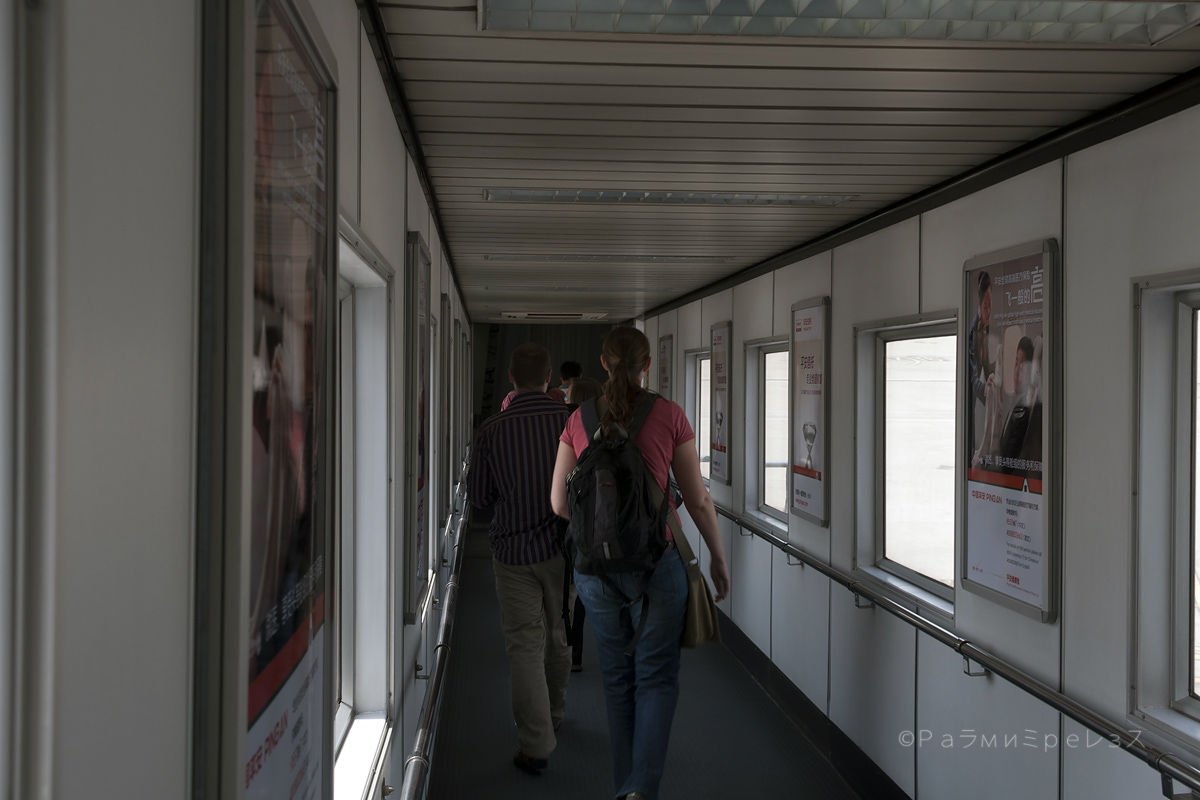


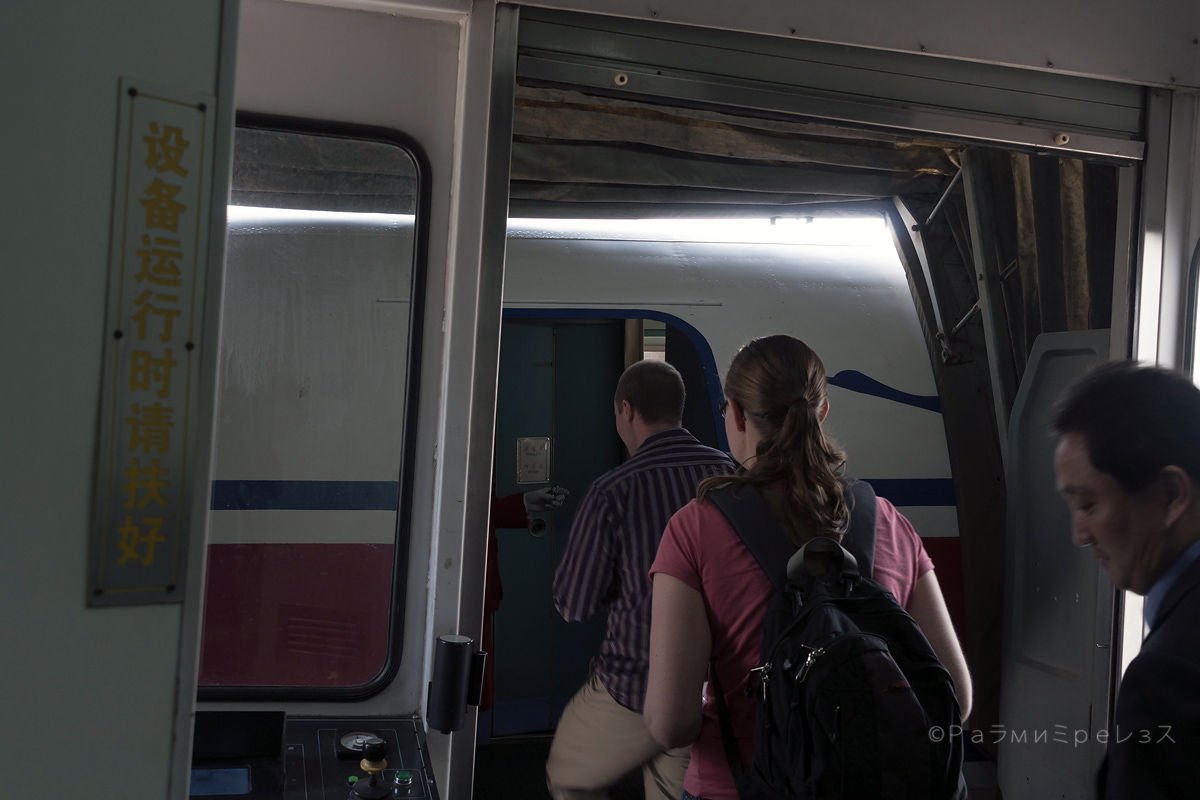
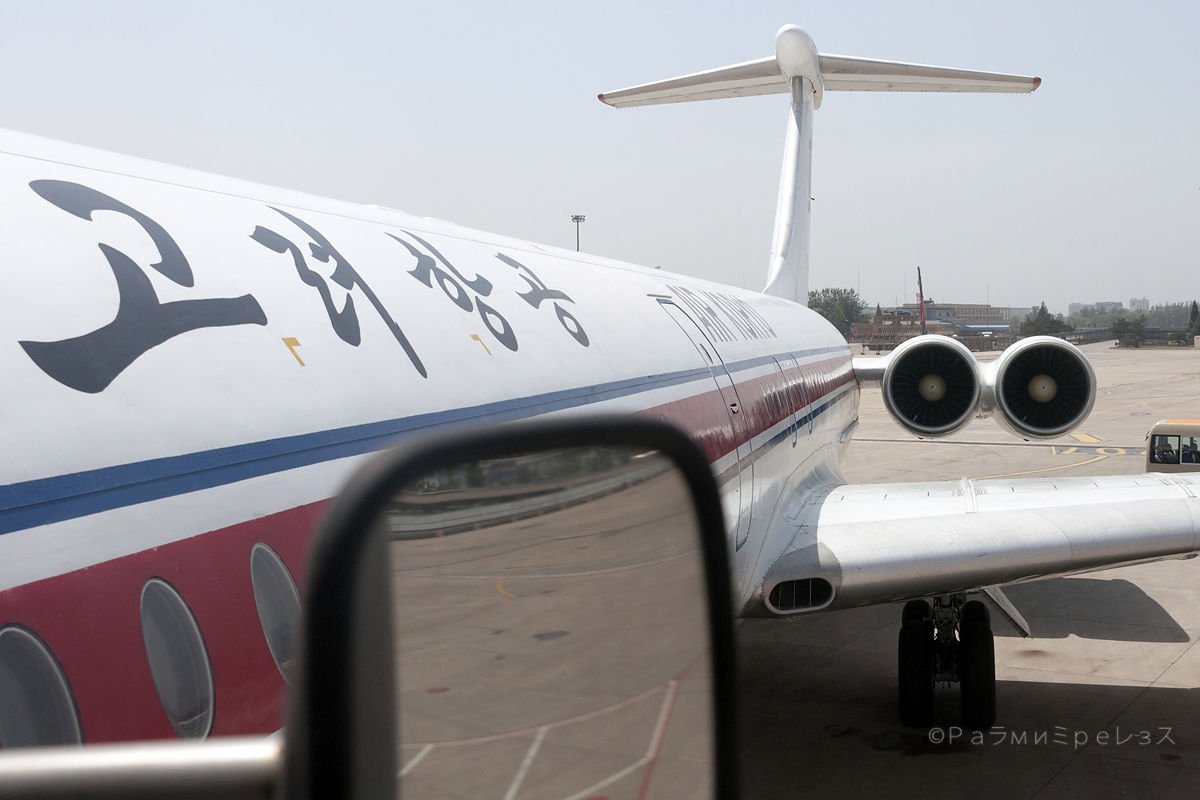
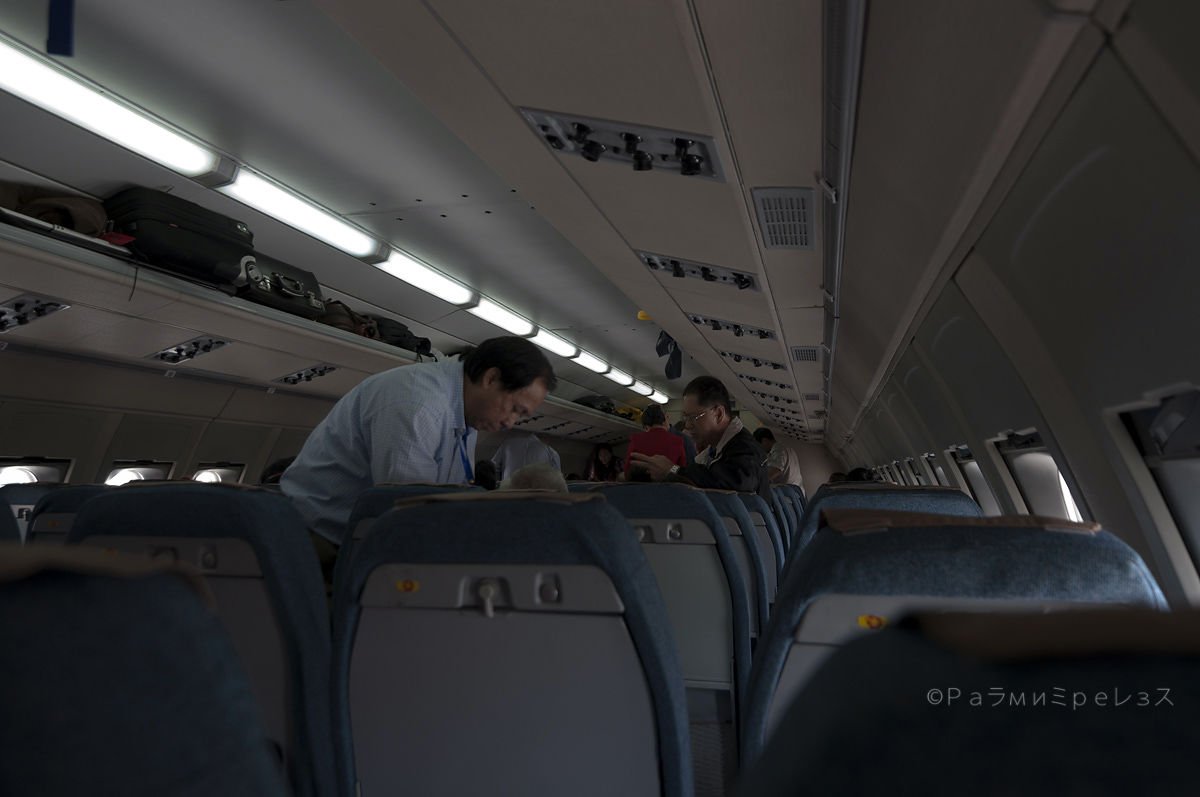
Ilyushin Il-62 and boarding, Beijing.
I stored my luggage in the upper racks. They were very vintage since they didn’t even have doors (like if they were from a train), and I was happy.
The Airplane started taxiing to the active runway for departure. At that moment, with the engines on, and the Airplane moving, there were still some passengers walking in the aisle. Flight attendants had to tell off some people almost right in the very moment of take-off.
That made me remember when one reaches some Airport and the Airplane stops for any reason, and everybody stands up. Even though the safety belt signal is still on, and the Airplane hasn’t reached its parking spot. Always a fun moment for me.
Announcements were made the usual way, but the speakers were too weak for those of us aft and I couldn’t listen to anything. I think I understood more of what they said in Korean than what they said in English.
For a moment, I thought that for the first time in my life I was going to witness a commercial jet Airplane taking off with people still walking down the aisle.
It seemed that there was no intention of stopping the Airplane. And those people who were still walking did not seem to understand they had to sit down.
It could easily have been the first (and last?) time they were travelling like that. In the end, the take-off was made with everybody seated and the back of the seat in a vertical position… but moments before it was something different!
Finally, we reached the active runway, and the Airplane started spooling the engines with the brakes on. Akin to the technique one uses on a short field or maximum performance take-off on a small propeller Airplane.
But Beijing Airport’s runways aren’t exactly what one would call a “short”. On the other hand, it’s not unusual for old Soviet Airplanes to remain “warming up” the engines for some minutes on the threshold before take-off.
I saw it for the first time with an Antonov An-124 in Helsinki, and years after with a similar Airplane in Rionegro (that’s the name of the town where Medellin Airport is actually located).
After some seconds, the brakes were released and the take-off run started.
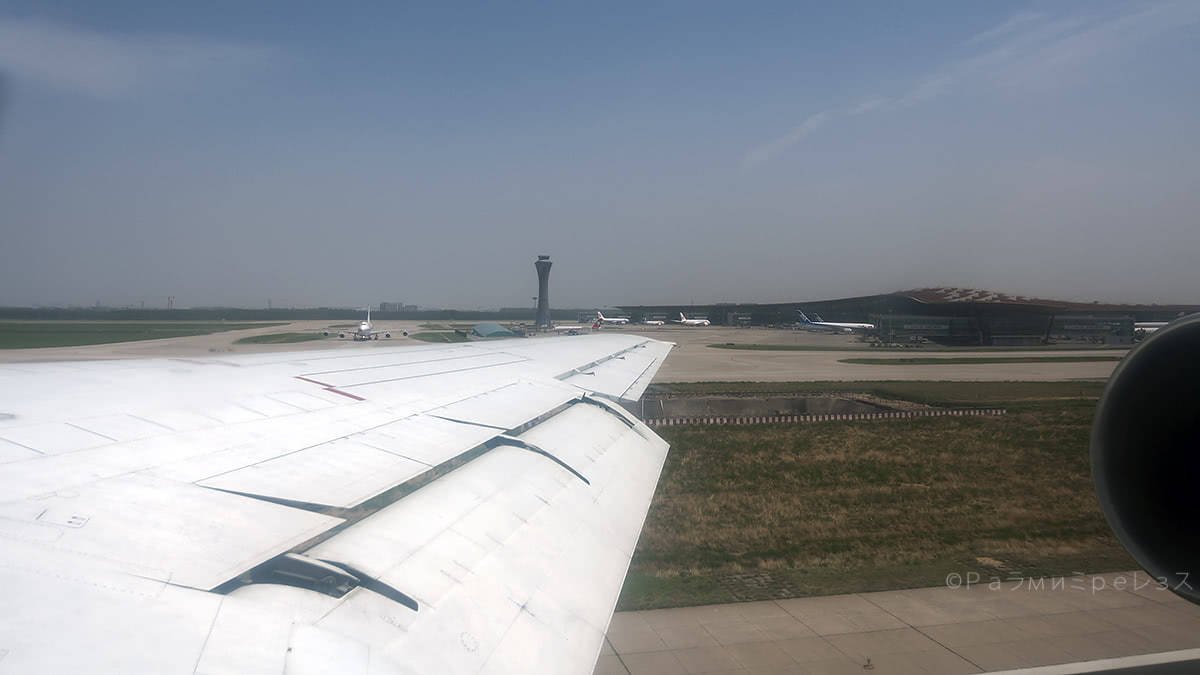
It was very exciting and interesting for me to be able to experience such a thing, in such an Airplane, in this time and age.
I was picturing in my head the Soviet elite feeling the same thing back in the 60s flying out of Moscow.
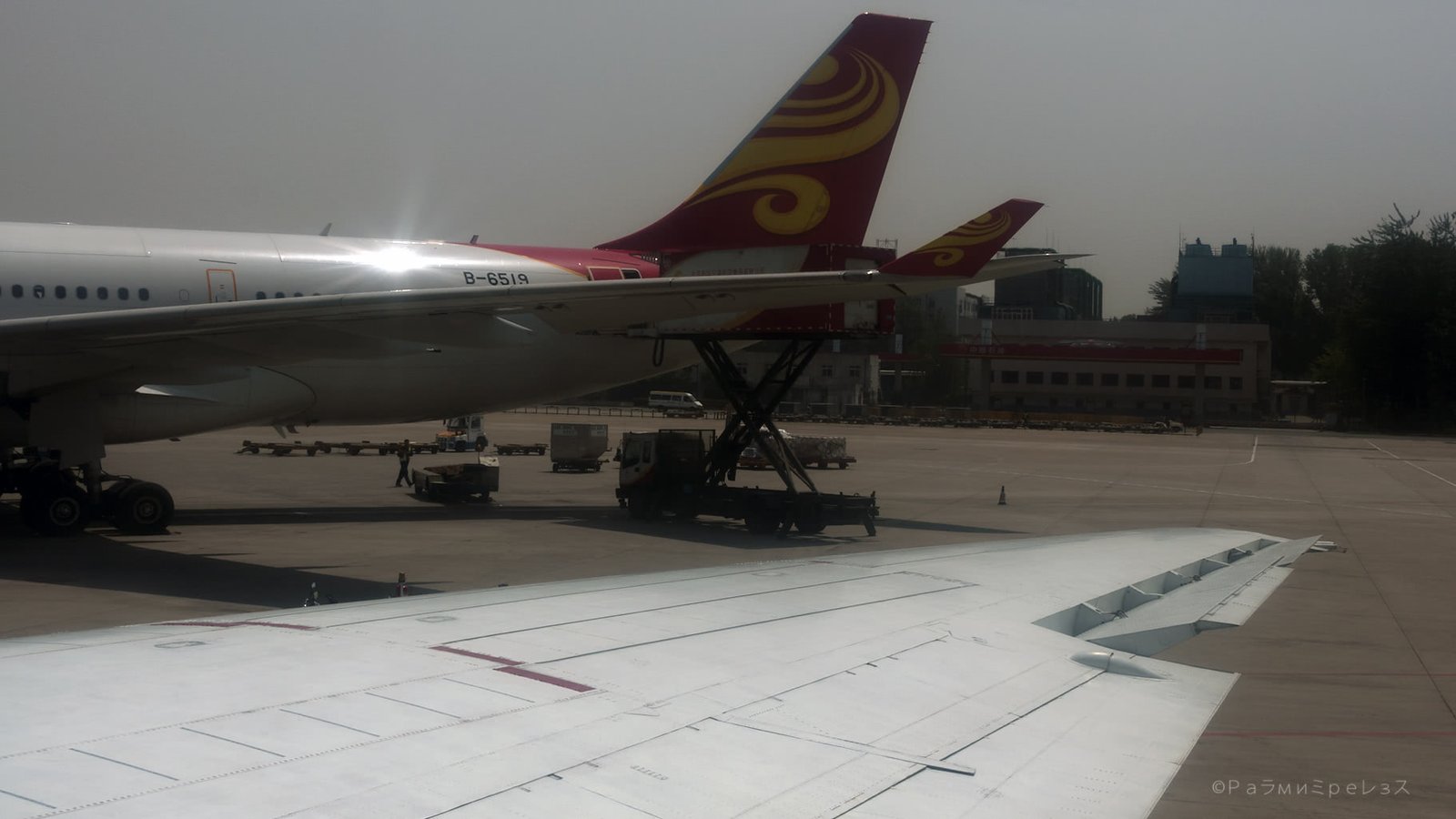
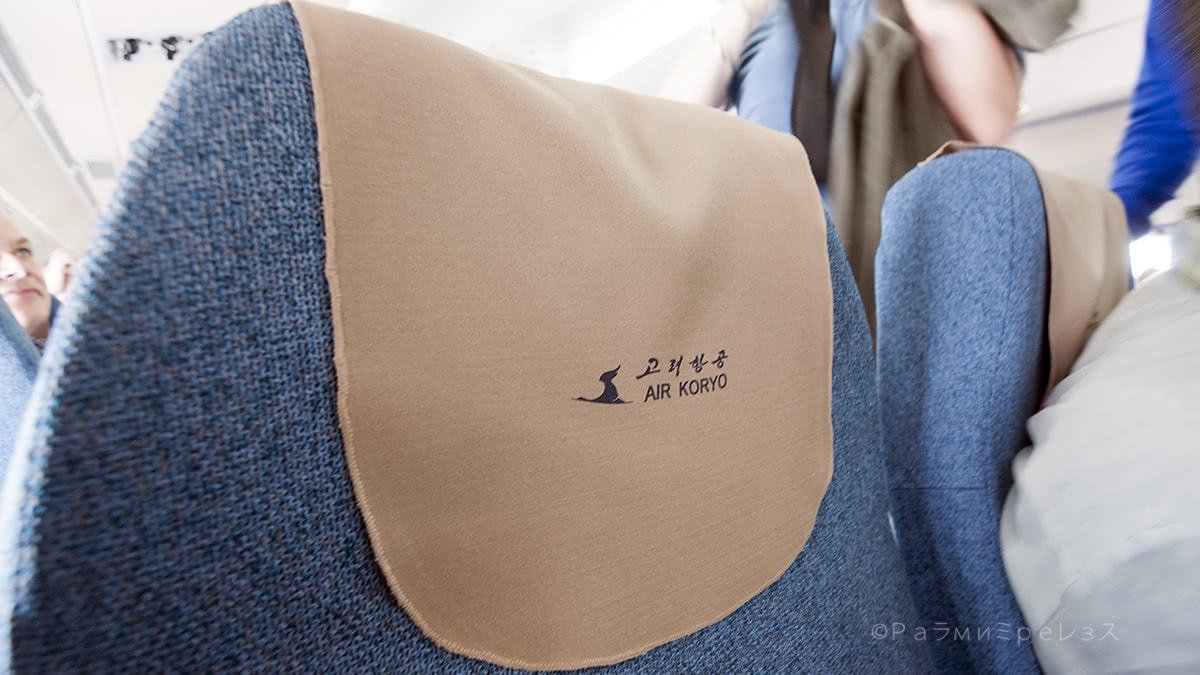
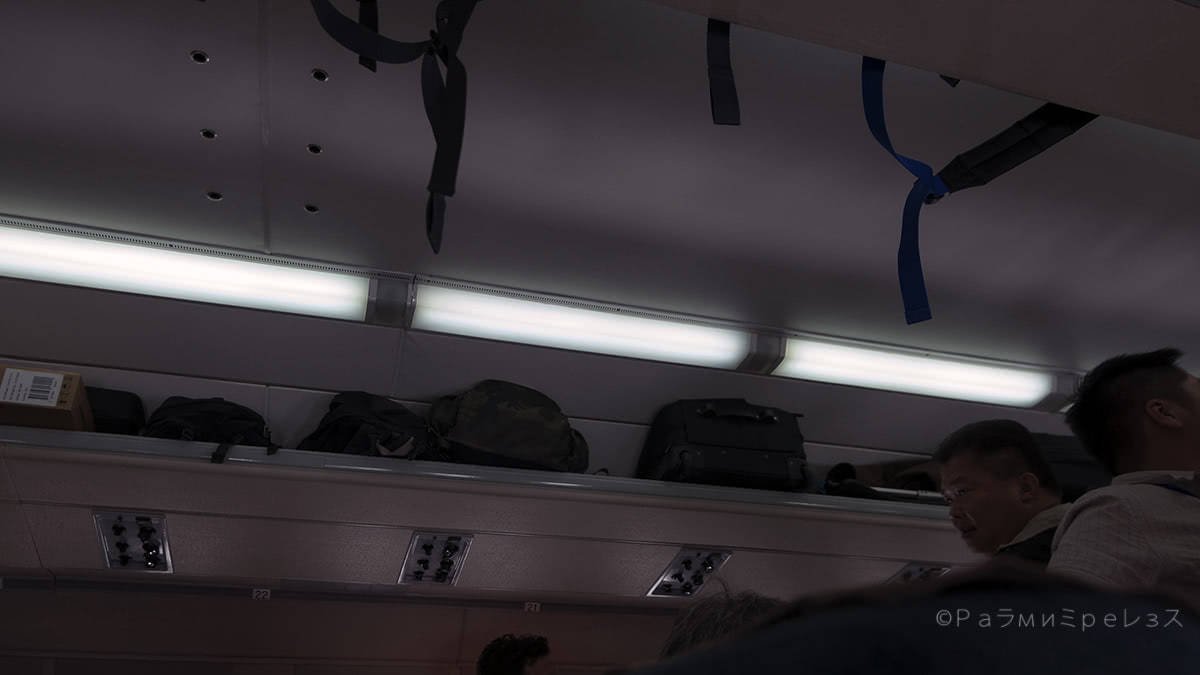
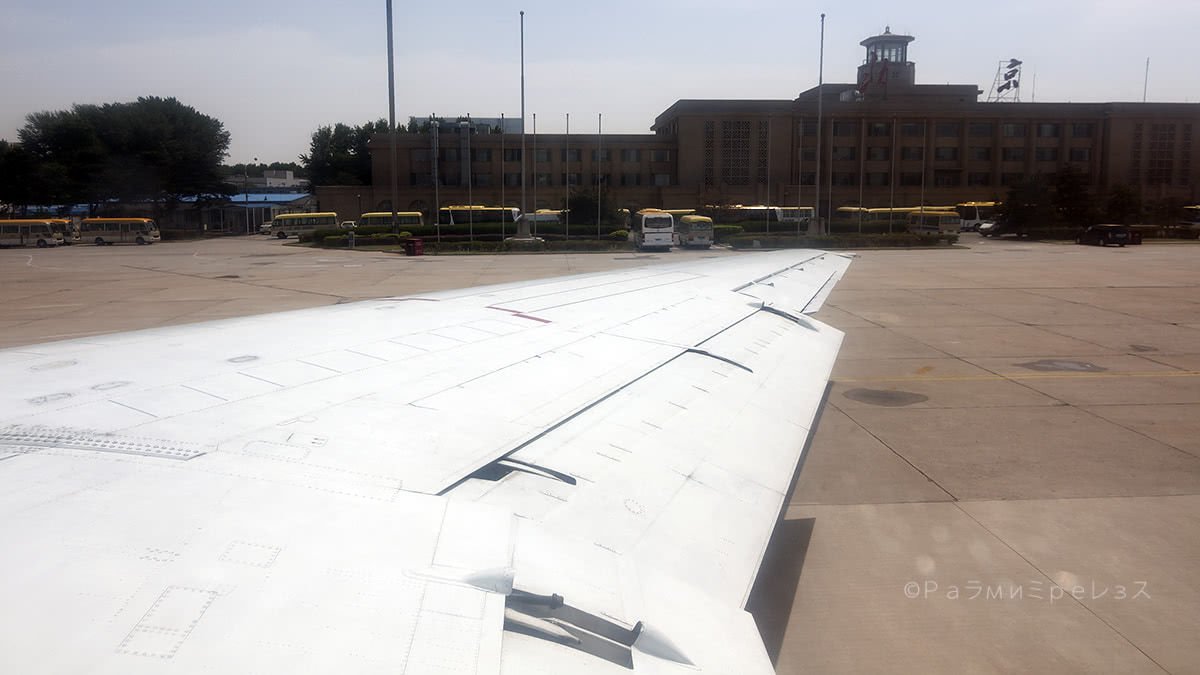
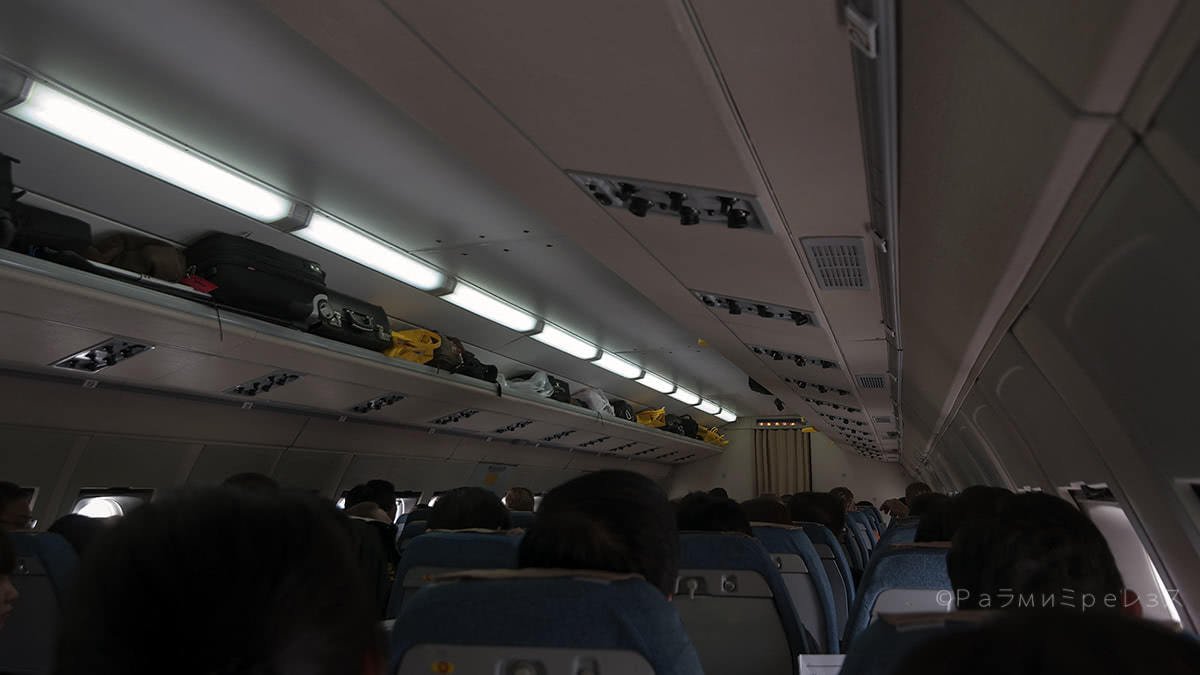
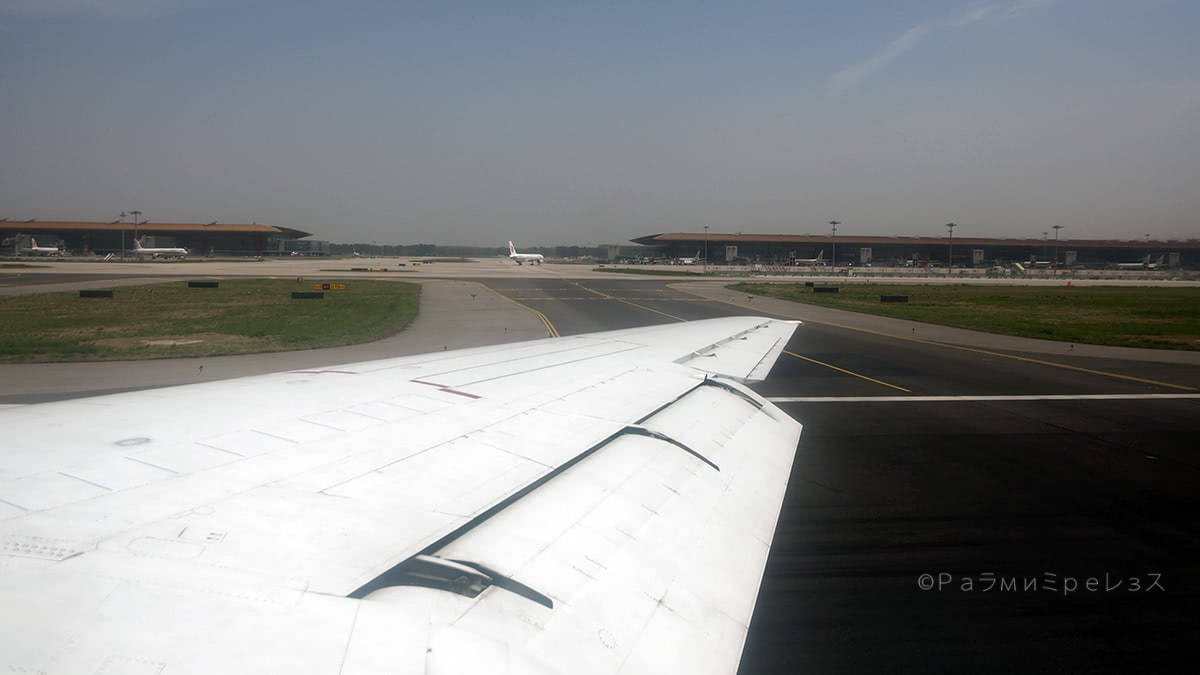
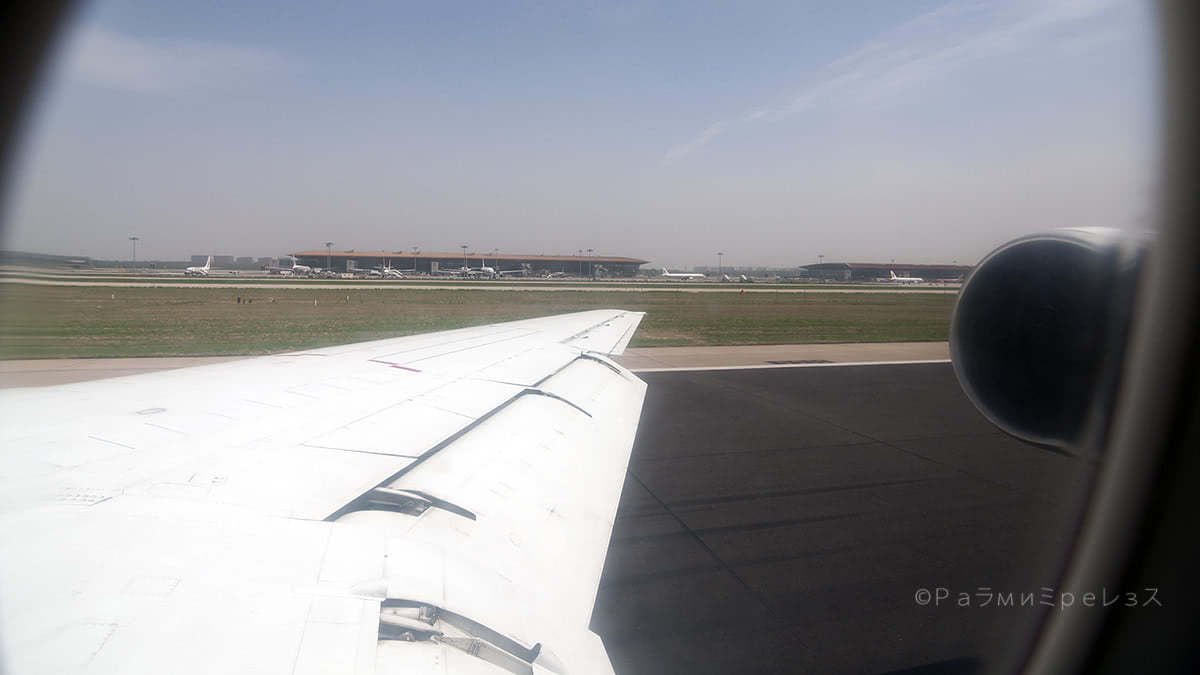
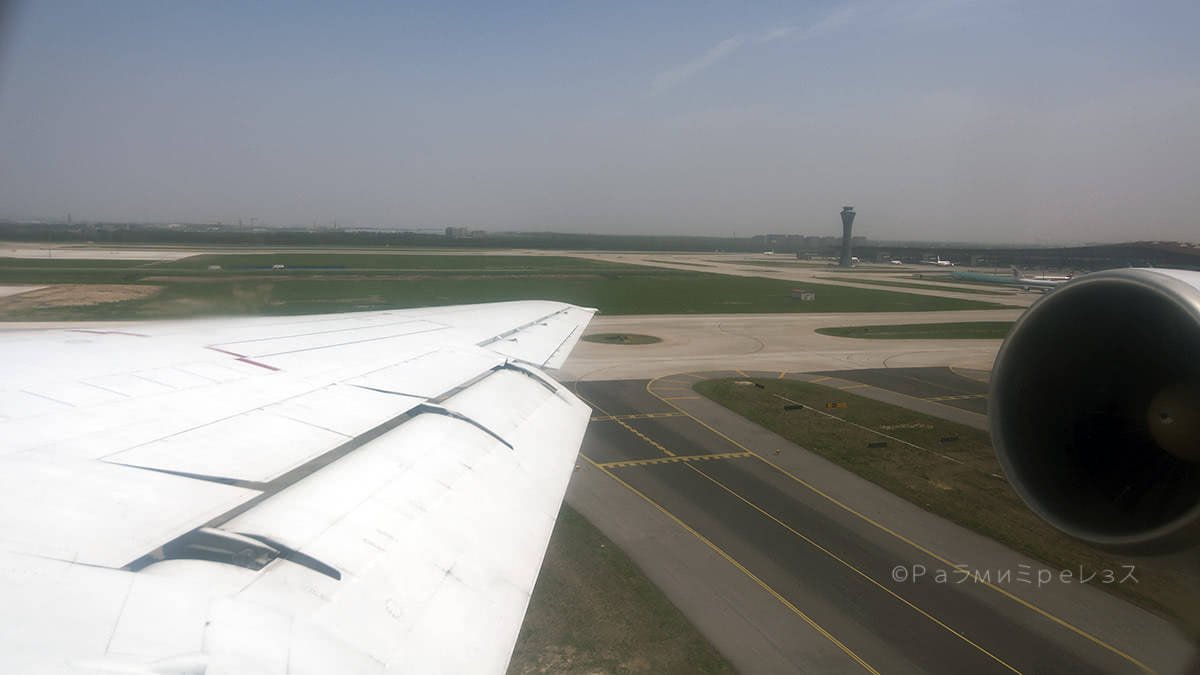
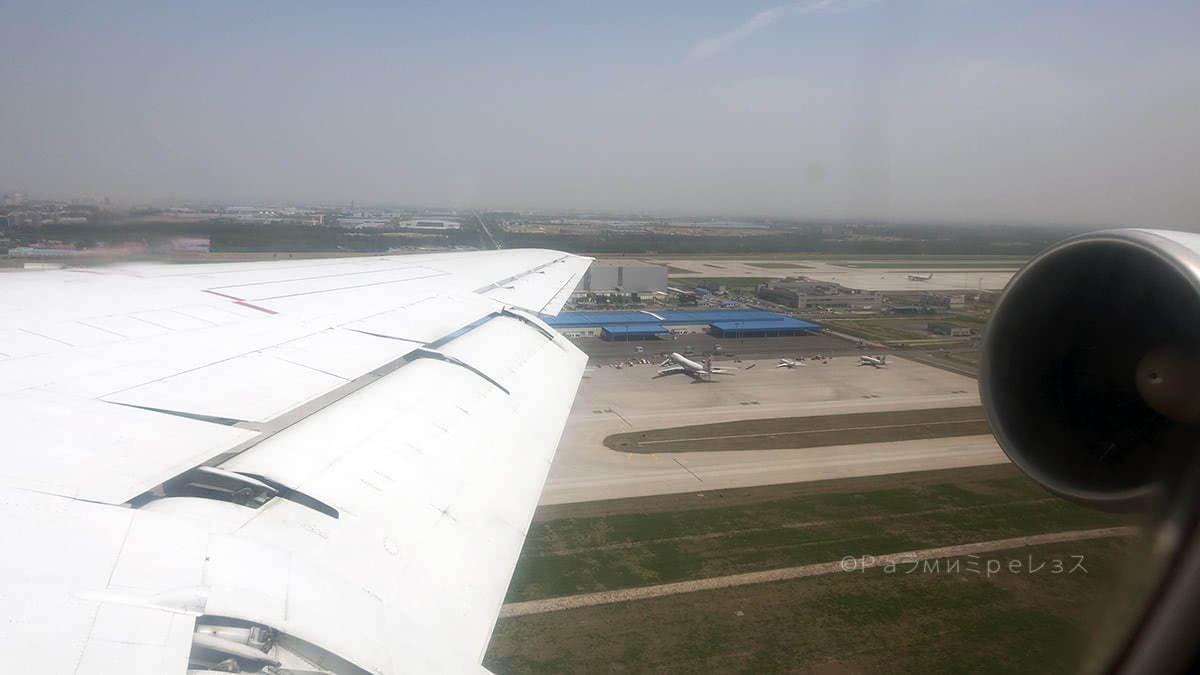
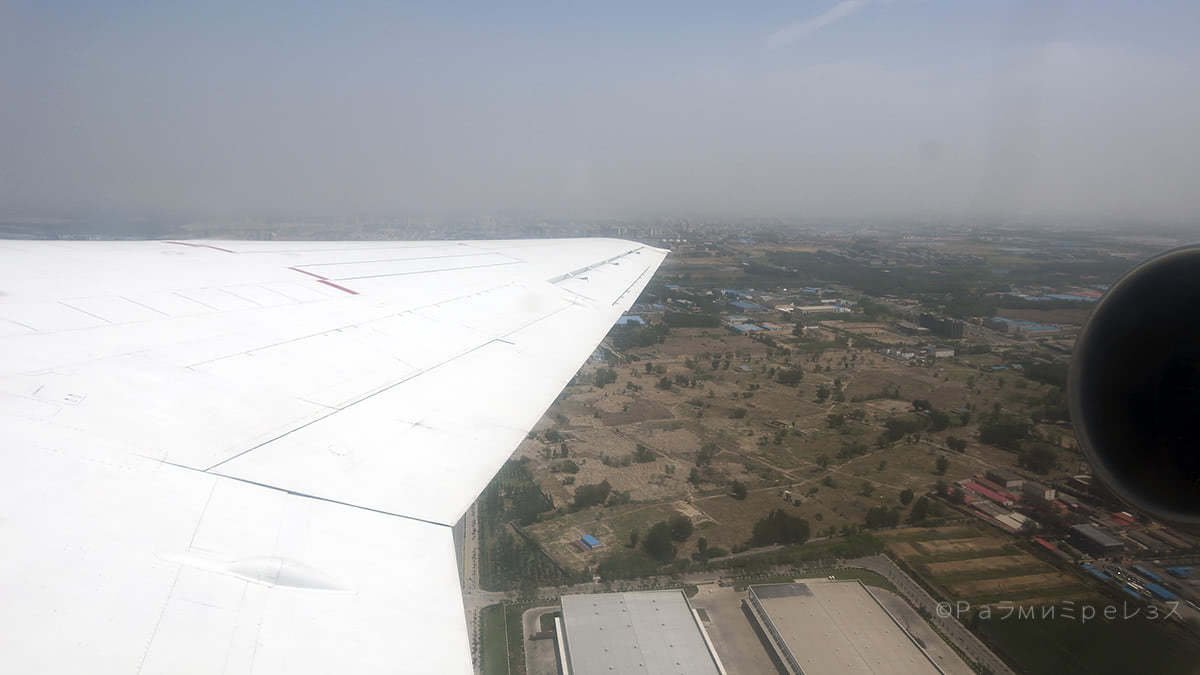
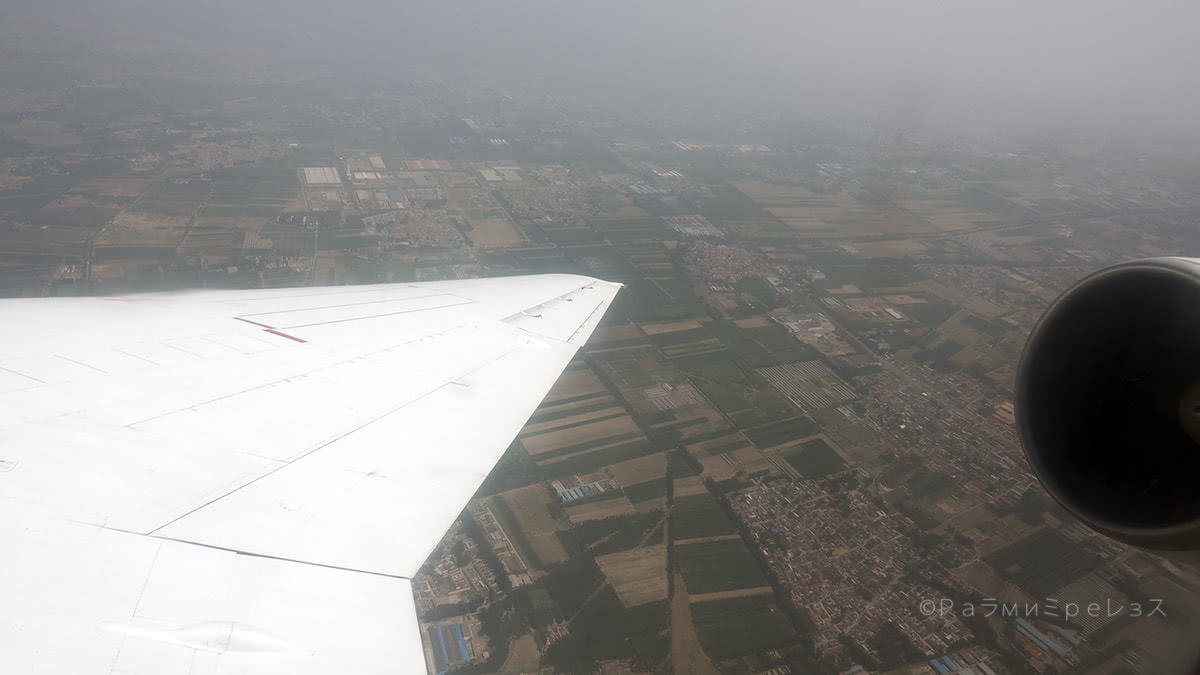
Ilyushin Il-62. Takeoff from Beijing.
The take-off run was relatively long and the climb was slow, like an Airbus A340-300.
The smooth flight continued from that point on, with nice weather and pretty much no turbulence.
The catering was pretty generous. It was composed of chicken, rice, bread and fruits. Something that for sure would have been considered quite a luxury by many citizens of the country we were going to.
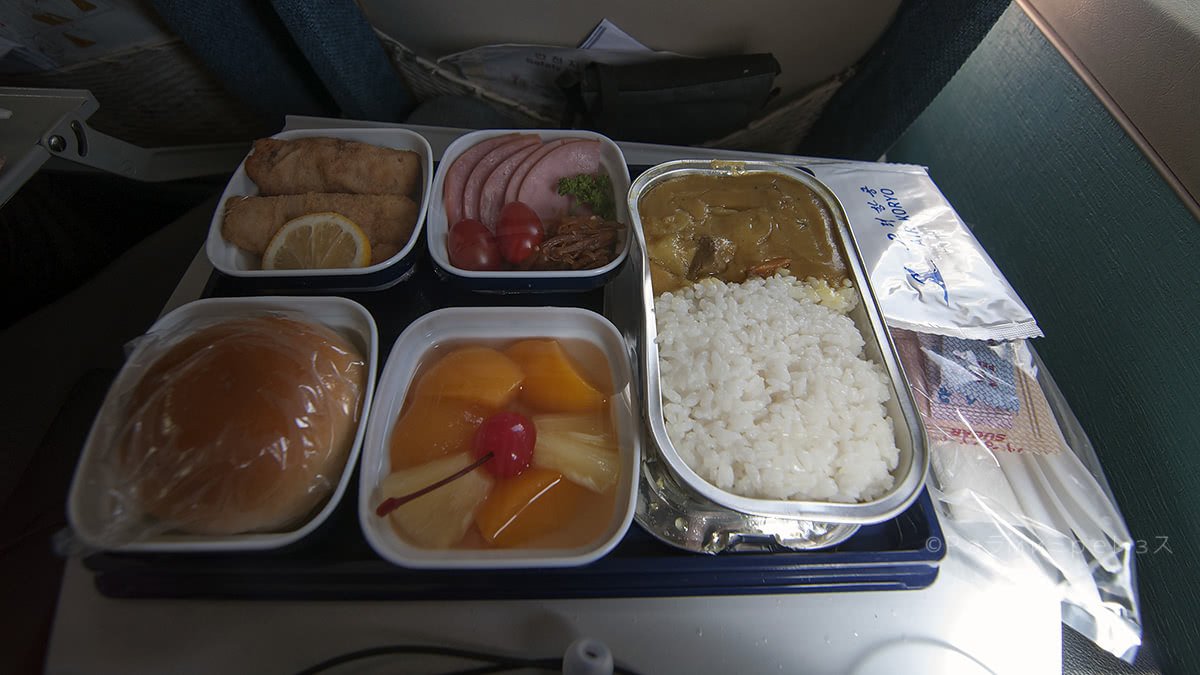
Ramírez.
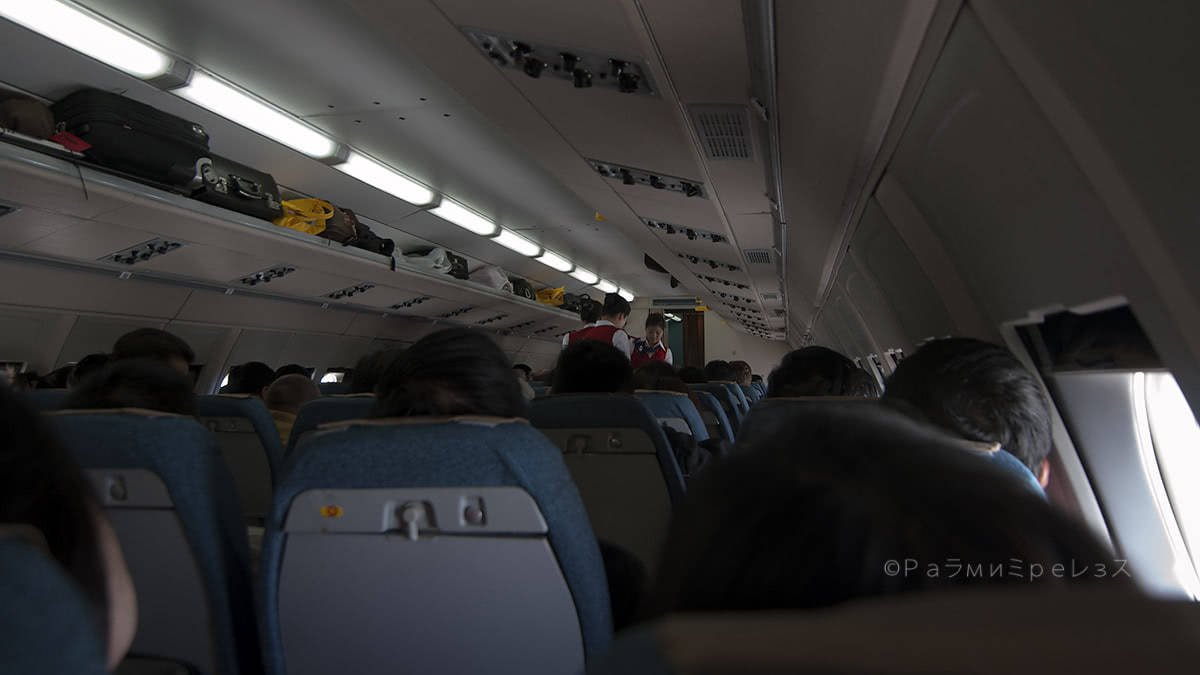
Ramírez.
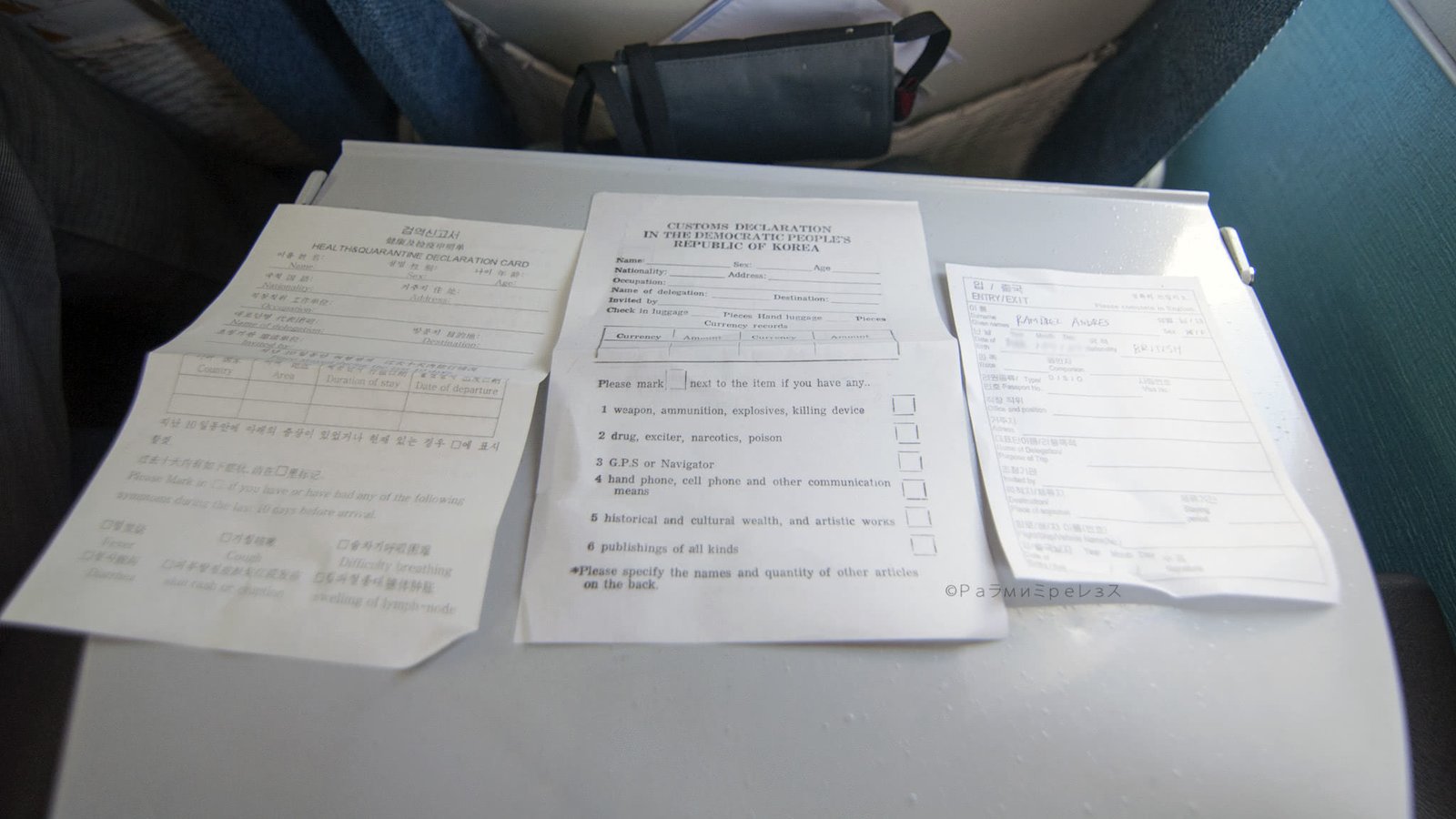
Ramírez.
The descent was soon begun to the Pyongyang International Airport, located in Sunan, north of the city.
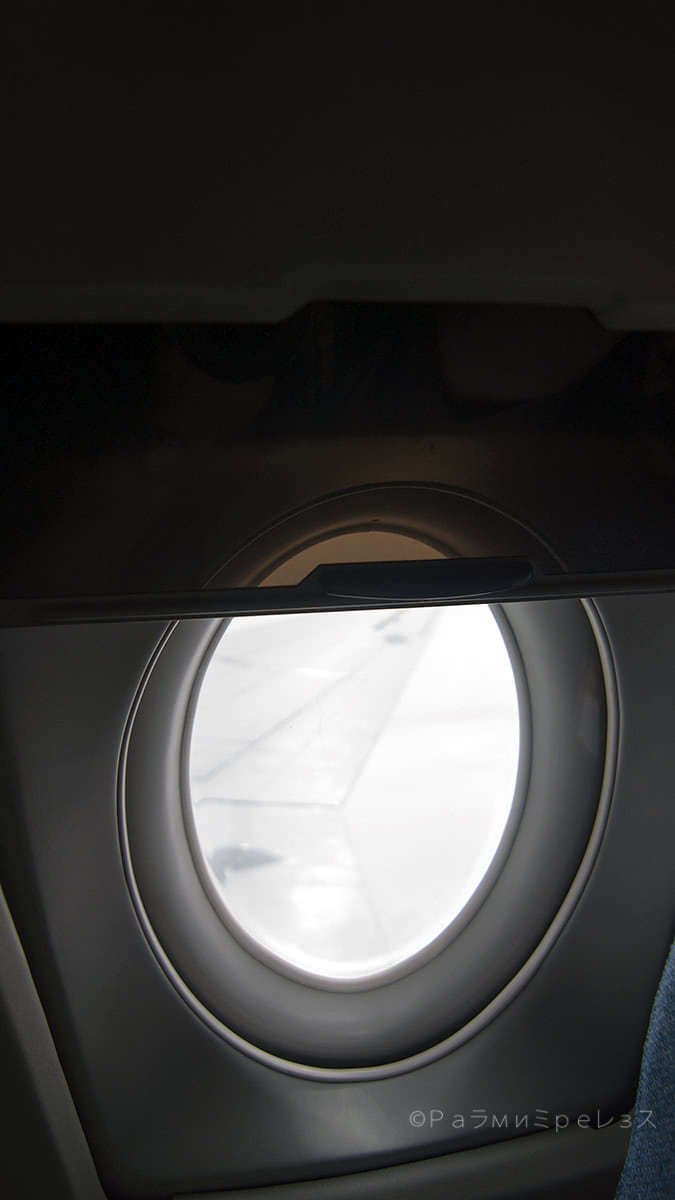
Ramírez.
As we flew over, some constructions began to appear, some crops, some people, some dirt paths, one or two roads. I was thinking about many things there: Who were they? What did they do? What did they think of the government? What did they think of the Ilyushin that was flying over them? Should I? Do I love her?
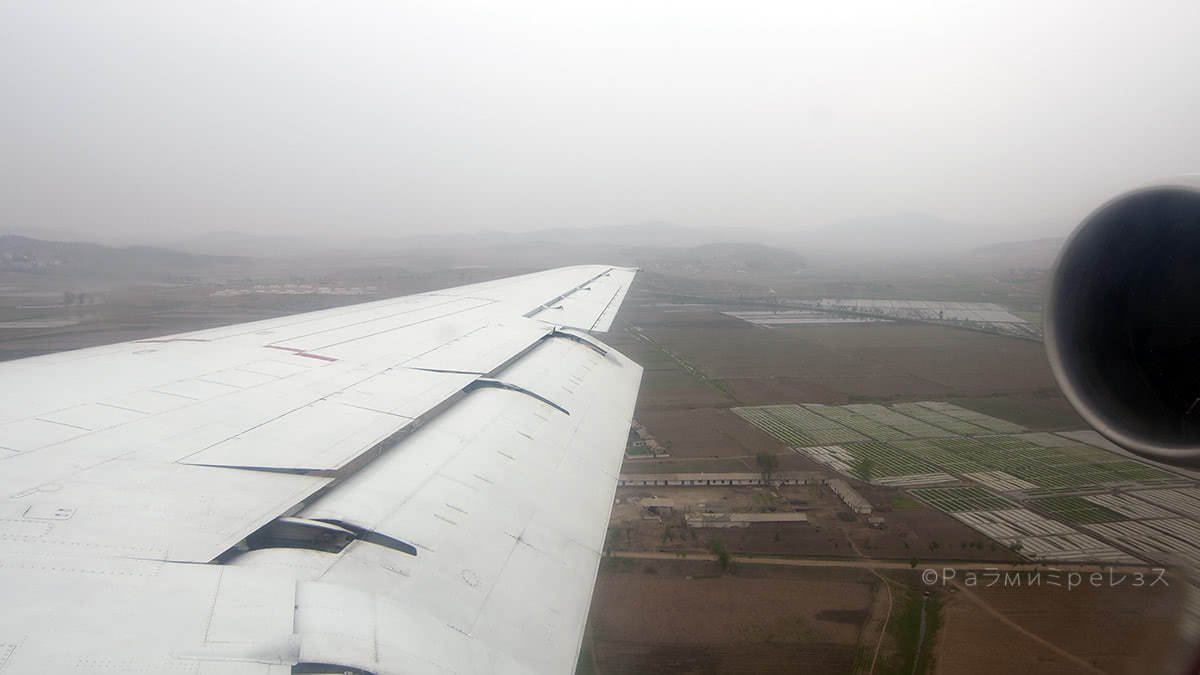
Ramírez.
After a smooth and excellent landing, we continued towards the apron. This took a long time since the active runway (01/19) is quite far away from the terminal.
There’s another runway, (17/35), that is close to the terminal but it was not operative at that moment.
That somehow made me remember when one arrives in Schiphol, in Amsterdam, and lands on a runway called the “Polderbaan”.
I once landed there inbound from London, and the Pilot said:
-“Ladies and gentlemen, take a look at your watches, we have landed on time but by the time we reach the Airport we will be a few minutes late”.
And in fact, that’s what happened, taxiing seemed as if it was from Belgium.
I also remember one time we landed in Orlando from Baltimore, and we had to taxi all the way to the opposite side of the Airport.
The flight attendant said:
-“It looks we’re going to go all the way to Jacksonville over-ground, but relax”.
That was obviously in Southwest Airlines, they are the best!
Currently, Pyongyang’s Airport has a modern terminal. They say Kim Jong-Un had the architect executed because he didn’t like the initial design. The guy re-appeared later nonetheless, so perhaps he was just sent to a “re-education” season for a couple of years.
But when I went there, they were using an interim building since the old and original one was being refurbished. That building ended up demolished and replaced by the current and modern one.
So, when I arrived there, jet-bridges couldn’t be used because there were none. So we disembarked via stairs and walked toward the terminal.
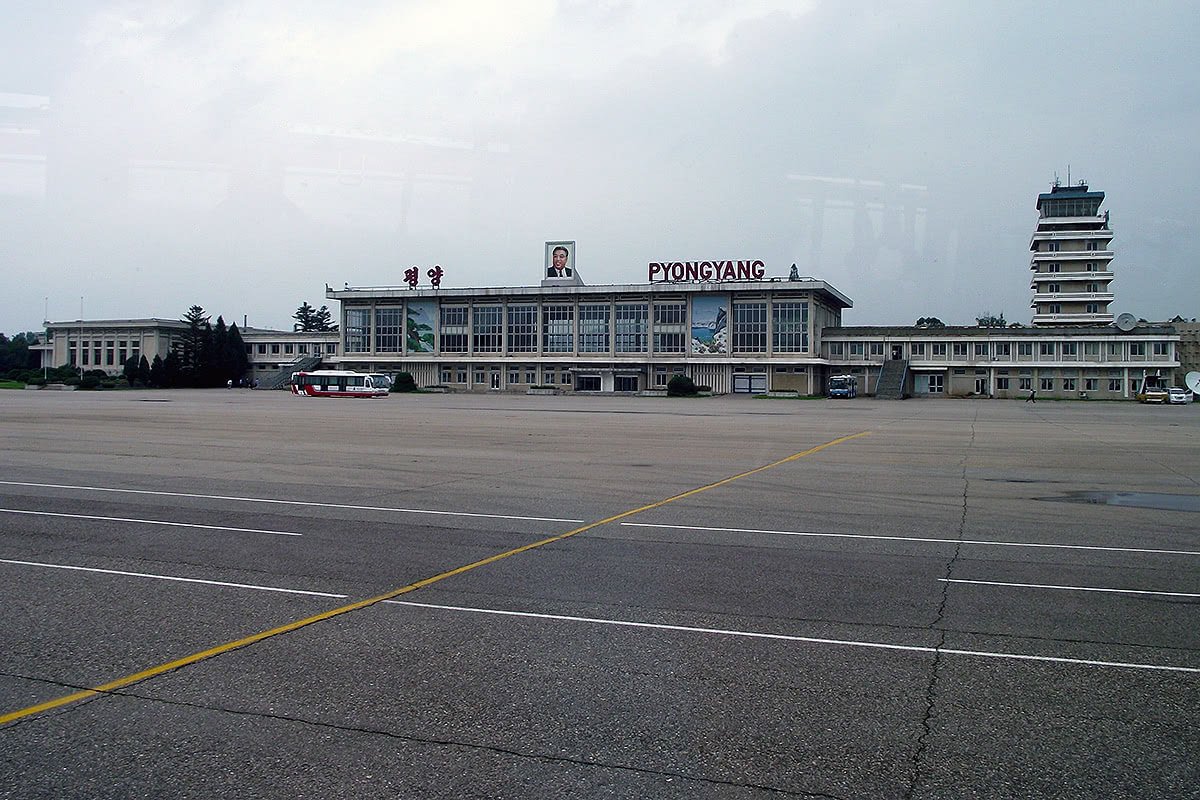
Mark Fahey
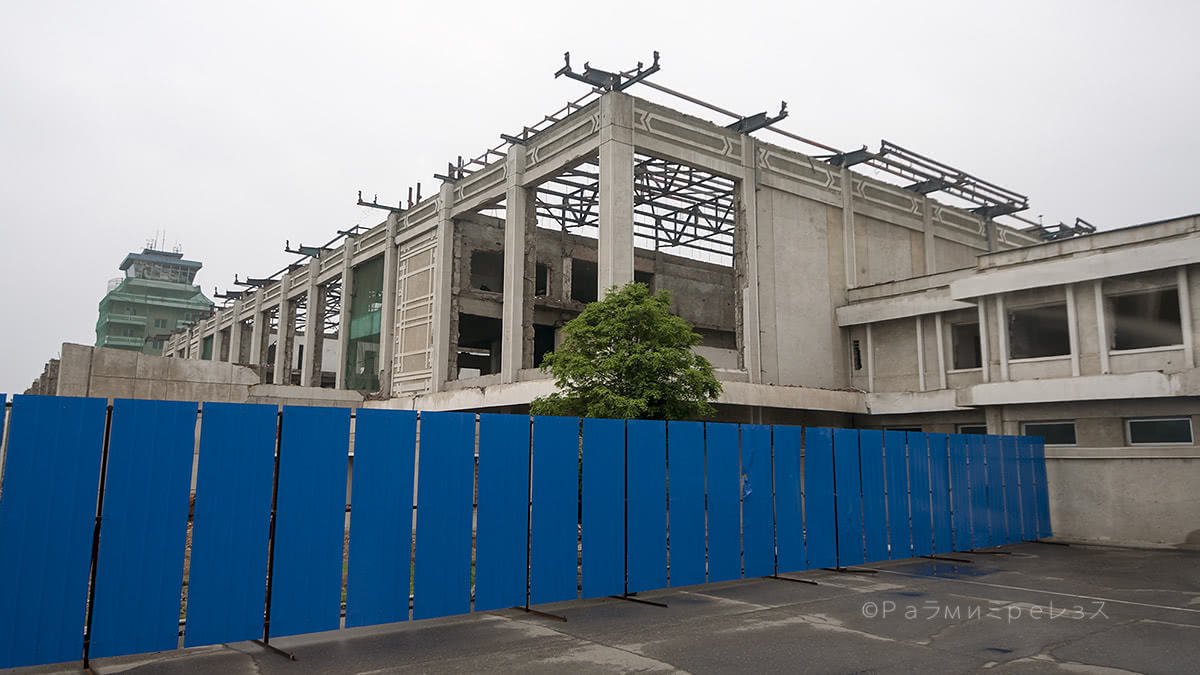
Ramírez.
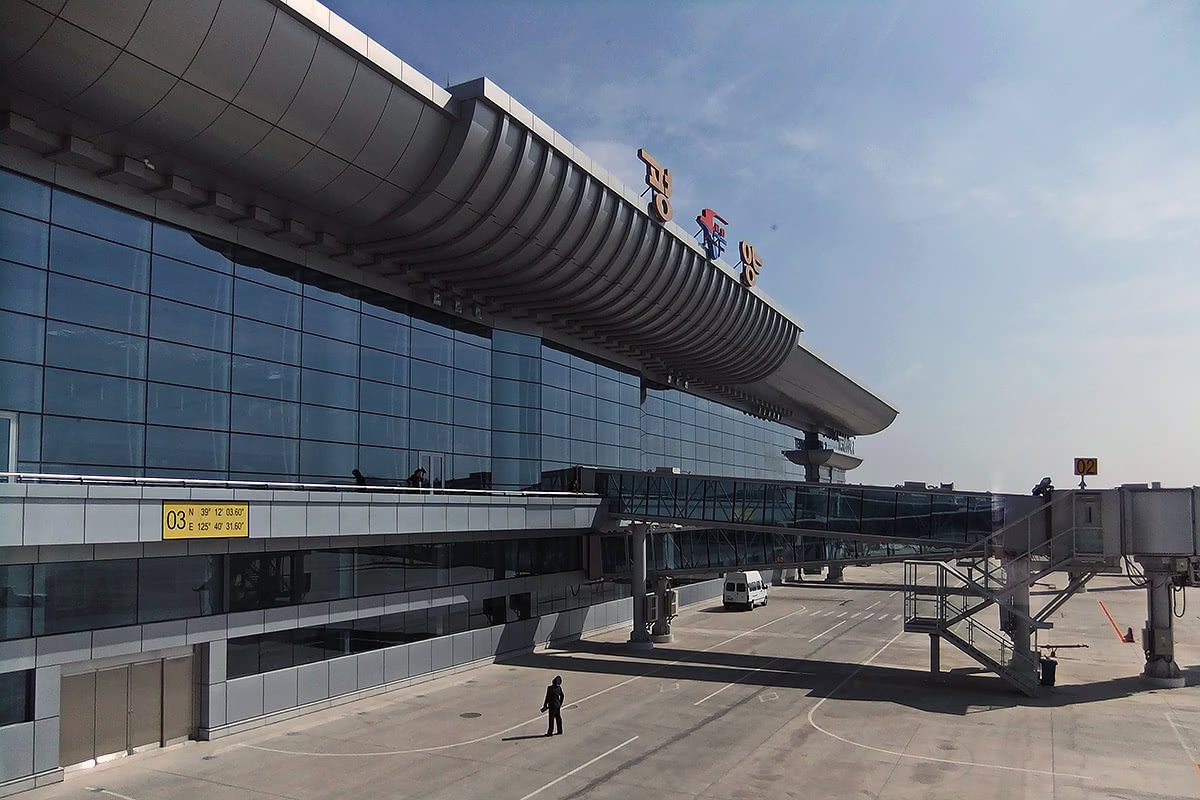
Uwe Brodrecht
Even though at first glance it was a little scary, because of what they say about taking photos in North Korea and all that jazz, I tried snapping some photos of the Airplanes I had by my side.
I mean, if there was a moment in which I could do that and escape unscathed this was it. I could pretend I was a naive bimbo that didn’t know better and please don’t put me in a concentration camp, thanks.
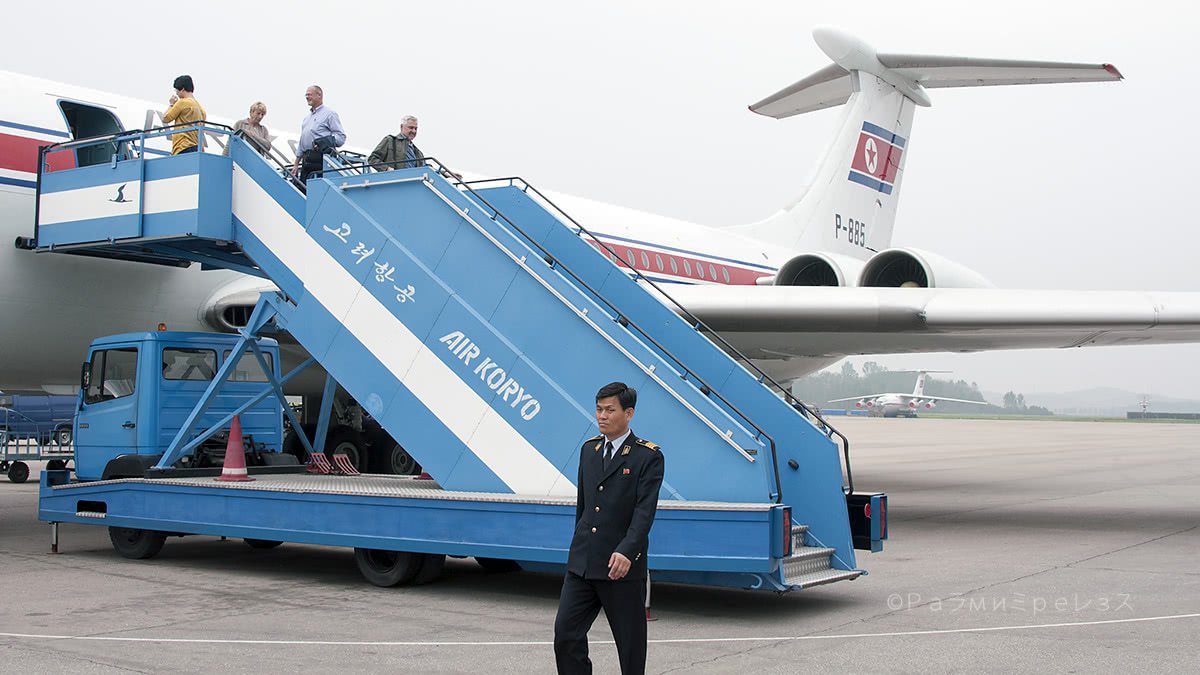
Surprisingly, this wasn’t an issue at all. But they asked us to hasten our way to the terminal for immigration and customs formalities.
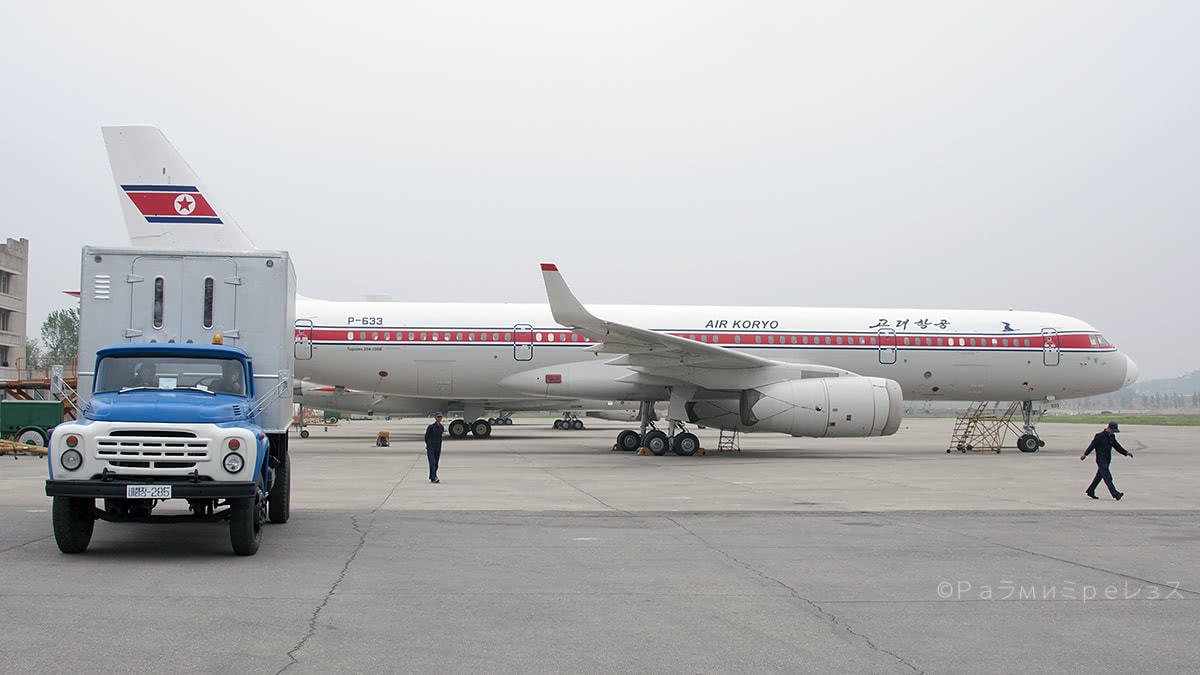
Who would have thought they would give me more hell about taking photos in Bogotá than in Pyongyang, wankers!
This interim terminal was a square-shaped simple building, but well done within its simplicity.
The first thing I saw was immigration, and from there you could already see the exit.
There was a conveyor belt beside immigration, and right in front of it were the check-in counters. This didn’t pose any problem, since there were flights going either in or out in the Airport, but not both things at the same time. So they adapted the space to whatever was happening at any given moment.
Besides, the moment a flight arrived and was done being processed, they cut power to the terminal. Like when the power goes out in my house when I play Star Fox 64 and it rains (damn you EPM!).
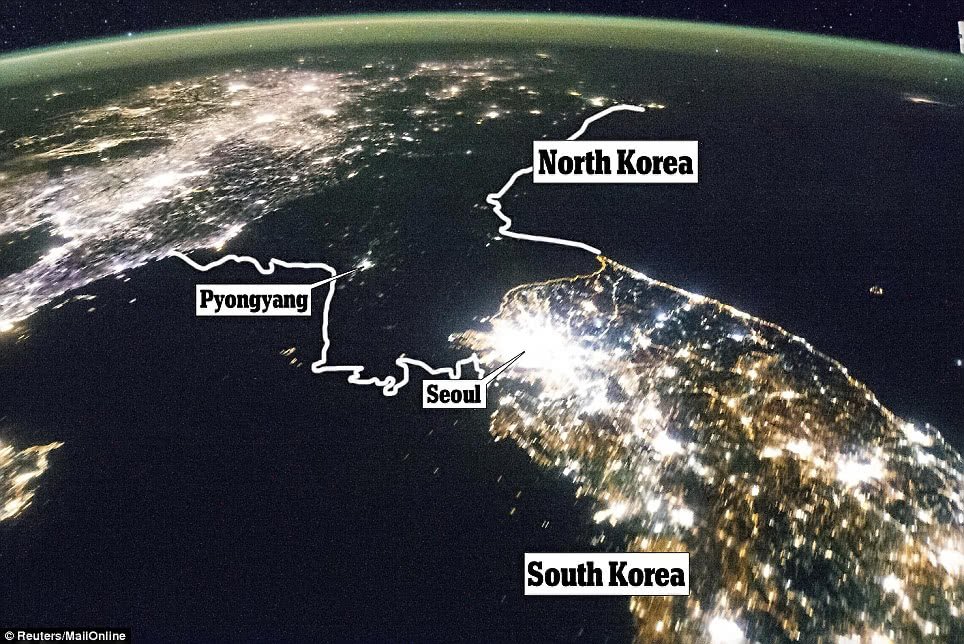
NASA/Reuters/DailyMail.
There are serious issues in North Korea with electricity generation. Pyongyang gets blackouts often, and it’s right there where they give priority. I had it happen in a restaurant.
In part, it’s due to issues in generation. But also in part because the distribution infrastructure is quite obsolete and would benefit from some maintenance.
Just like the transformer that was in the corner of my house’s street back in the 90s, I would look at it and with my magic power I could make it explode and power would be cut out only in my block, for hours at a time, while the rest of the neighbourhood just carried on as usual (damn you EADE!).
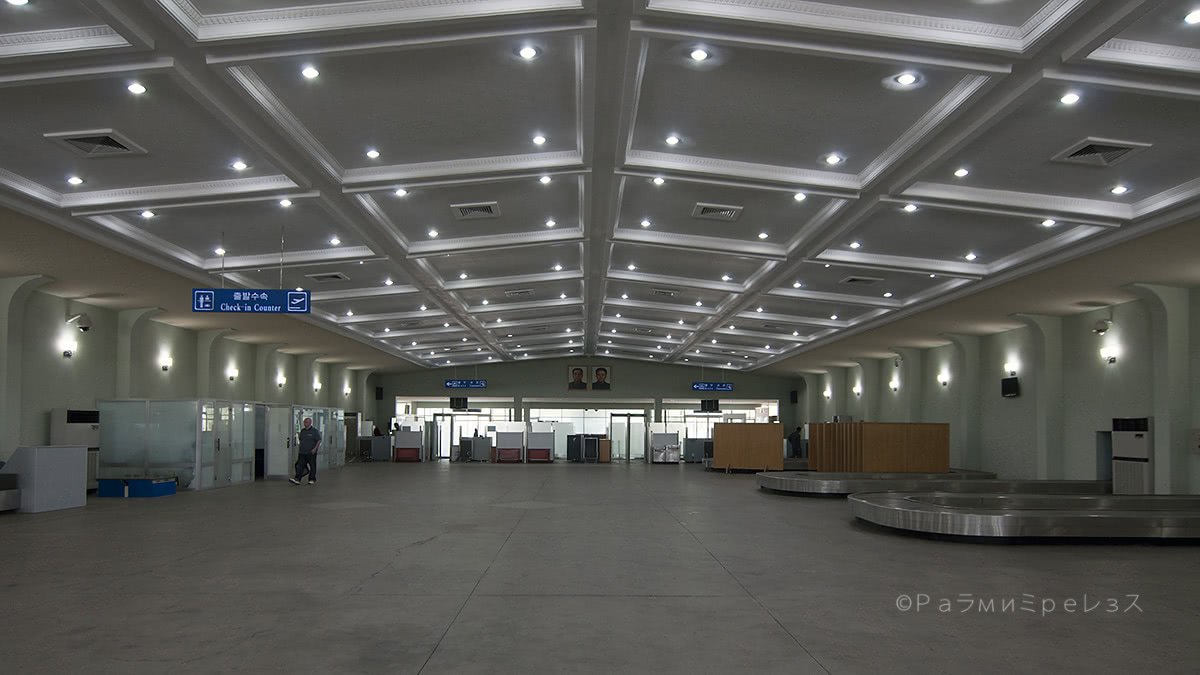
Nothing at all happened at immigration. The officer saw my passport, my entry permit, stamped my entry permit, and waved me through.
He almost didn’t even see me. I guess I had been so studied before going (the visa process, knowing one is arriving onboard the flight from Beijing, etc) that immigration is just the formality to ascertain the passport matches with what they have in their data and belongs to the person that’s presenting it, and that’s it.
Besides, it’d be really difficult to lie about what I was going to be doing, or where I was going to be staying. What was I going to do? Escape from the guides? Get a job? Noooooaaah.
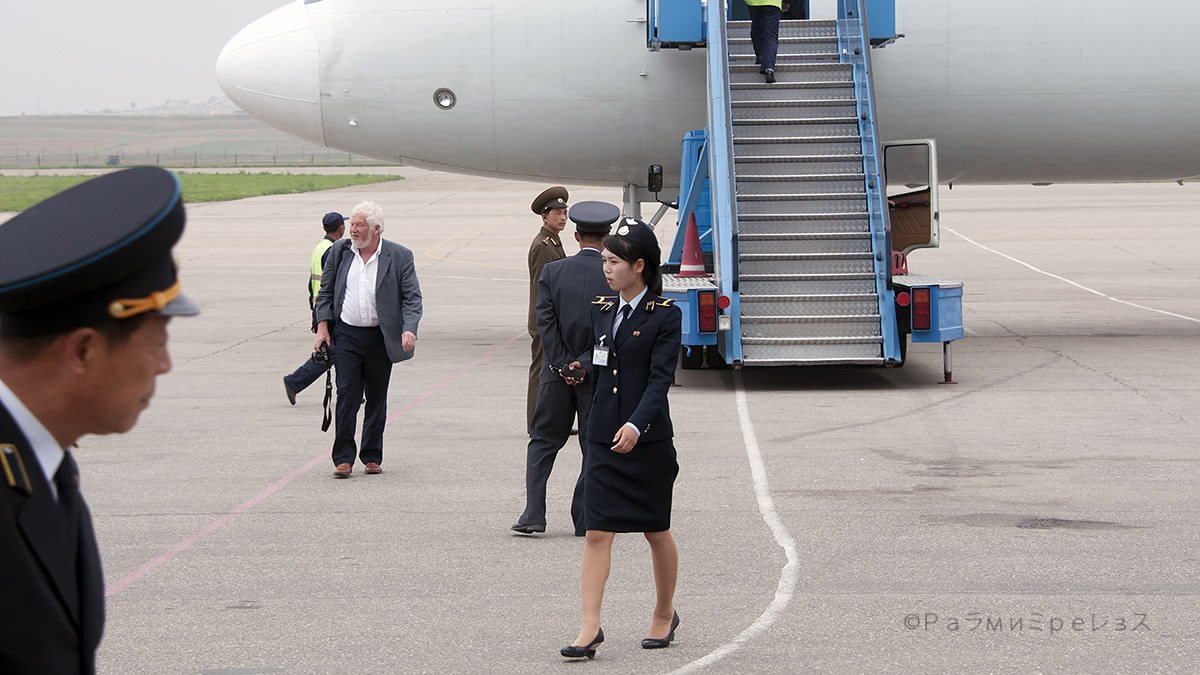
The last step was customs. They made the usual check there, but on top of that, they seized mobile phones and would only return them on departure from the country.
In the customs form, they asked if I had bombs, porn, drugs, things with GPS, among others.
The customs officer saw an iPod touch I had with me. And when I showed him it wasn’t an iPhone, he allowed me to keep it asking:
–“No phone only music, right?”.
He seemed to be familiar with the little device. My mobile phone back was a blue very basic Nokia phone, and they seized that one indeed.
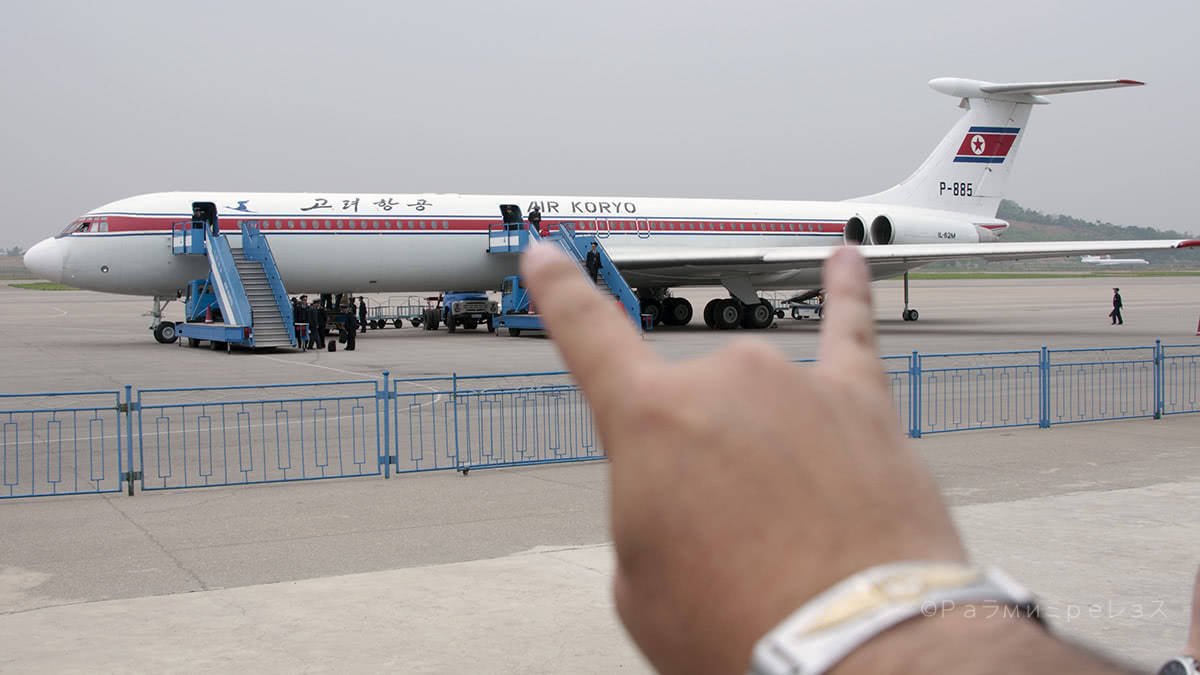
In reality, besides the mobile phone seizing situation, which was something I knew beforehand, nothing strange happened at customs.
Nonetheless, I’ve heard stories of people who have anything with GPS and it’s all seized. Stand-alone GPS devices are forbidden, and that’s clear, but nowadays even a biscuit has GPS, and that means trouble when going to North Korea.
I’ve also heard stories about people who have DSLR lenses seized just because of their physical size. Even if they have less nominal reach than your average point-and-shoot camera.
Do you remember I bought many batteries at Beijing’s Airport Terminal 3 before departure? That was the reason why I bought so many, just in case they seized my DSLR.
I could at least be able to use my small point-and-shoot camera that worked with AA batteries such as the ones I bought. Imagine being on such a trip without being able to take photos!
And since I doubted the possibility of getting the batteries in Pyongyang, I just panic-bought the batteries before departure.
But then again, perhaps it wouldn’t have been such a problem after all, what do I know. They were not necessary in the end, and they didn’t say a thing about my DSLR.
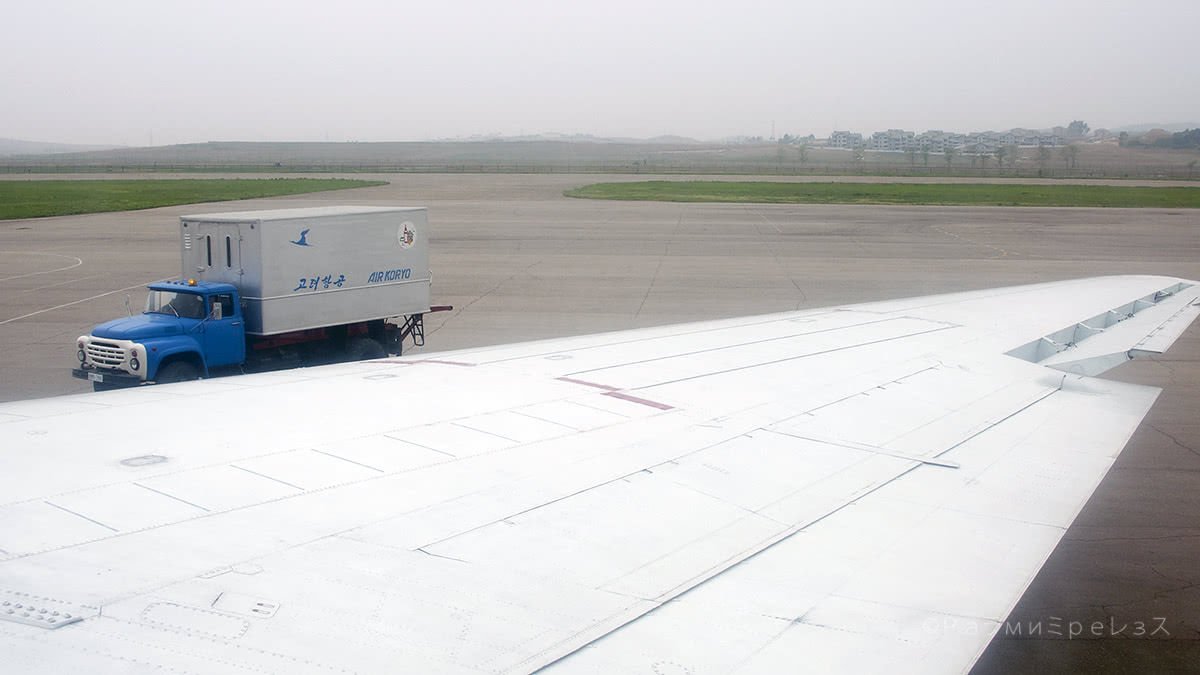
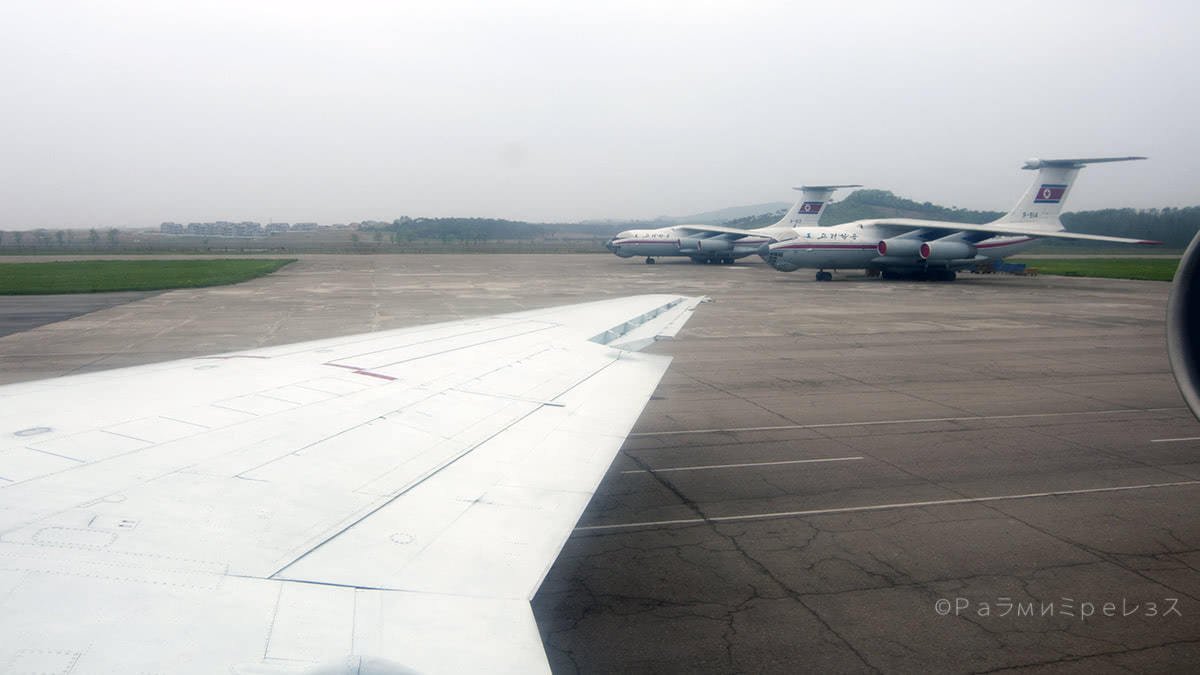

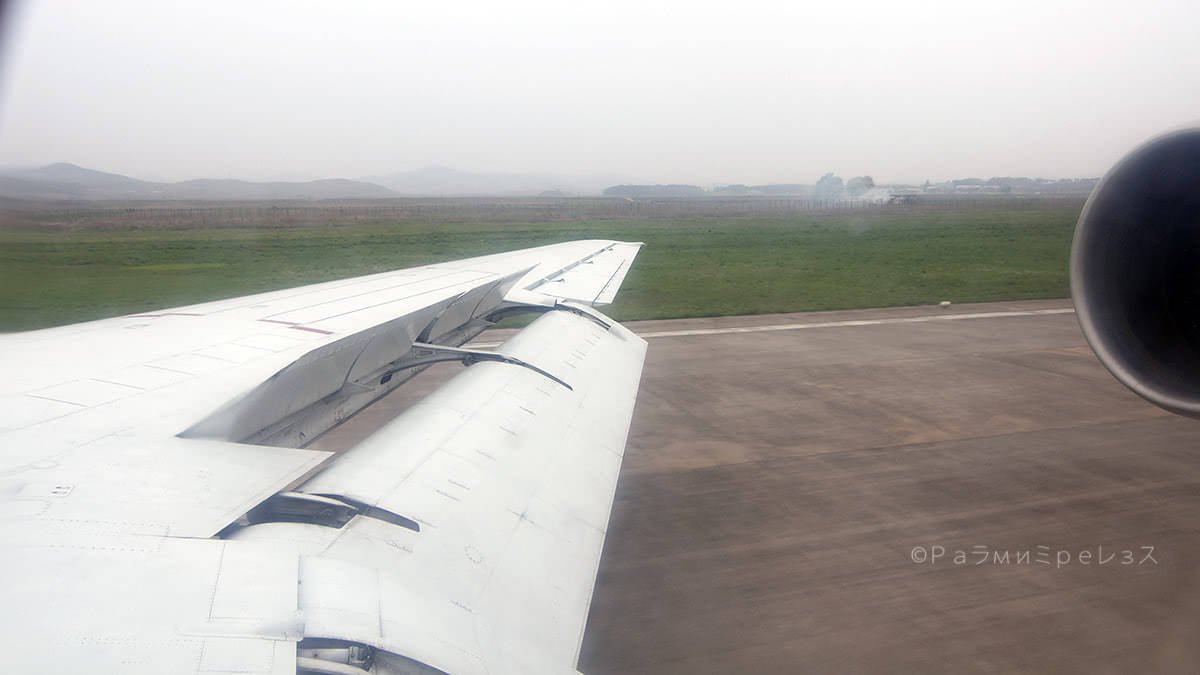

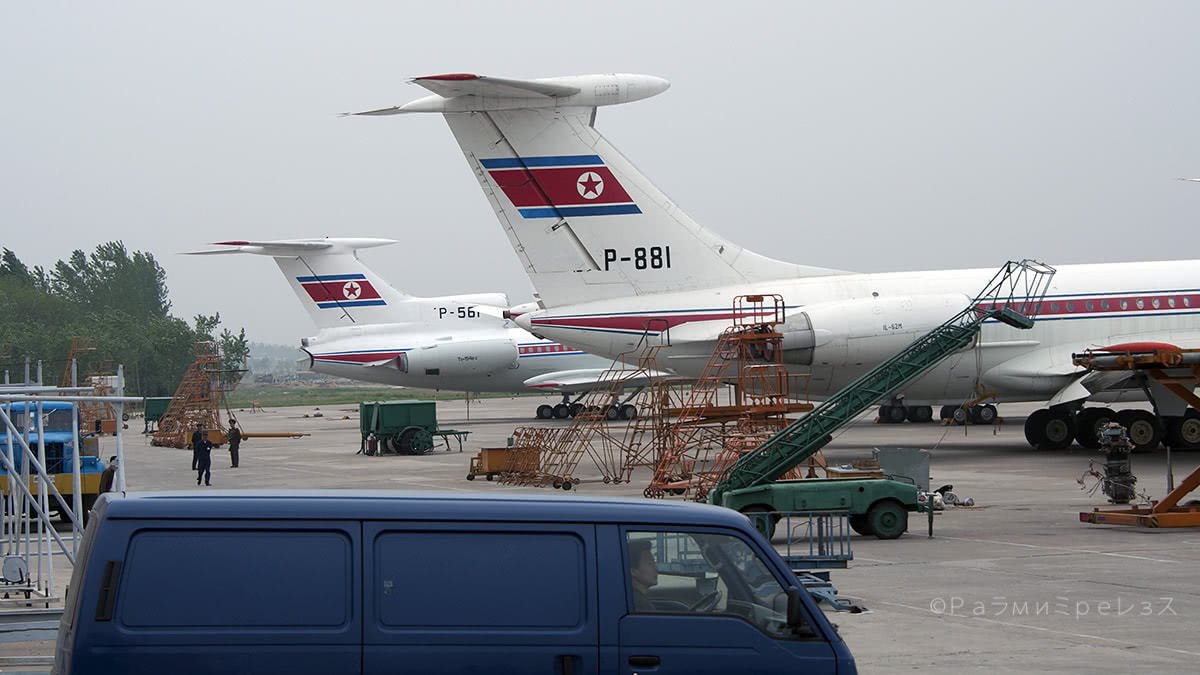

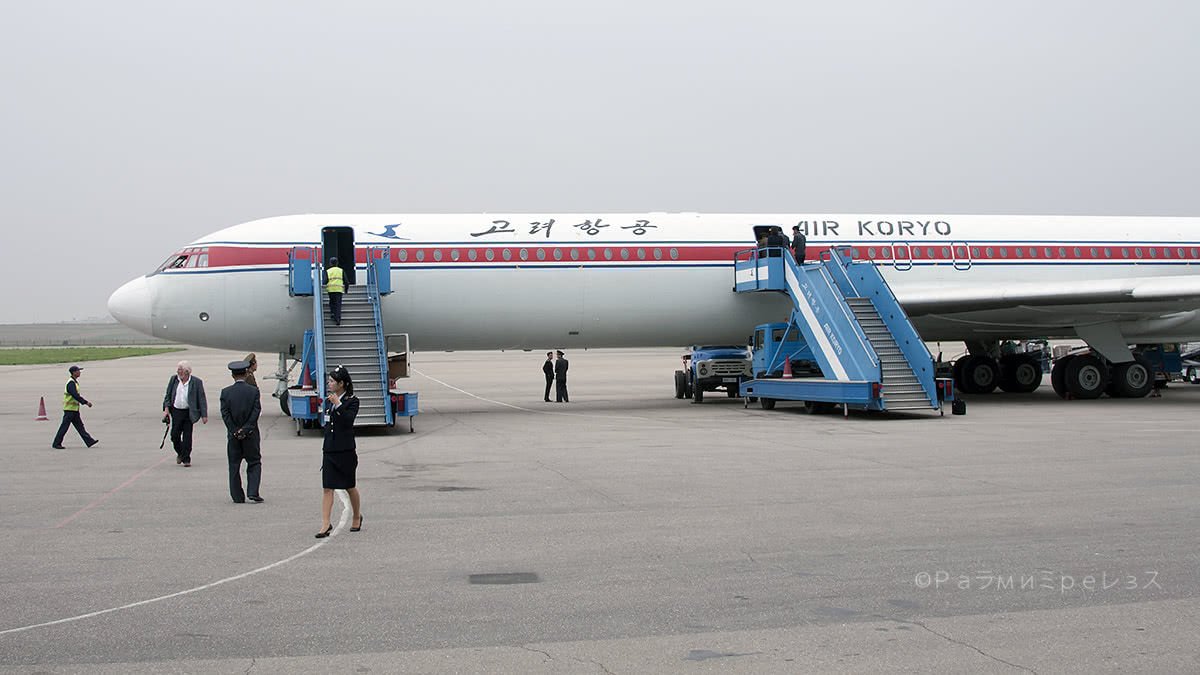
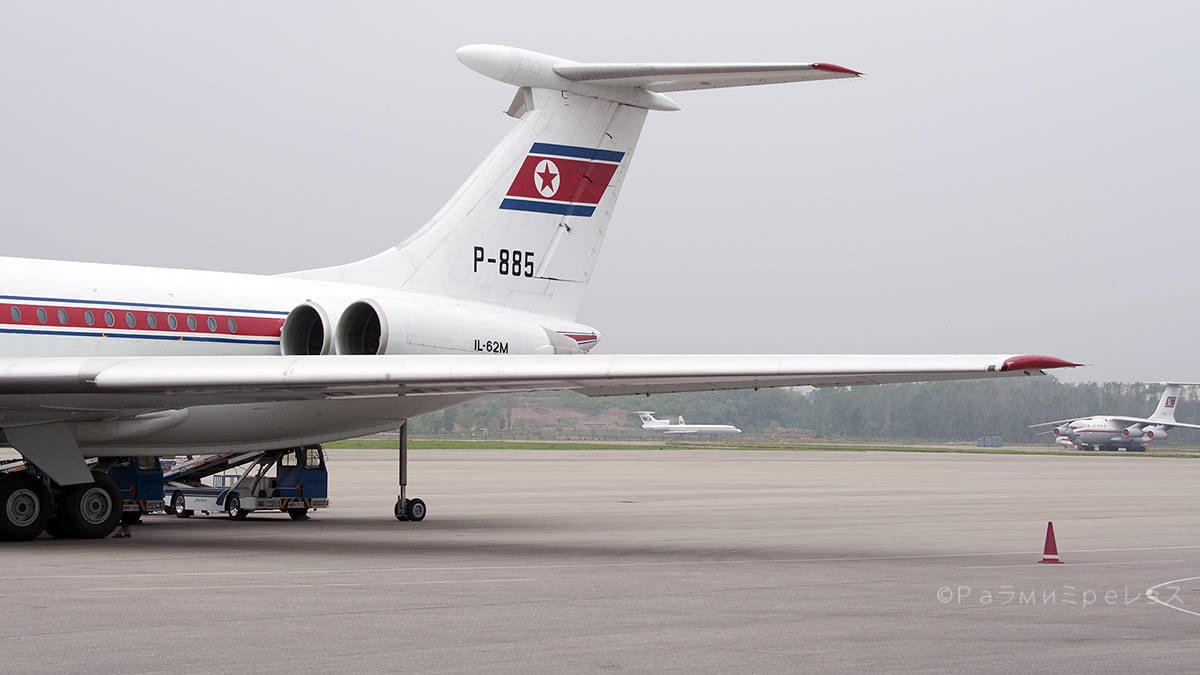


Some photos just after landing in Pyongyang.
At the time of writing this, there’s a mobile phone network in the country. I’ve read that entering with smartphones is not so restricted now, but I can’t say anything for sure.
That network has important restrictions though. I don’t think you could just use Tigo roaming around there. Nothing from Tigo works anywhere anyway.
I’ve also read that for a while there was even internet access for foreigners, but it cost an eye and a finger. I’m talking about proper internet, not their own intranet.
As far as I know, that access does not exist anymore for tourists. Only for diplomatic staff, or the few foreign permanent residents.
There was also a duty-free store in the terminal that sold sweets and North Korean stuff such as Ginseng and Bem Ju (“snake wine”, quite literally).
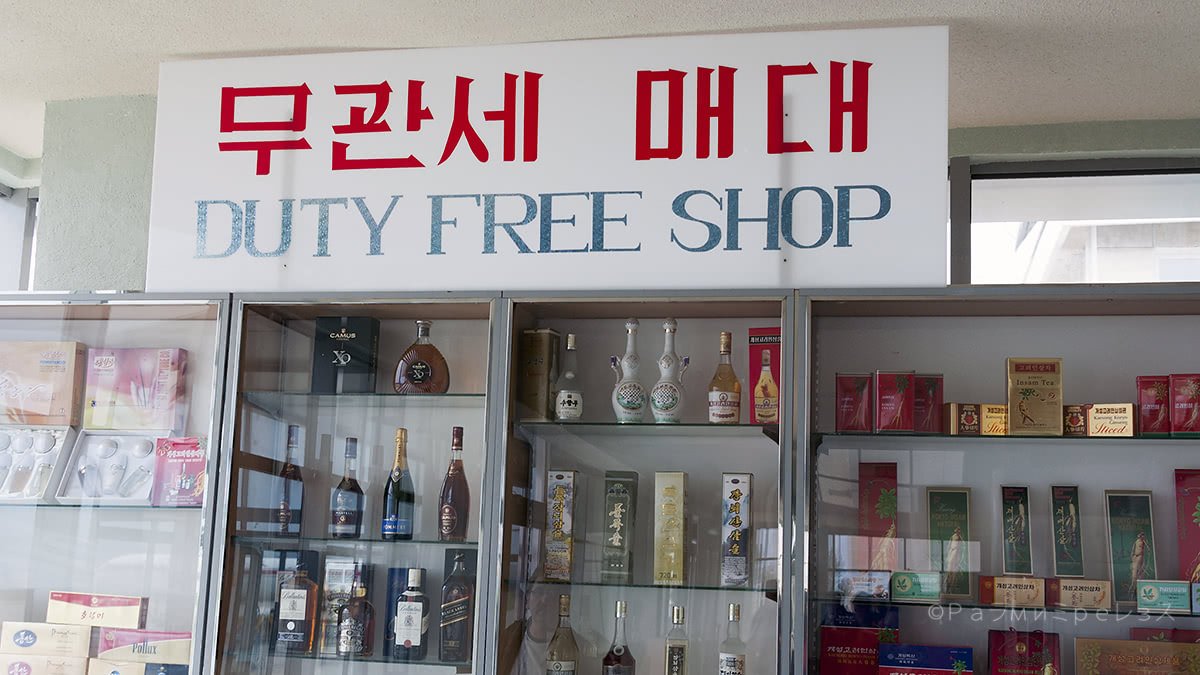
When I went to North Korea, foreigners could only use euros (preferably), or yuan.
They used to accept dollars happily. But since the United States is the devil according to them (along with Japan), they weren’t seen with such good eyes now. Even though they were still good if you had nothing else on you.
The North Korean won is in theory forbidden to foreign tourists. But there are always ways to lay one’s hands on a few if one is interested (like I was).
You won’t be able to use them easily though. Or you can go to the Rason special economic zone where they experiment with capitalism and see how you fare. There, they even exchange them in the bank and let you use them in stores.
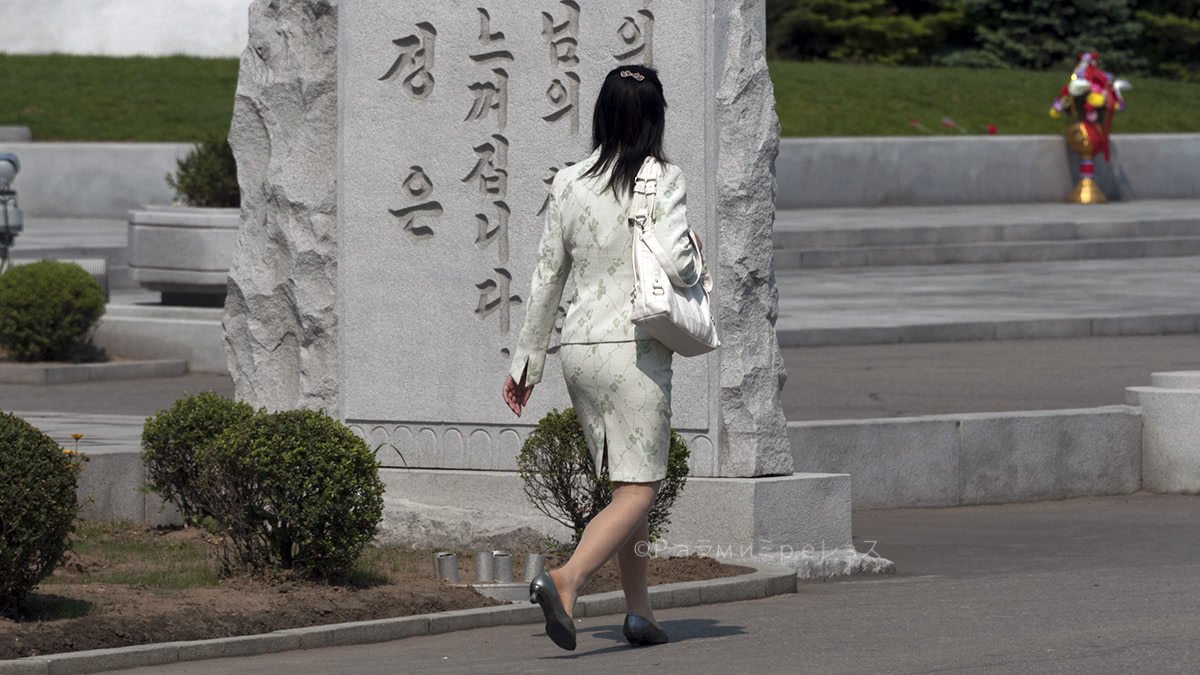
When we finished this process, we met with who would be one of the guides (“minders”) during the trip. As I said, you can’t just go anywhere without one, and can only visit the allowed places and interact with the allowed people.
He asked me where was I from, and was quite surprised when I told him I was from Colombia.
He told me:
-“In all these years I’ve seen people from the United States, Europe, Asia and even Brazil… but never a Colombian”.
Some days later, he made a comment to me about Colombia’s participation in the 50s Korean War (which I narrated like an ESPN guy some time ago, remember?), all very cordial.
I was there on a personal basis though, and not representing any particular country. In fact, I was using a passport that was not from Colombia, even though that other country also participated along the South in that war, and I wasn’t taking sides. Furthermore, in the 50s I wasn’t even born, ha!
I was in North Korea alreaaaaady!